- Skip to primary navigation
- Skip to main content
- Skip to primary sidebar

- FREE Experiments
- Kitchen Science
- Climate Change
Egg Experiments
- Fairy Tale Science
- Edible Science
- Human Health
- Inspirational Women
- Forces and Motion
- Science Fair Projects
- STEM Challenges
- Science Sparks Books
- Contact Science Sparks
- Science Resources for Home and School

FREE Science Printable Experiment Instructions
I’ve been busy collating all my science resources into one place so they are easy to find. I’ve now got quite a few printable science worksheets , eBooks, and science experiment instructions available, but if there’s anything you’d like that’s not below, let me know, and I’ll happily create it for you!
I also have a FREE Super Scientist certificate you can download as a reward for brilliant science!
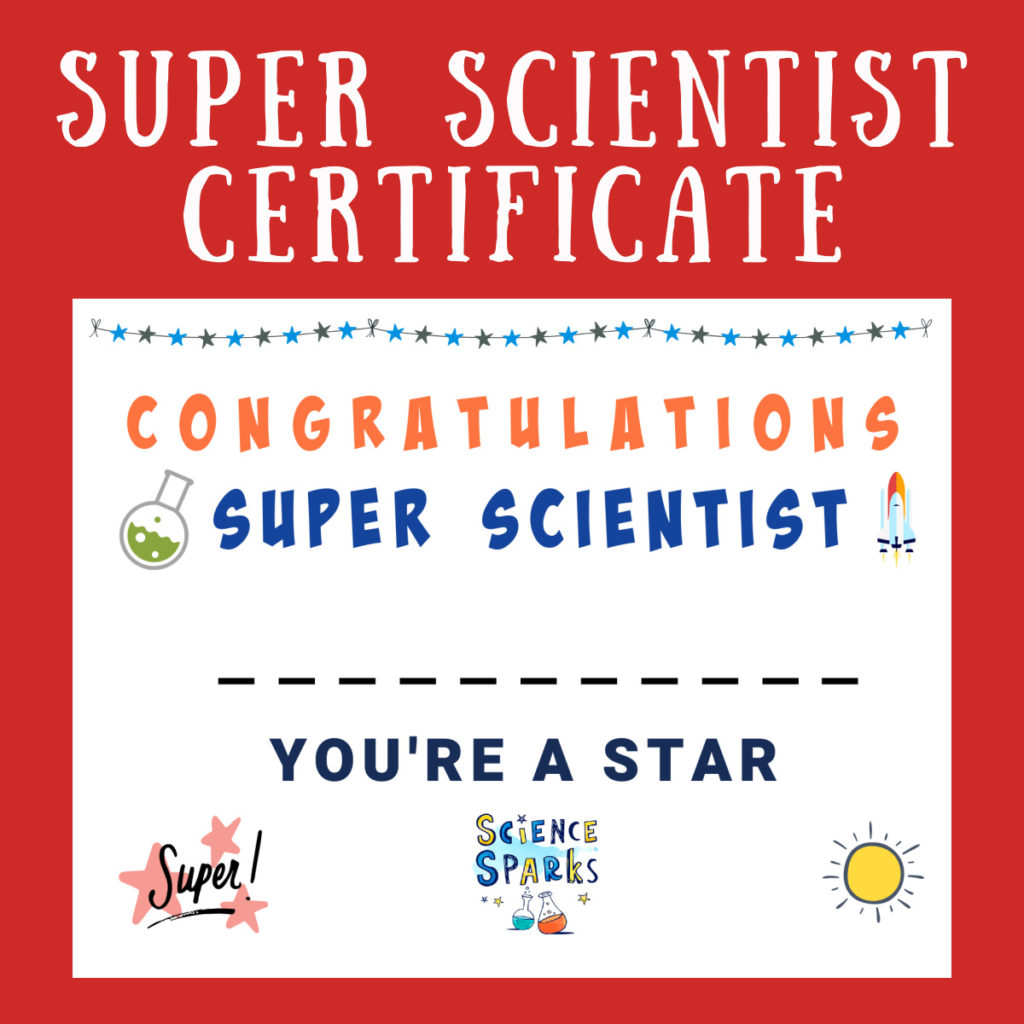
I’d love you to take a look at my science books, too! This IS Rocket Science is full of fun and easy space science activities, and Snackable Science has 60 edible experiments and tests to try! New for 2020 was Gross Science , which contains 60 ooey, gooey and sticky science experiment ideas.
Scroll down to the bottom to see my collection of science worksheets, or click on the image or text under the science experiments below to download the experiment instruction sheets for each activity.
Free downloadable science resources
All the science resources below are completely free! I hope you enjoy using them.
Science Experiment Instructions
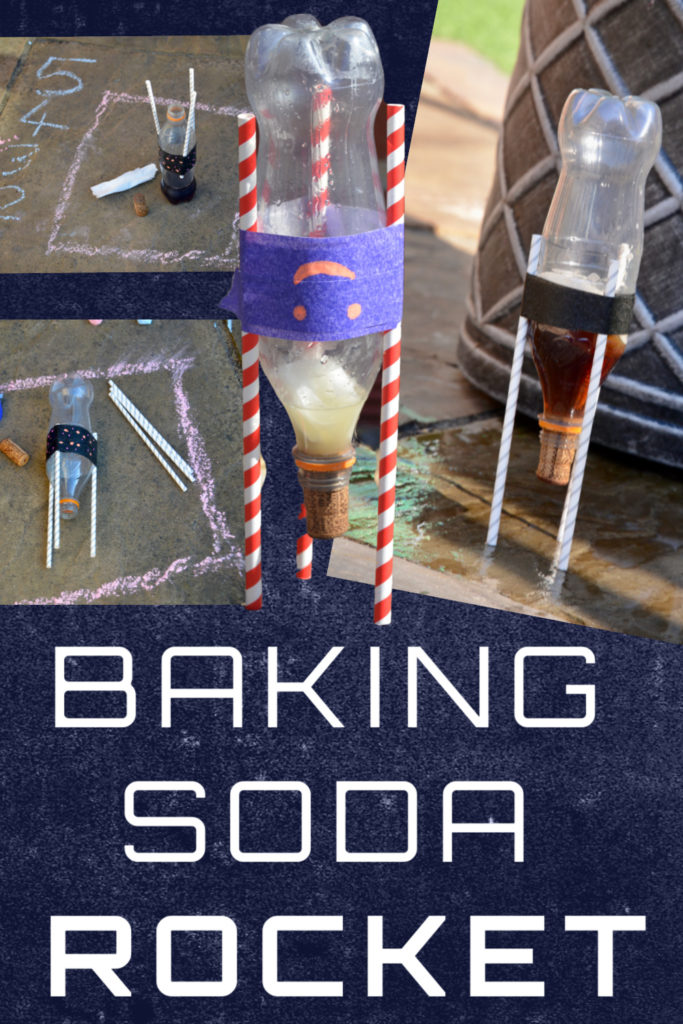
EGG Experiments
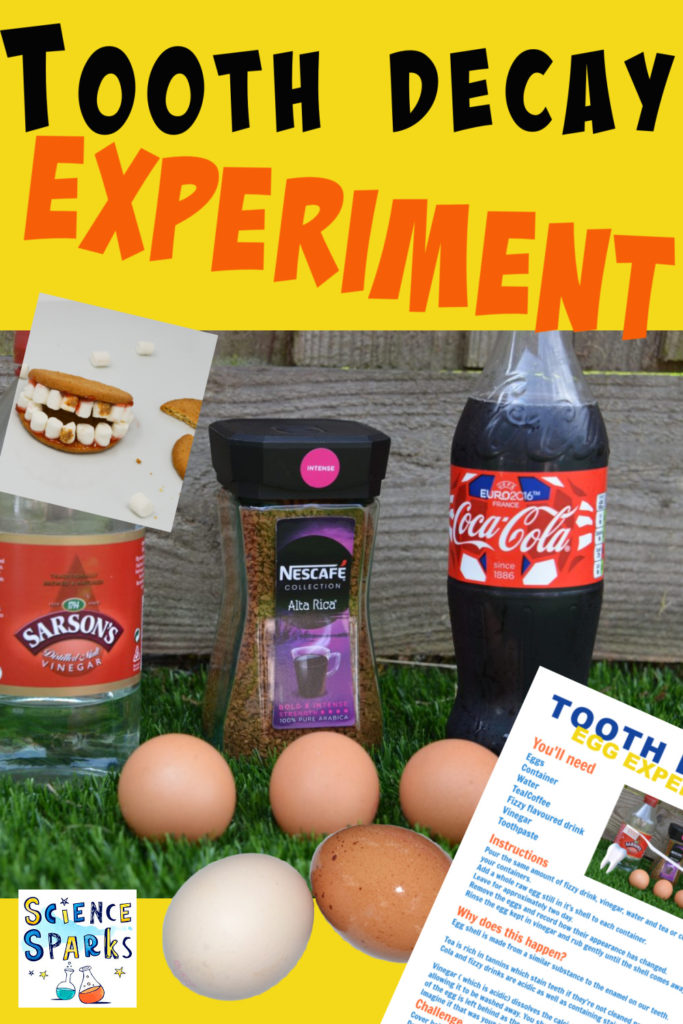
Plant Science Experiments
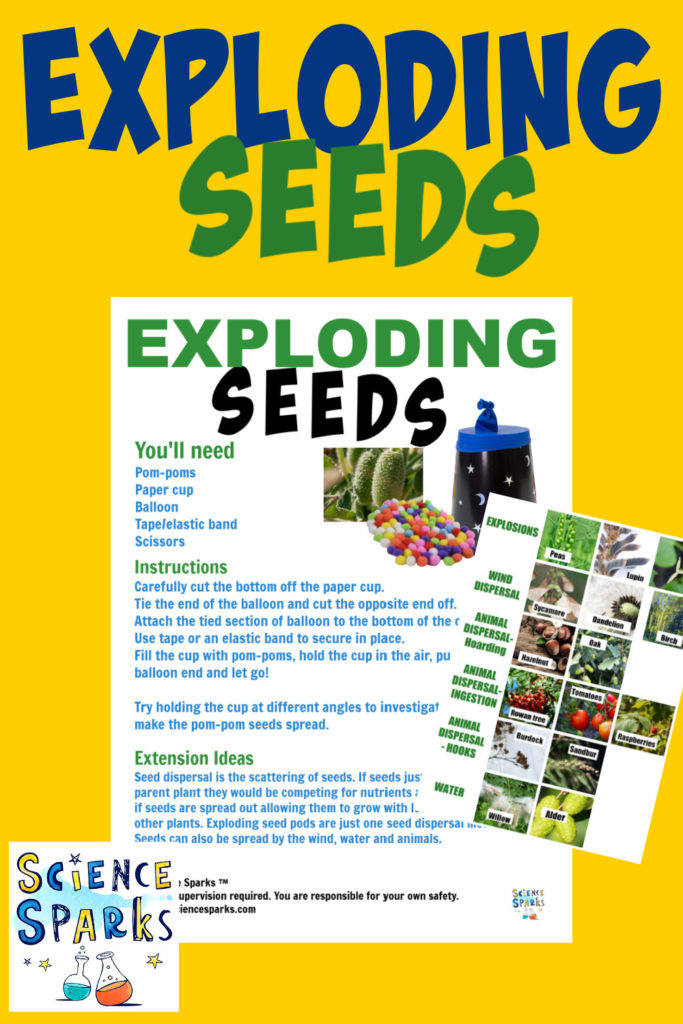
Autumn Science Experiments
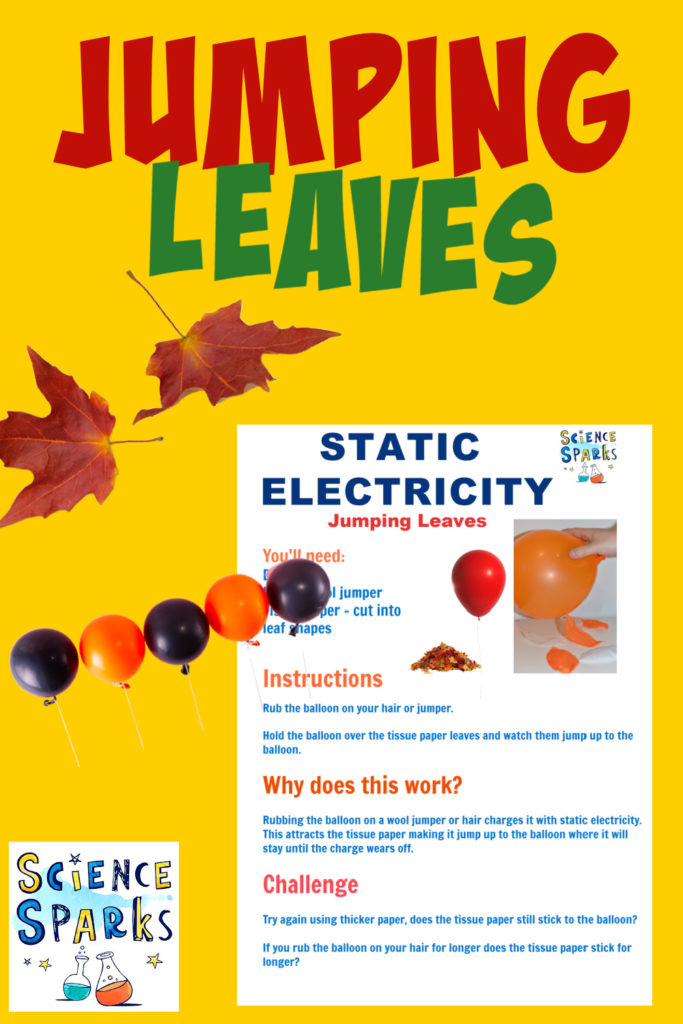
Winter Science Experiments – Science Printable Experiments
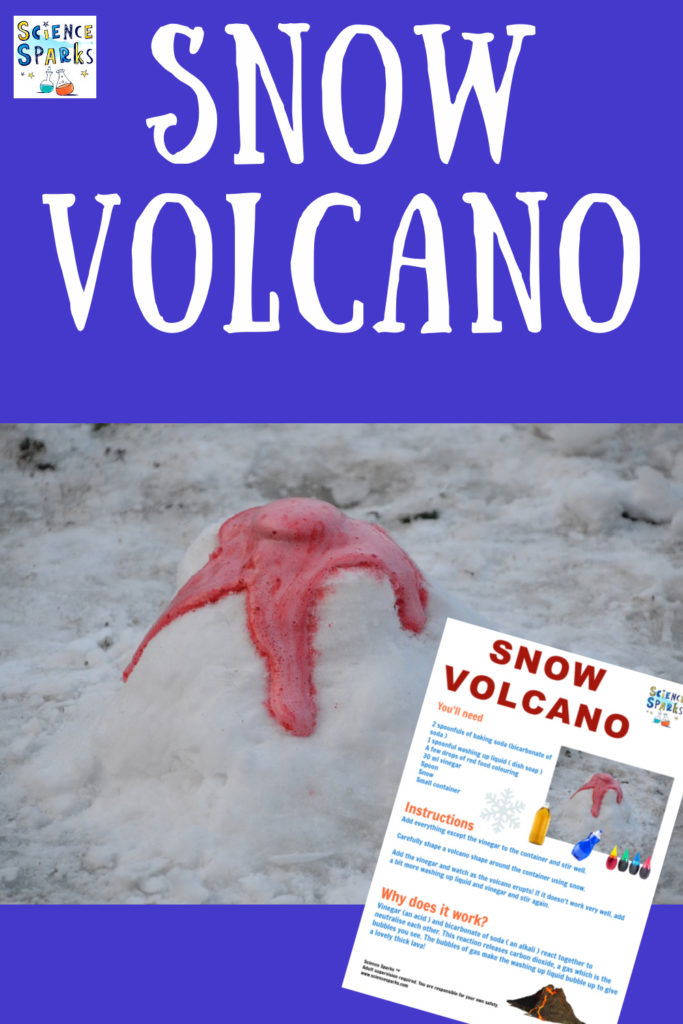
Spring Science Experiment Printables
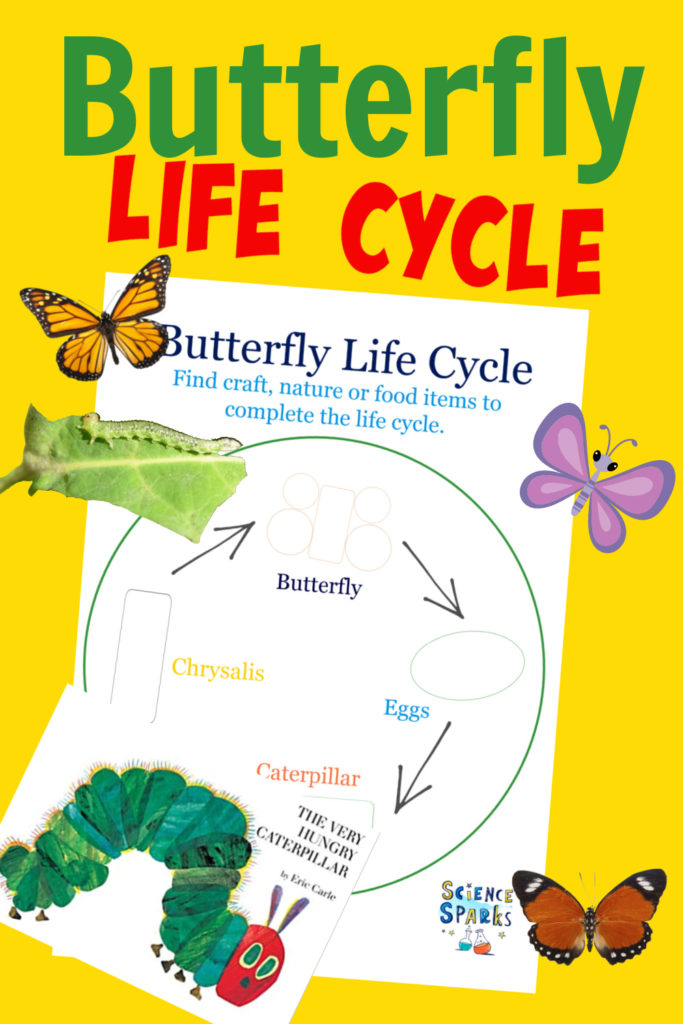
Summer Science Experiments
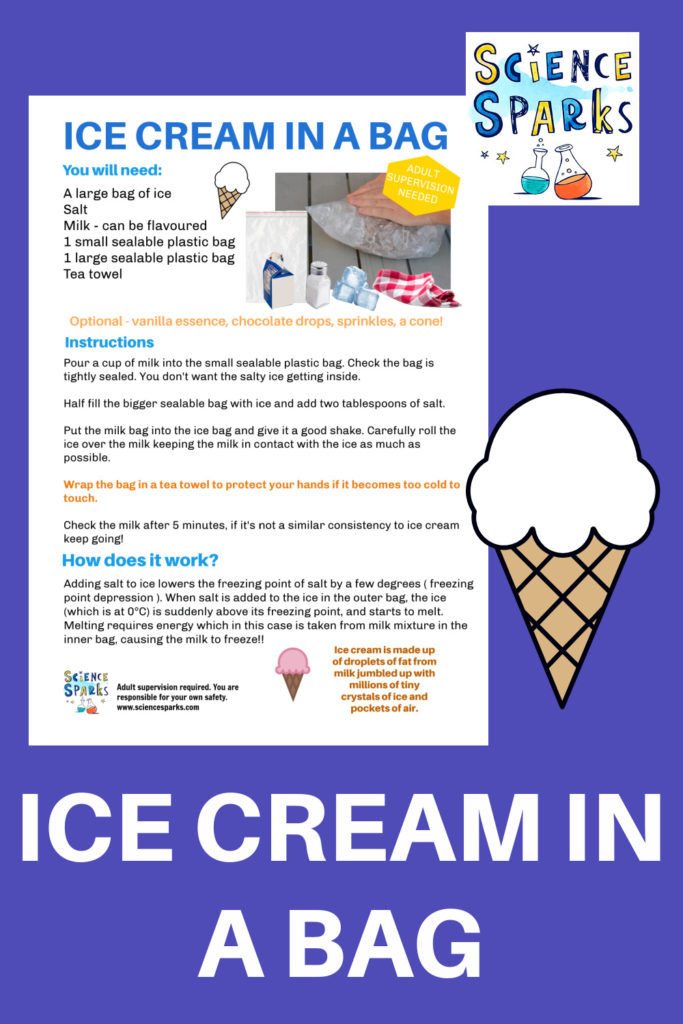
Climate Change Science Activities
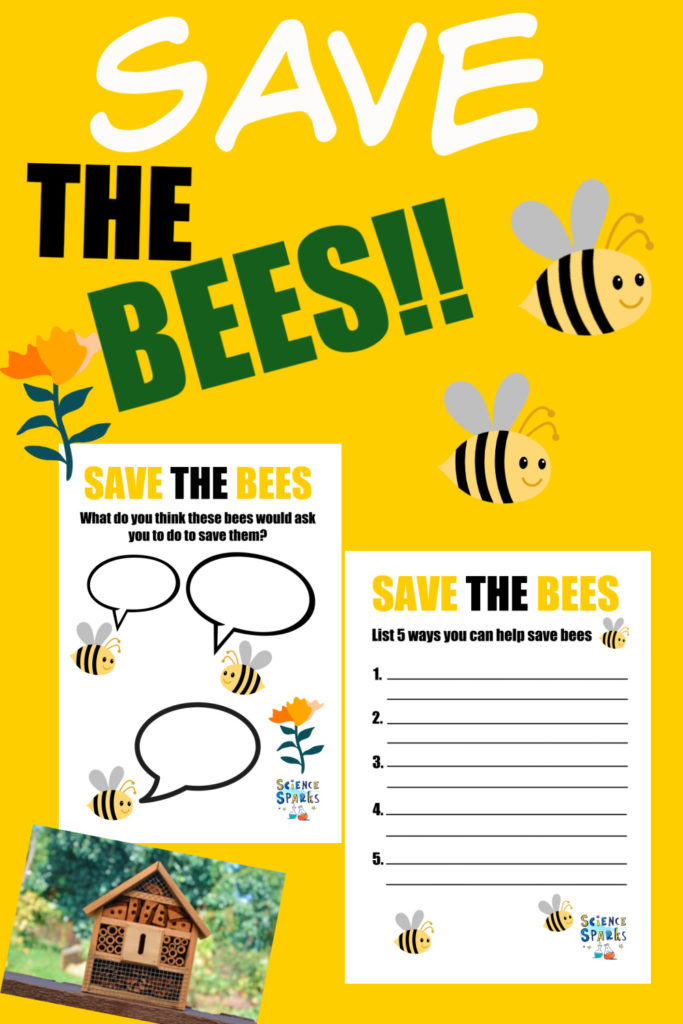
Top 10 Science Experiments for Kids
How many of our top 10 science experiments can you tick off the FREE checklist?
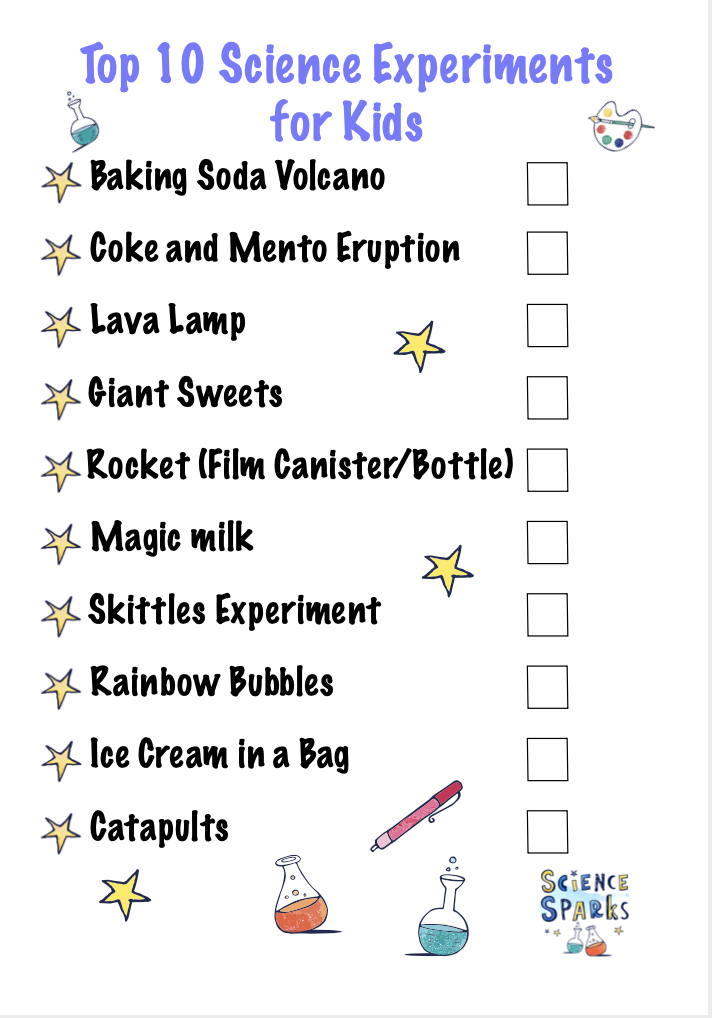
Tray a Day Science Experiments for Kids
The idea behind these activities is to collect the materials and pop them into a box or tray ready for kids to use! Each activity uses very simple materials and should be easy enough for children to try with only a little bit of help. You can find the whole Tray a Day collection here!
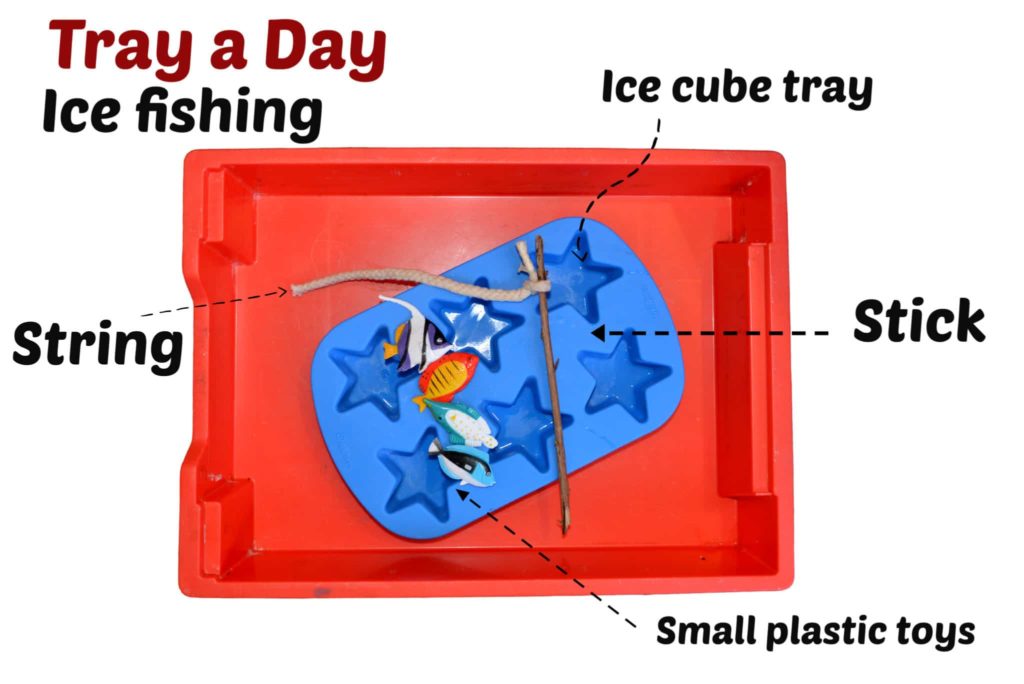
STEM Challenge Cards
These easy STEM challenge cards are great fun for any time of year. Make sugar cube structures, treasure maps with tea or coffee, fizzy potions and lots more.
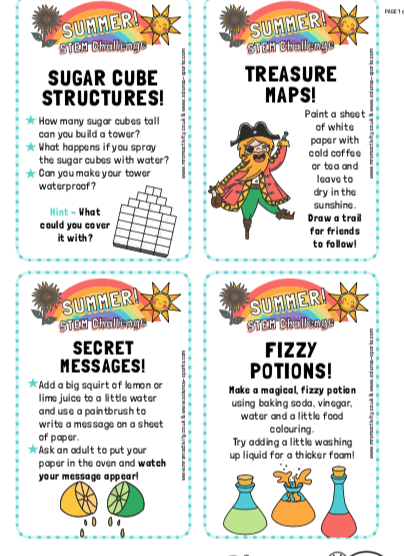
Free Science eBooks
Download one of my FREE science eBooks. There’s Winter Science Experiments, Science for Early Years, Christmas Science Experiments and more coming soon.
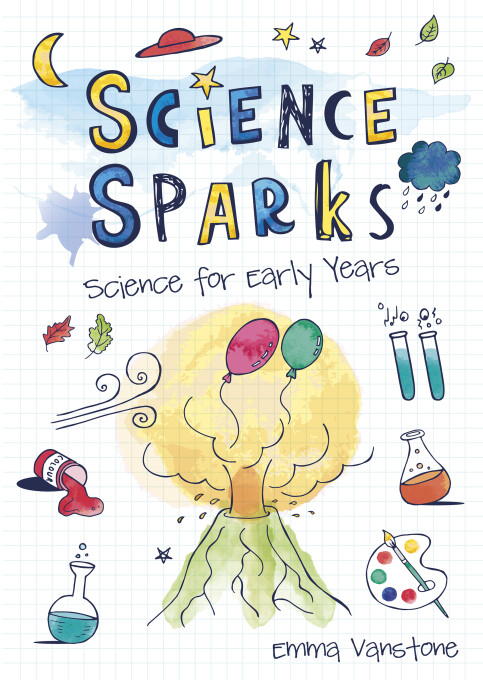
Space Science Worksheets
Download our space science activities here. There’s a pdf of everything you need for a fun space themed science day .
Coding Club Plan
KS1 Coding Club Plan
Science Worksheets
General science experiment worksheet.
Use this to help write up an experiment. Perfect for Key Stage 1 Science – age 4-7 years.
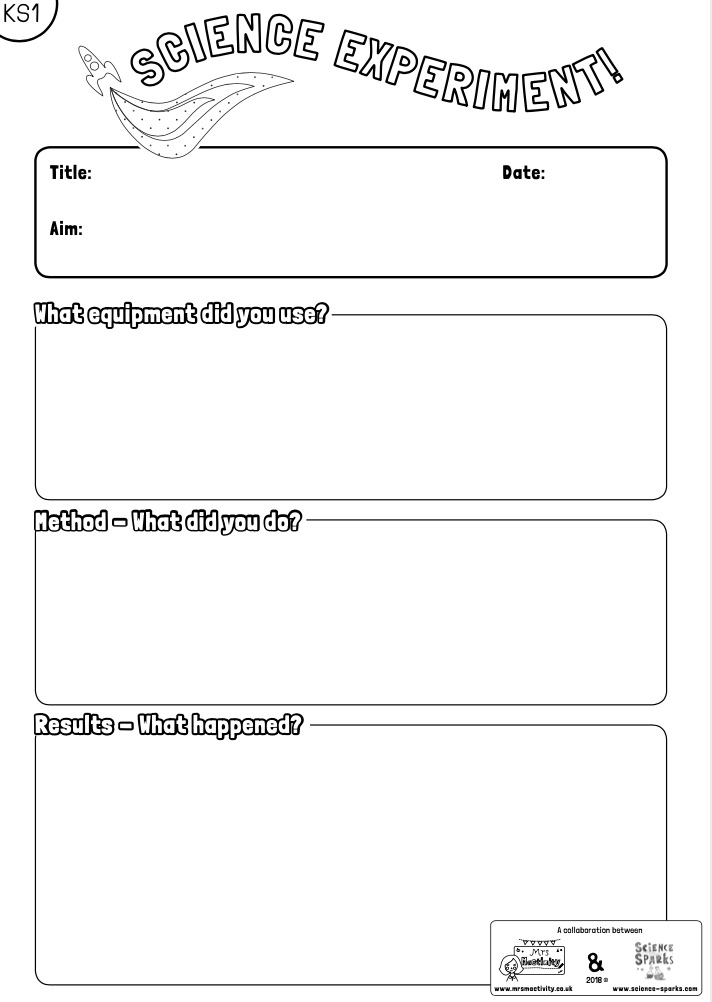
Science Experiment Templates
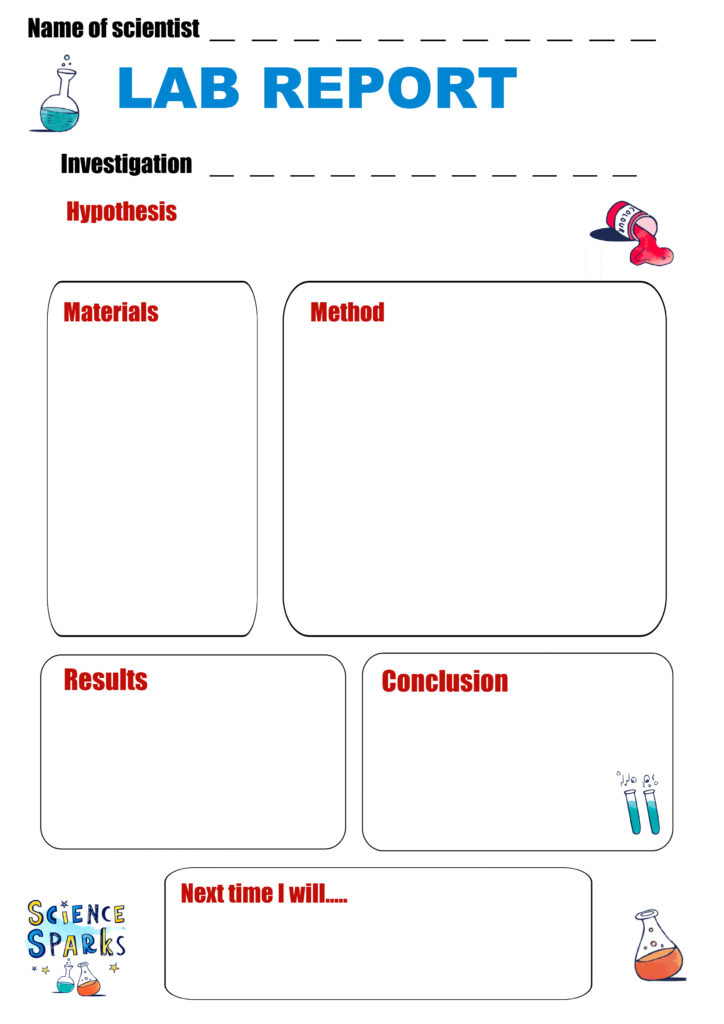
Fairy Tale Science Worksheets
Design a raft for the Billy Goats, grow a bean for Jack and more these these brilliant fairy tale investigation printable sheets .
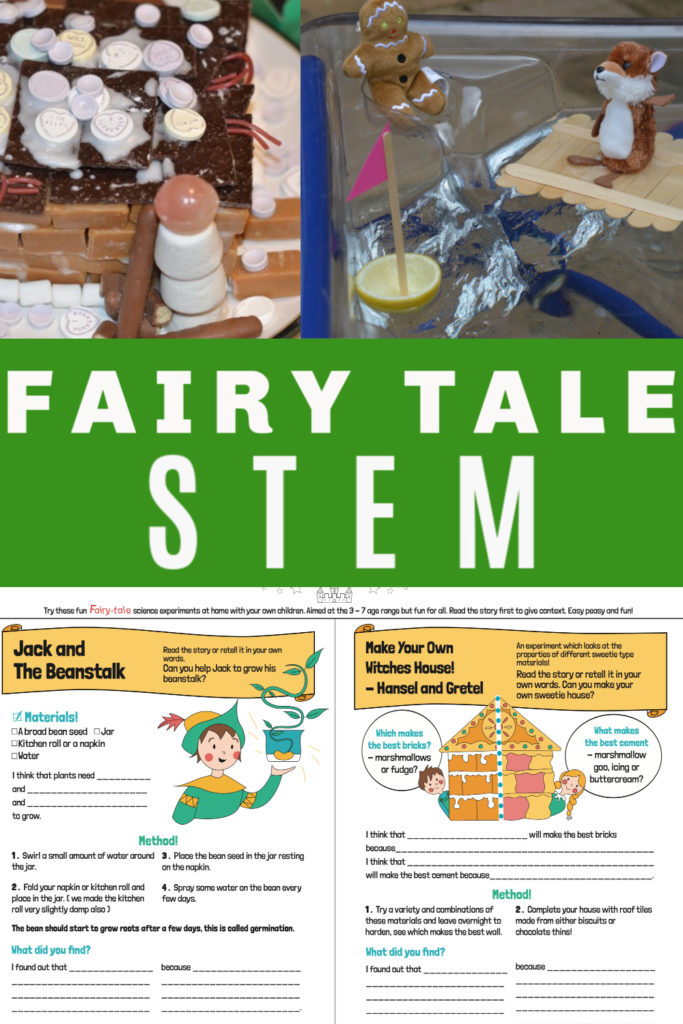
Book themed science experiments
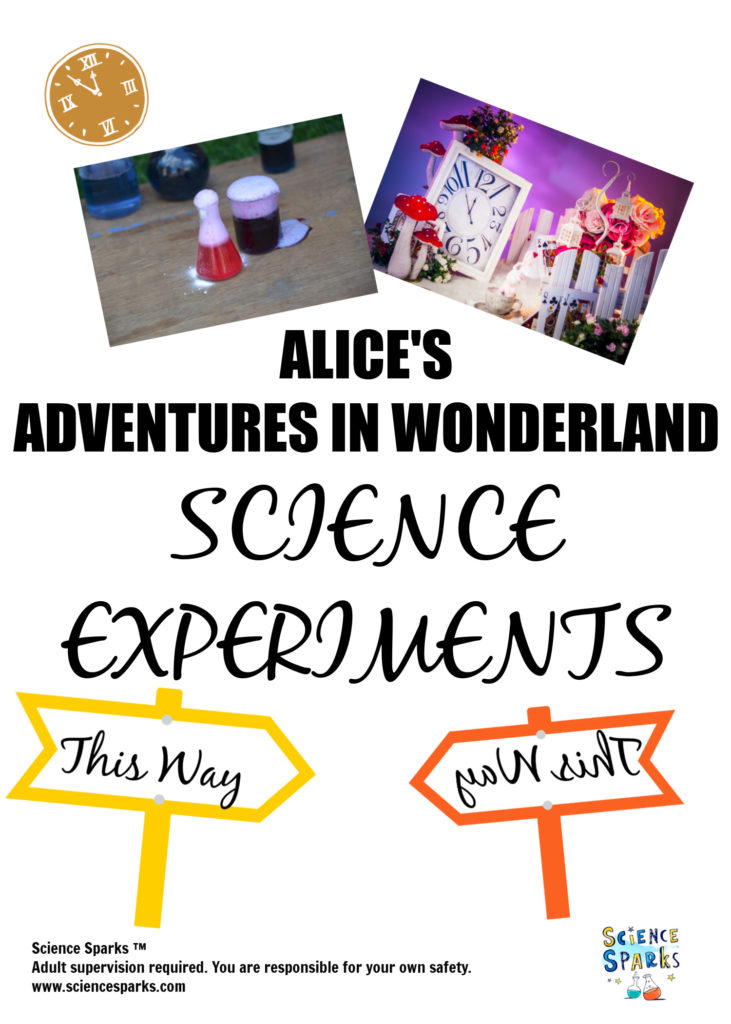
| P.O. Box 219 Batavia, IL 60510 | |
| 800-452-1261 | |
FREE SCIENCE LAB ACTIVITIES AND EXPERIMENTS
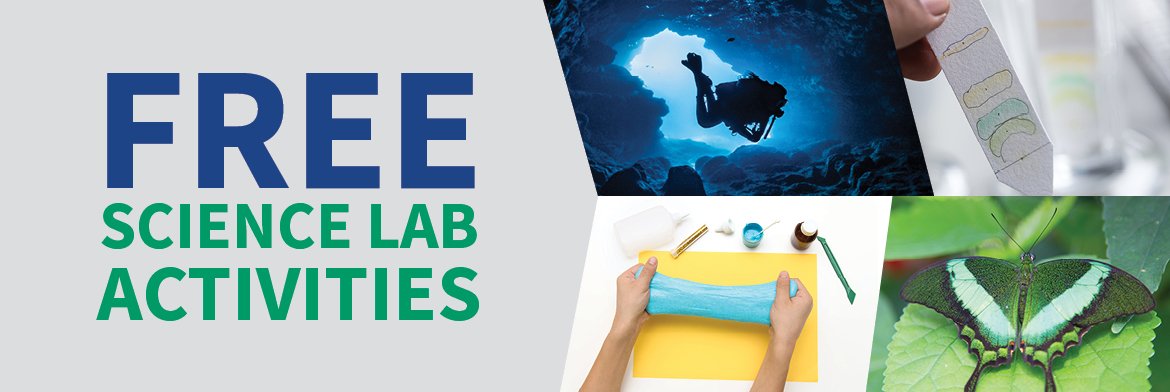
High School Chemistry

Soap Bubbles

Straw Pressure Popper

Silly Putty

Quick Freeze

Glowing Fingers

Making Homemade Glue

A Burning Candle

Plotting Trends

Red Licorice Decay

Red Cabbage Indicator

Water, Sand and Popcorn

Everyone Scream for Ice Cream

Test Tube Challenge

New - Food Dye Chromatography

New - How Sweet it is - A Colorful Sugar Solution Density Column

New - Chromatography Challenge

New - Equilibrium Water Games

POGIL Activities for AP® Chemistry

POGIL Activities for Chemistry

New - Water Drops on a Penny

New - Density of Soft Drinks

High School Biology

Rainforest Biodiversity

The Lynx Eats the Hare

Toothpick Biochemistry

Genetic Engineering Cleaner Clothes

Make a DNA Model

Translation and Transcription and Replication Oh MY

Ups and Downs of Grapes

New - Karyotyping Cancer Cells

New - Add Up and Cross Over

New - Studying Disease Vectors - West Nile Virus

New - How to Make a Germination Bottle

New - Butterfly Camouflage

POGIL Activities for Biology

POGIL Activities for AP® Biology

New - Getting Nerdy - Evolution Task Cards

New - Getting Nerdy - Respiratory System Notes and Lab

New - Getting Nerdy - Science Cubing Activity

New - Getting Nerdy - Cells Cootie Catcher

New - Getting Nerdy - Ecology Vocabulary

New - Getting Nerdy - Intro to Microscopes Lab

New - Getting Nerdy - Lab Report Templates
High school earth and environmental.

The Greenhouse Effect Analogy

A Cloud in the hand

Ocean Water Properties

Build Your Own Anemometer

Chemical Weathering

New - How Tall Is That Tree?
High school physics.

The Spinning Can

Centripetal Acceleration

Soap Motor Boat

New - Build the Simplest Electric Motor

New - Build a Binder Clip Catapult

New - Gummy Bear Wave Machine

New - Twirling Toy Challenge
Middle school life science , middle school physical science, water sand and popcorn, new - how sweet it is - a colorful sugar solution density column, middle school earth & space.

New POGIL - Comparing Objects in the Solar System

New POGIL - Life Cycles of Stars

Cartesian Diver Design Challenge

Chromatography Challenge

Density Challenge

Egg-streme Parachuting

Iodine Clock Challenge

Marbling Paper with Oil Paints

Measurement Challenge

Medieval STEM from FlinnSTEM, powered by IMSA Fusion

Mousetrap Cars

Science Fun
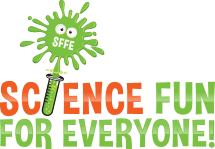
Science Experiments for Kids:
Science experiments you can do at home! Explore an ever growing list of hundreds of fun and easy science experiments. Have fun trying these experiments at home or use them for science fair project ideas. Explore experiments by category, newest experiments, most popular experiments, easy at home experiments, or simply scroll down this page for tons of awesome experiment ideas!
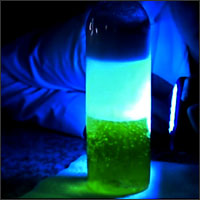
Making A Volcano:
Acids and Bases Can Erupt in Your Faces
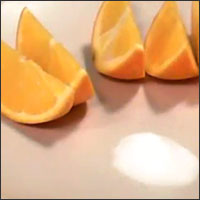
Orange Fizz:
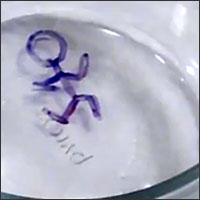
Awesome Experiments:
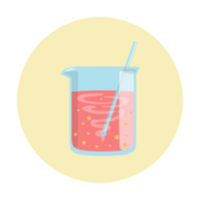
New Experiments:
Check Out Our Newest Experiments

Top Experiments:

Easy Experiments:
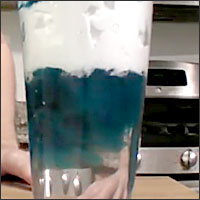
Storm In A Glass:
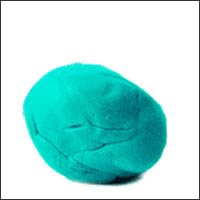
Home Made Play Dough:
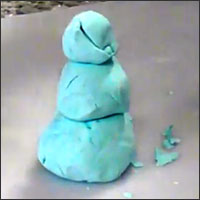
Snow Fluff:
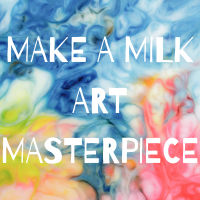
Snow Globe:
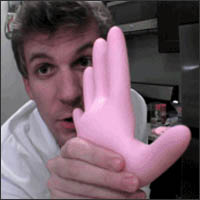
Squishy Turkeys:
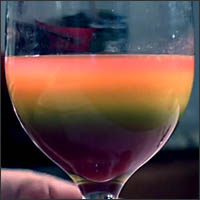
Rainbow in a Glass:
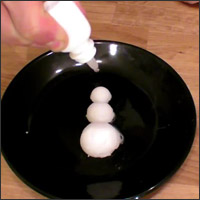
Sizzlin’ Snowballs:
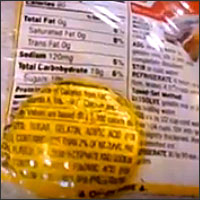
Jello Lenses:
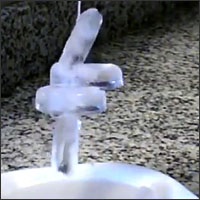
Ice Fishing:
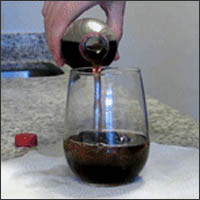
Super Cool Soda:
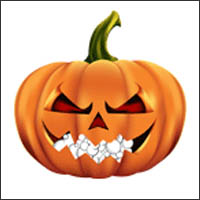
Jack-O-Cano:
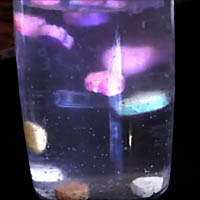
Dancing Hearts:
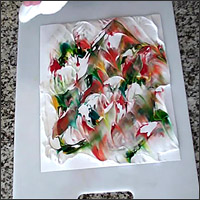
Marbled Gift Wrap:

Massive Expanding Soap:
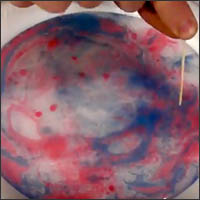
Surface Tension Art:
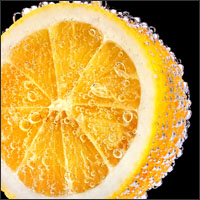
Fizzy Fruit:
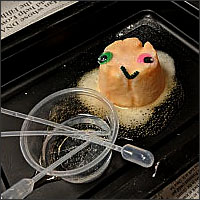
Rotting Pumpkin:
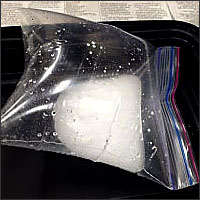
Explode A Bag:
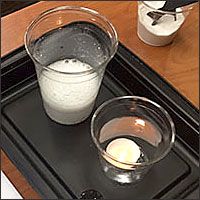
Invisible Extinguisher:
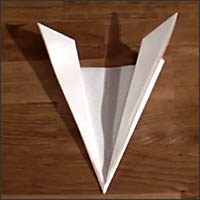
Paper Hovercrafts:
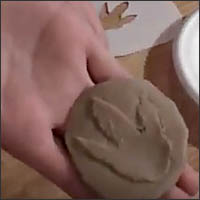
Fun Fossil Stamps:
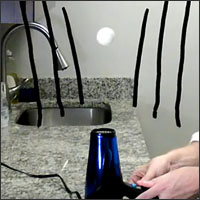
Cool Crystals:
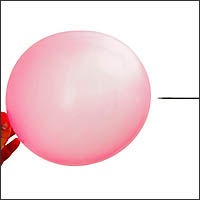
Balloon Pop! Not!
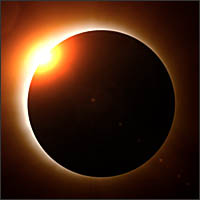
Solar Eclipse Kit:
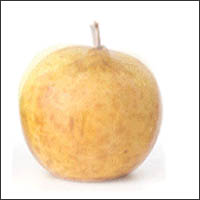
Moldy Apples:
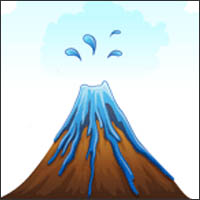
Cool Off Volcanoes:
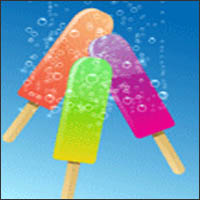
Vinegar Pops:
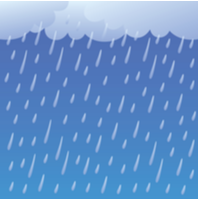
Make It Rain:
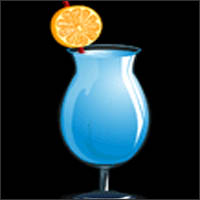
Black Light Blue Beverage:
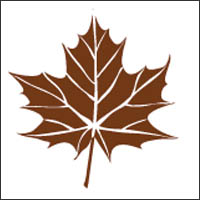
Changing of the Leaves:

Snowflakes:
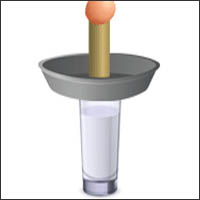
Water Fireworks:
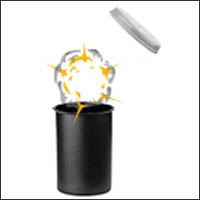
Mind of a Student:
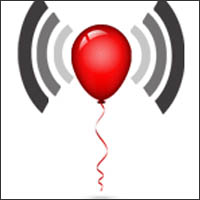
Balloon Speakers:
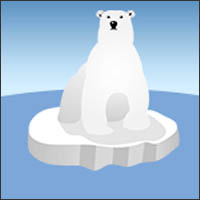
Polar Bear Blubber:
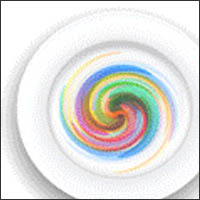
Gorgeous Gooey Gobstoppers:

Olympic Medals:
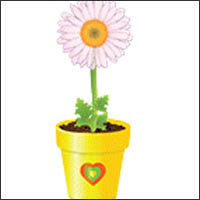
Dyed Flowers:
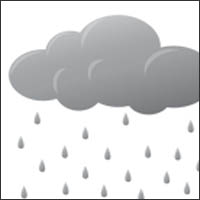
Rain, Rain, Don’t Go Away Gauge:

Blossoming Beans:
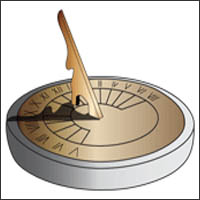
Butter Fingers:
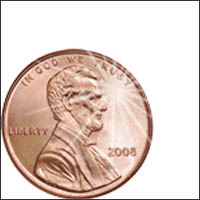
Polishing Pennies:

Dancing Liquid:
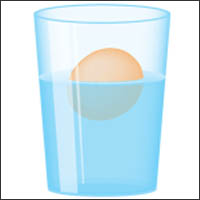
Floating Egg:
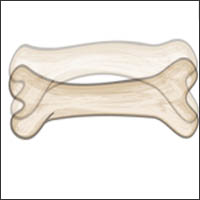
Bendy Bones:
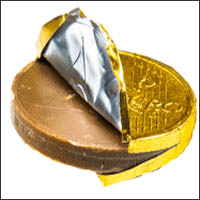
Pot Of Gold:
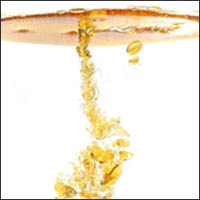
Layers of Liquids:
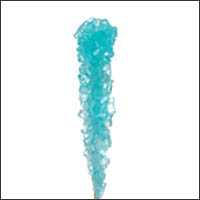
Crystal Candy:
Filter Results
- clear all filters
Resource Type
- Worksheets
- Guided Lessons
- Lesson Plans
- Hands-on Activities
- Interactive Stories
- Online Exercises
- Printable Workbooks
- Science Projects
- Song Videos
middle-school
- Fine arts
- Foreign language
- Math
- Reading & Writing
- Science
- Social emotional
- Social studies
- Arts & crafts
- Coloring
- Holidays
- Offline games
- Pop Culture & Events
- Seasonal
- Teacher Resources
- Common Core
Showing Results for "simple-experiments"

- Skip to primary navigation
- Skip to main content
- Skip to primary sidebar
- MEMBER LOGIN
Hands On As We Grow®
Hands on kids activities for hands on moms. Focusing on kids activities perfect for toddlers and preschoolers.
50 Amazingly Simple Science Experiments for Kids at Home
Science Kindergartners Preschoolers Experiment Resources 30 Comments
Kids love experimenting , and these 50 simple science experiments for kids at home from Brigitte are perfect for all ages! Plus, you probably already have the basic supplies at home.
My daughters and I have had a lot of fun doing science experiments. Each year when we create our spring and summer list , we make sure to include “science days” which are days filled with science experiments.
Sometimes our science experiments don’t work according to plan, but I have been told that all scientists have failures with experiments from time to time.
It’s okay if they aren’t all successes.
Get the FREE Science Experiments Download
50 Simple Science Experiments with Supplies You Already Have
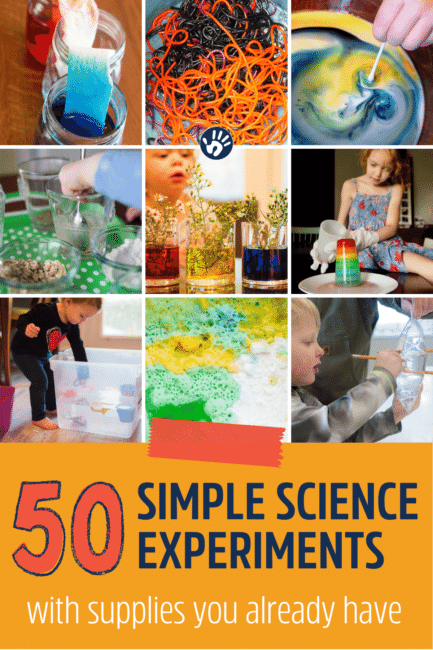
I love these 50 simple science experiments for you to try with your little scientists. They all use basic household supplies that you probably already have at home!
Most of these are experiments my daughters and I have done together. I hope you enjoy them as much as we have!
Get little ones involved with these easy toddler-friendly science experiment ideas!
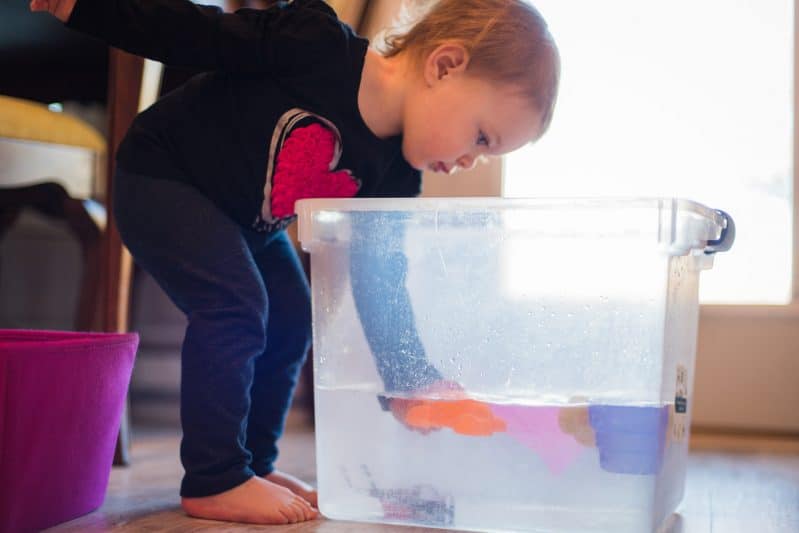
Simple Science Experiments with Water
Not only can water be a blast to play in, but water plus a few basic supplies equals a lot of science fun!
- Make an orange sink and float with an orange buoyancy experiment from Playdough to Plato.
- Compare the amount of salt in different types of water with this salty egg experiment as seen on Uplifting Mayhem.
- Do a little more sinking or floating with a fun sink or float experiment even toddlers can do from Hands On As We Grow.
- Use the free printable to record what sinks or floats in an outdoor experiment from Buggy and Buddy.
- Create some beautiful pieces of paper with this rainbow paper experiment from Science Kiddo.
- Talk about solutions as you try the “what dissolves in water” experiment as seen on Hands On As We Grow.
- Learn about water absorption with this simple experiment from Little Bins for Little Hands.
- Mix some fun colors with this oil and water experiment from Fun Learning for Kids.
- Make your own lava lamp , just like on Hands On As We Grow.
- Can you keep all the water in the bag? Try it with a leak-proof bag experiment as seen on Hands On As We Grow.
- Learn about surface tension with this magic finger pepper experiment found on Hands On As We Grow.
- Make your own water cycle in a bottle as seen on A Dab of Glue Will Do.
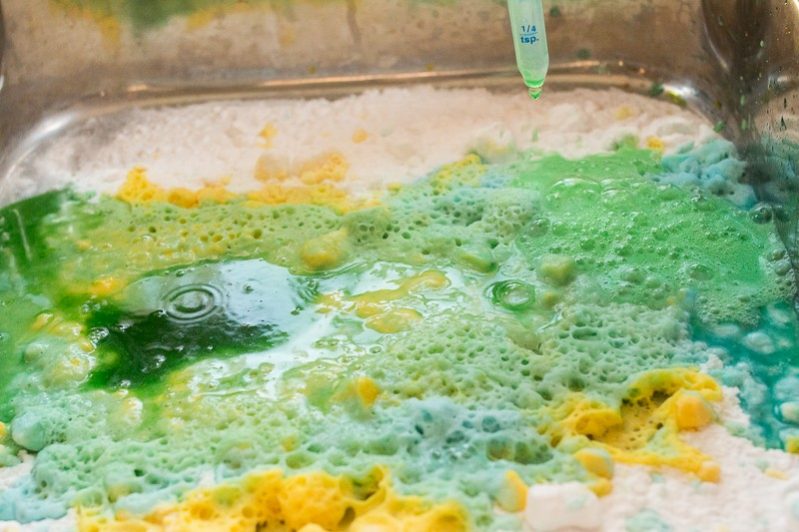
Simple Science Experiments with Baking Soda and Vinegar
Baking soda + vinegar = a great chemical reaction! This fizzy reaction can fuel a variety of simple science experiments at home.
First of all, we have tested and found out the absolute best combination of baking soda and vinegar to get the best reaction possible. It makes a difference if you add vinegar to baking soda or vice versa! And how much you use!
- Inflate a balloon without blowing into it with a baking soda and vinegar balloon experiment as seen on Little Bins for Little Hands.
- Practice colors as you do a baking soda and vinegar with color experiment as seen on Hands On As We Grow.
- Have fun outside with an outdoor volcano eruption as seen on Preschool Inspirations.
- Have more volcano fun by making apple volcanoes as seen on The Resourceful Mama.
- Learn about acids and bases and the chemical reaction that occurs when you make apple seeds dance with a jumping apple seeds experiment as seen on JDaniel4s Mom.
- Watch some rice dance with a dancing rice experiment as seen on Green Kid Crafts.
- Continue your dance party by making raisins dance with a dancing raisin experiment as seen on 123 Homeschool 4 Me. What other items can you get to dance?
- Learn more about acids and bases by dissolving a sea shell as seen on Teach Beside Me.
- Make an egg shell disappear with this disappearing egg activity as seen on Premeditated Leftovers.
- See how far you can launch a soda bottle with this baking soda powered boat as seen on Science Sparks.
- Make your own rocks (or eggs) with this fizzy treasure rocks experiment as seen on Living Life and Learning.
- Have some fun this summer with this frozen vinegar experiment as seen on Inspiration Laboratories.
Plant Themed Simple Science Experiments
Enjoy learning about seeds, plant parts, and how plants grow with these simple science experiments.
- Learn about how plants soak up water through their stems with a flower experiment for kids from Growing A Jeweled Rose.
- Watch seeds sprout as you grow seeds in a jar as seen on Teaching Mama.
- Learn about the parts of the seed with a seed coat experiment as seen on Gift of Curiosity.
- Build a house out of sponges and then watch it sprout with this sprout house as seen on The Stem Laboratory.
- Learn what liquids allow seeds to grow the best with this seed experiment as seen on Gift of Curiosity.
- Explore how plants grow towards the light with this shoe-box maze experiment from Plants for Kids.
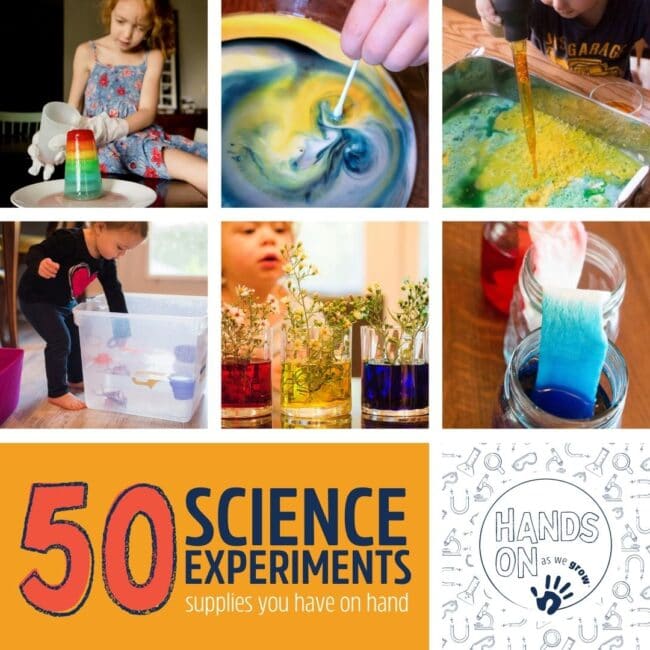
Animal Themed Simple Science Experiments
Learning about animals can be even more fun with some simple hands-on simple science experiments.
- Find out more about giraffes and create some giraffe spots as seen on Preschool Powol Packets.
- Learn about how animals in the Arctic keep warm by making an arctic glove as seen on Steve Spangler Science.
- Discover how penguins stay dry with a penguin feather experiment as seen on Raising Little Superheroes.
- Learn about different bird beaks with a bird beak experiment as seen on Blessed Beyond a Doubt.
- Explore how fish (and hermit crabs) breathe with this gill experiment as seen on Preschool Powol Packets.
- Learn about sharks with a shark buoyancy experiment as seen on Little Bins for Little Hands.
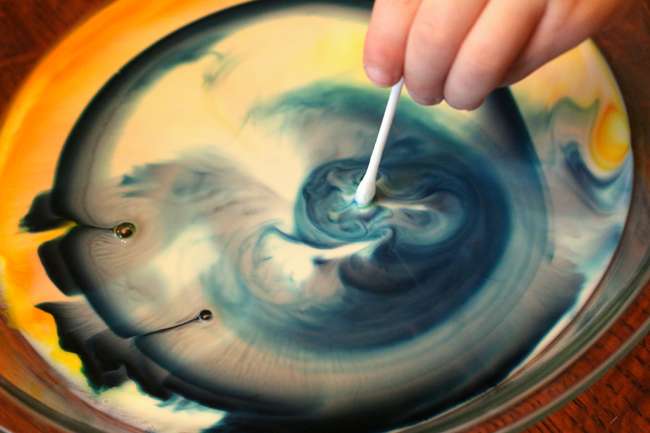
Even More Simple Science Experiment for Kids at Home!
If you are still looking for more science fun, you may enjoy the following simple science experiments.
- Find out how sugary drinks hurt teeth with an eggs-periment as seen on Feels Like Home Blog.
- Discover geodes (the state rock of Iowa) with this eggshell geode crystal experiment as seen on Science Bob.
- Learn about air pressure with an egg and bottle experiment as seen on Science Sparks.
- Find out what causes an apple to brown with this apple science experiment as seen on Teach Beside Me.
- Make an edible bubble apple with an experiment as seen on Preschool Powol Packet.
- Learn more about surface tension with a penny and water experiment as seen on Artful Parent.
- Mix colors like magic with this color changing milk experiment from Hands On As We Grow.
- Blow up a balloon with this soda and balloon experiment from Learn Play Imagine.
- Practice letters by making beautiful crystal letters as seen on Books and Giggles.
- Make your own indoor hovercraft as seen on Living Life and Learning.
- Learn about colors with this beautiful butterfly chromatography craft as seen on Buggy and Buddy.
- Make soap souffle as seen on Steve Spangler Science.
- After talking about liquids and solids (and finding them in your own home), create oobleck as seen on Babble Dabble Do. Is it a liquid, or is it a solid?
- Learn about frost by making some indoor frost as seen on Little Bin for Little Hands.
- Make your own homemade butter in a jar as seen on Happy Hooligans.
What scientific experiment will you try first?
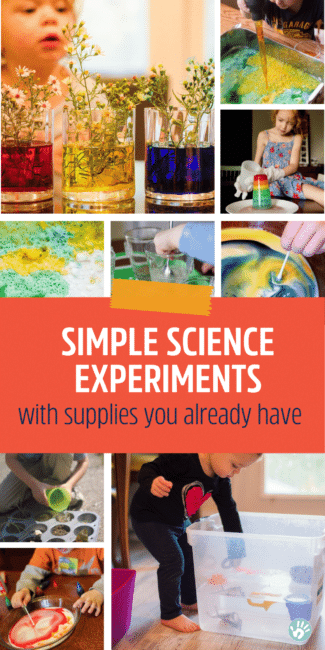
About Brigitte Brulz
Brigitte Brulz is a homeschooling mom of two daughters, wife of her high school sweetheart, and author of Jobs of a Preschooler and Pickles, Pickles, I Like Pickles. She offers free coloring pages and activity ideas on her website at BrigitteBrulz.com .
More Hands on Kids Activities to Try
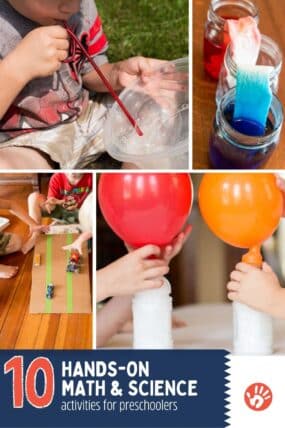
Reader Interactions
30 comments.
college brawl says
March 13, 2024 at 1:05 am
Wow, these experiments look like so much fun! I can’t wait to try them out with my kids. We’re always looking for new and creative ways to learn about science at home, and these experiments look like they’ll be perfect for us. Thanks for sharing! 😊
threadsBay says
August 31, 2023 at 3:13 am
I love science experiments! This one is really simple and easy to do.
Leave a Comment Cancel reply
Your email address will not be published. Required fields are marked *
This site uses Akismet to reduce spam. Learn how your comment data is processed .

What Parents Have to Say…
Shop ebooks of activities.


Get activity plans delivered to your inbox, every week!
Activities that hands-on parents absolutely love.
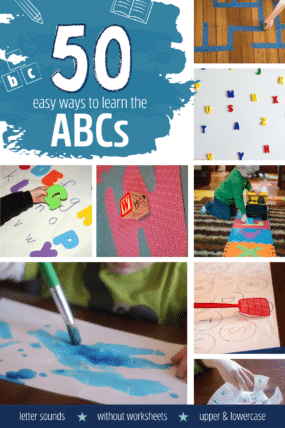
50 Simple & Fun Alphabet Activities for Preschoolers
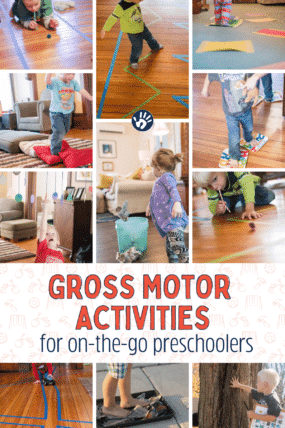
Gross Motor Activities for Preschoolers: The Top 35!
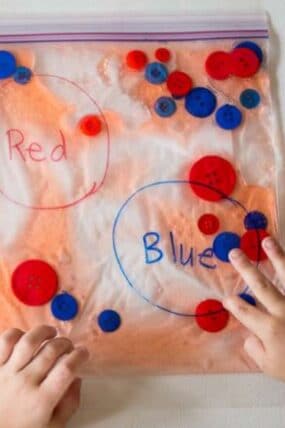
Make a Color Sorting Sensory Bag with Your Kids: Super Easy & Squishy
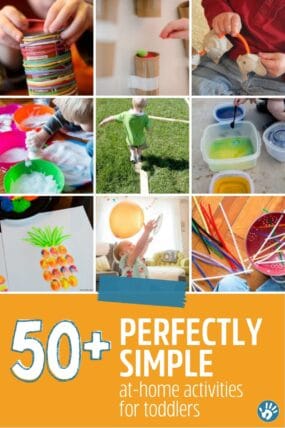
50+ Simple Activities for Toddlers
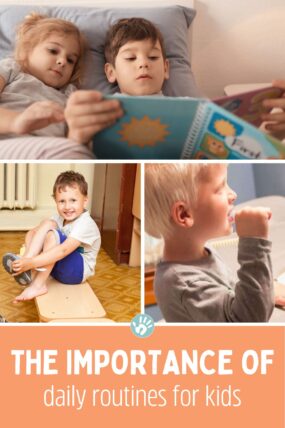
Why Routines for Kids are Important
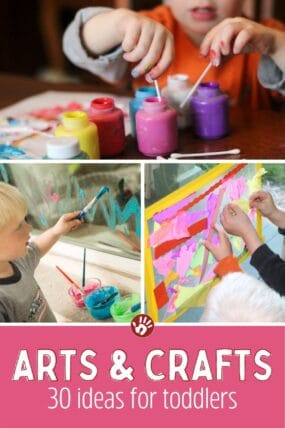
What Toddler Crafts & Art Projects Can We Do? 30 Ideas
Get started having fun with your kids.
PLAN THE FUN WITH THE FREE KIDS ACTIVITIES PLANNER! AND RECEIVE ACTIVITIES EVERY WEEK!
- Preschoolers
- Kindergartners
- Grade School
- Literacy & ABCs
- Math & 123s
- Art Projects
- Gross Motor
- Shop Activity Plans
- Member Login
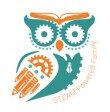
Easy Science Experiments for Kids
Looking for some easy experiments to do with the kids? We’ve got you covered with all of our favourite, easy science experiments for kids. The best part about all of these ideas is that they may be simple, but the lessons are powerful! Plus they can be adapted for a wide variety of ages and learning environments.
100+ Genius Easy Science Experiments for Kids
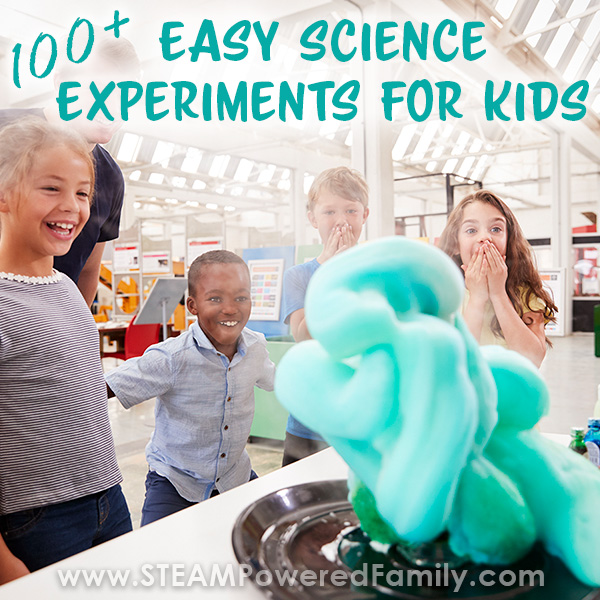
Disclaimer: This article may contain commission or affiliate links. As an Amazon Influencer I earn from qualifying purchases. Not seeing our videos? Turn off any adblockers to ensure our video feed can be seen. Or visit our YouTube channel to see if the video has been uploaded there. We are slowly uploading our archives. Thanks!
Fun Science Experiments
First let’s kick things off with a list of easy science experiments for kids that we have done many times over and are a favourite of STEAM Powered Family readers around the world. Almost all of these projects use common household items and are tested by kids and teachers. We have science experiments for all ages, from preschool to middle school, even adults love to do these. The best part is that you can use these ideas to help students gain comfort and eventually mastery of the Scientific Method . This list is also a fantastic place to find ideas for your science fair projects.
Baking Soda and Vinegar Experiments
It is incredible the number of cool science experiments you can create from this one simple chemical reaction between Baking Soda and Vinegar . This endothermic reaction, is a classic acid and base chemical reaction.
Here is the chemical formula of this reaction
C 2 H 4 O 2 + NaHCO 3 -> NaC 2 H 3 O 2 + H 2 O + CO 2 vinegar + sodium bicarbonate -> sodium acetate + water + carbon dioxide
Some of our favourite baking soda and vinegar science activities of all time include Bottle Rockets , Fireworks Experiment , Baking Soda Oobleck , and Hatching Dinosaur Eggs . No matter which one you pick, you must try at least one vinegar and baking soda experiment when little scientists are first learning about chemistry.
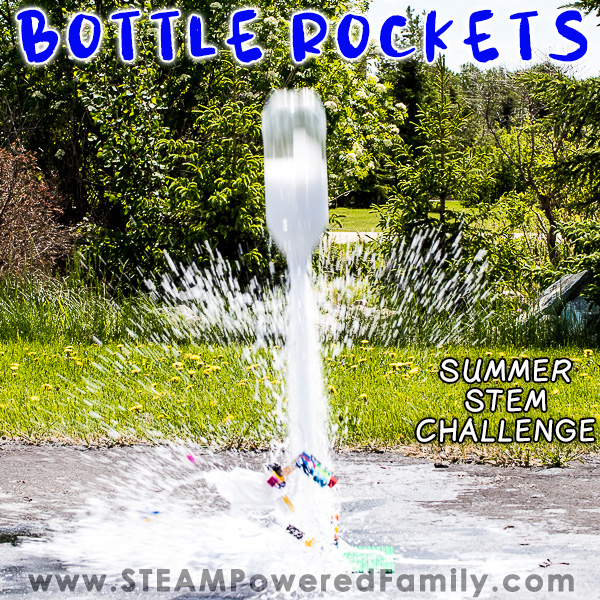
Balloon Races – Physics Science Experiment
This fast paced, exciting science experiment explores the principles of physics and Newton’s Laws of Motion. It is so simple, kids won’t believe how much they are learning while having fun! Balloon Races make a fantastic activity for the classroom, camp, after school program or at home when the kids need to burn off some energy while learning!
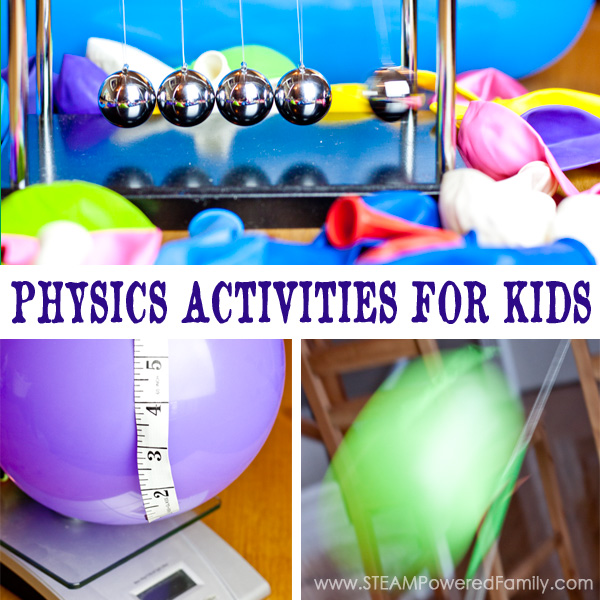
Build a Compass – A Magnetism Science Experiment
Did you know it is actually very easy to build a compass ? All you need is a bowl of water, a needle and a cork! Have your children explore the same magnetic forces that inspired Einstein as a child in this fun science experiment.
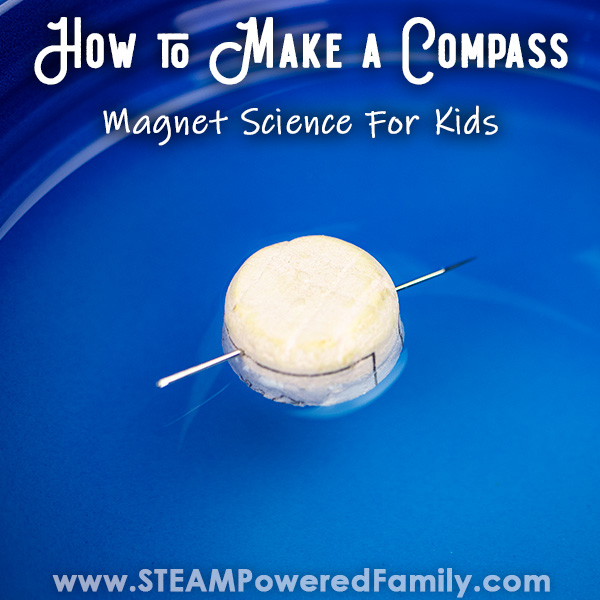
Lollipop Layers Density Experiment
Density is such a fun phenomenon to explore, and in this version of a density experiment we are using candy! Lollipop layers is so simple, all you need is a bunch of lollipops or hard candies, water, and a patient hand. The result… GORGEOUS!

Greenhouse Effect Science Experiment
Climate change experiments are so important for helping foster a deep understanding in our students. In this Greenhouse Effect Science Experiment we learn how gas are changing the atmosphere and affecting global temperatures.
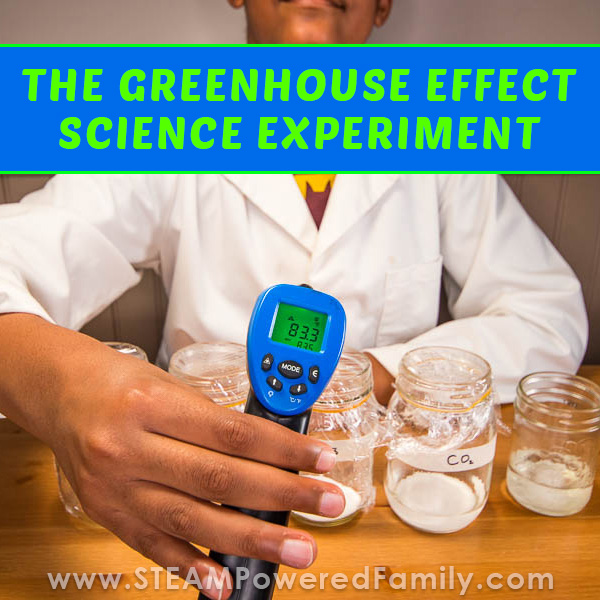
Volcano Experiment
A classic science project for kids, making a volcano can be as simple or as complex as you want to make it. The goal of the exercise, a big, bubbly reaction that is sure to WOW students. Here are some of our favourite Volcano Experiments we have done.
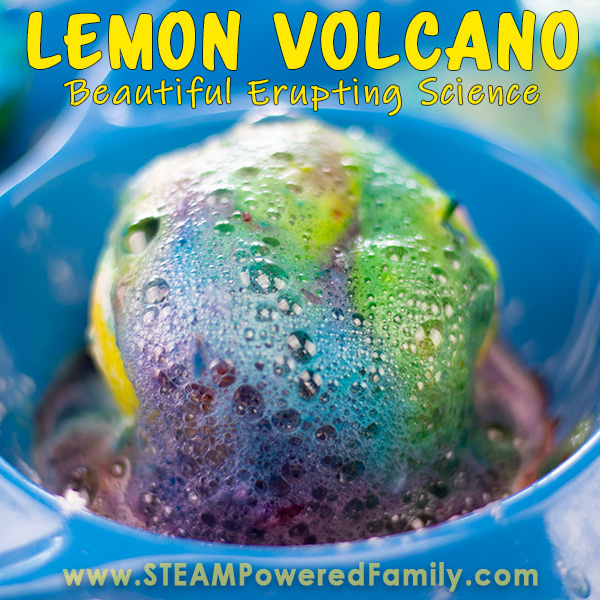
Have you ever made a Lava Lamp at home? This sensory science experiment is mesmerizing! Watching those bubbles bounce and dance and play is sure to capture students of all ages. Best of all, we have 5 different ways you can make a Lava Lamp (including the old favourite with alka seltzer), so no matter what supplies you have available, we have a Lava Lamp experiment you can do.
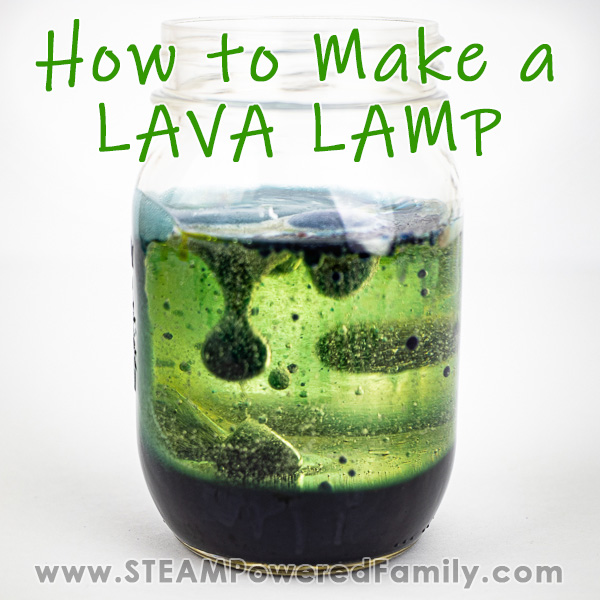
Make Milk Plastic
While teaching elementary science I was always on the hunt for cool science experiments that would impress my kids and really stretch their interests and foster their curiosity. One of the biggest hits of all time was a surprisingly simple experiment, that we never really considered as possible… making plastics. Specifically making bioplastics out of milk . With this concept you can create a lesson that is a powerful way to explore polymers with kids. This easy science experiment is a sure fire hit with students and gives them a wonderful keepsake of their studies.
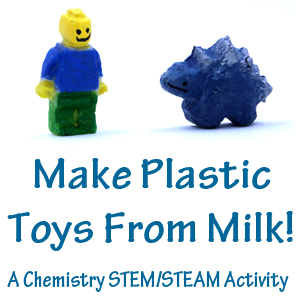
Bouncy Naked Egg in Vinegar Experiment
Have you ever tried to shell a raw egg? Impossible you say? Challenge your hypothesis in this egg in vinegar science experiment ! Not only will you remove the shell from a raw egg, but the result is a bouncy, rubbery, raw egg. An incredibly simple science experiment, it can also be used to teach higher level concepts in osmosis and biology for students learning about the parts of the cell.
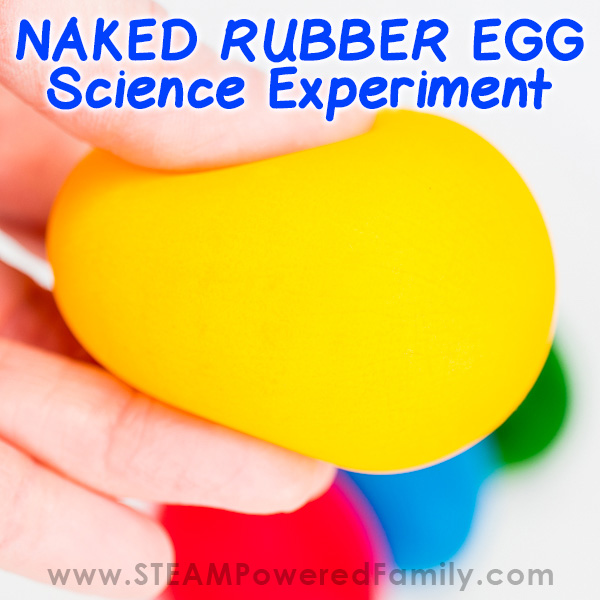
Making Water Rise Experiment Magic
When we did this water experiment the kids jaws hit the floor! It is so simple, but the results shock the kids. This is one very easy science experiment that is also incredibly memorable. It teaches the science of creating a vacuum in a very simple approach with just a jar, water and a candle. Learn how to make water rise and wow your students!
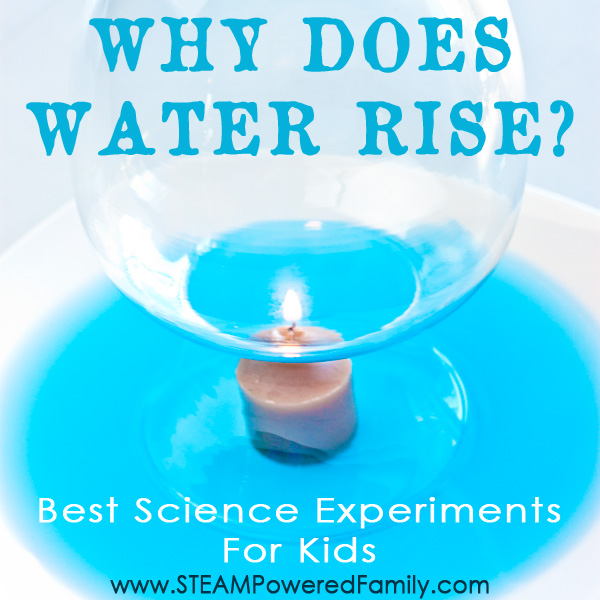
Elephant Toothpaste
You have probably seen the Elephant Toothpaste Science Experiment done on TV or at the Science Center where they create a massive gusher that goes many feet into the air, but did you know there is a very simple and easy way you can do this experiment yourself with items you already have available? This classic science experiment is one every student should experience.
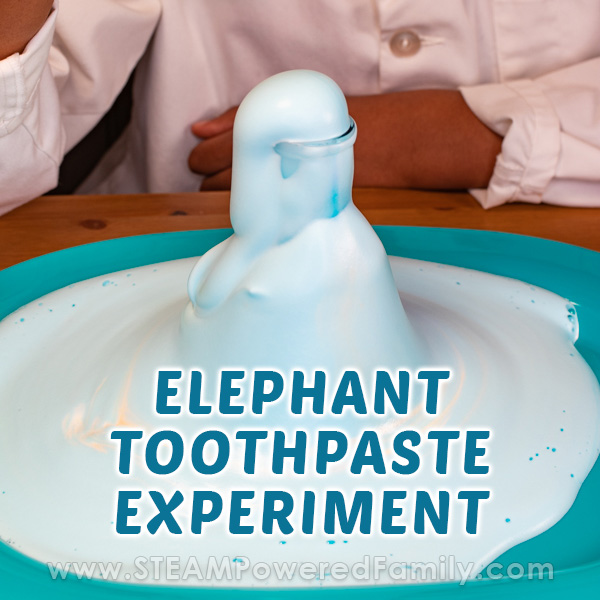
Frozen Bubbles
If you live where it gets well below freezing, one of our favourite winter science experiments is to freeze bubbles . There are some specific science principles you need to understand to ensure this experiment is a beautiful success!
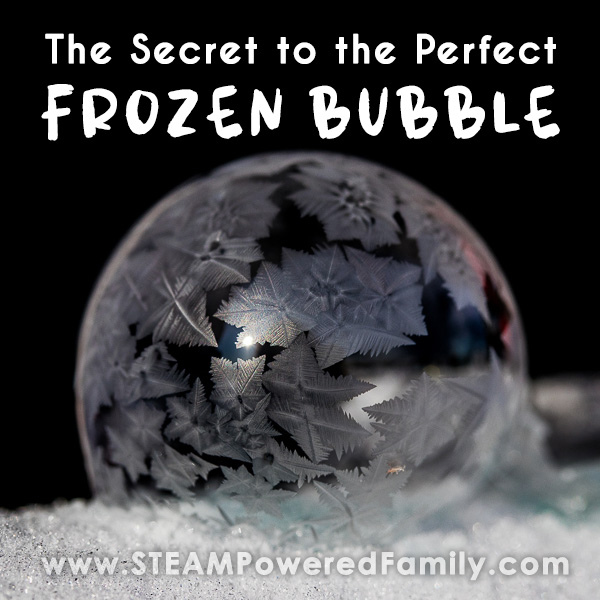
Growing Crystals
As a crystal lover and passionate family of rock hounds, the idea of growing crystals is something that we love! Over the years we have found all the ways to simplify and perfect the process so you can easily grow gorgeous crystals and learn the science behind crystallization. We have made crystals from borax, alum and sugar. We even have edible crystals called Rock Candy … yum!!
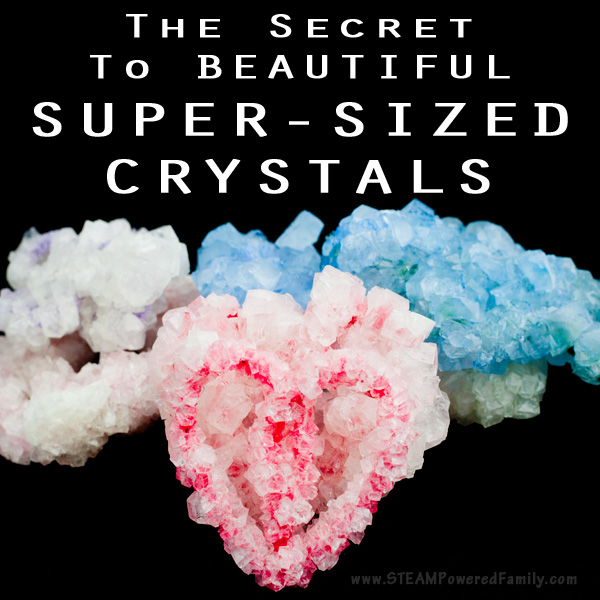
Explore Surface Tension with Glitter (or Pepper) and Soap
Surface tension is the focus of this simple science experiment that provides a powerful demonstration of the effect soap has on surface tension. Do this easy experiment, all you need is a plate, water, glitter or pepper and dish soap. Such an easy science experiment for kids!
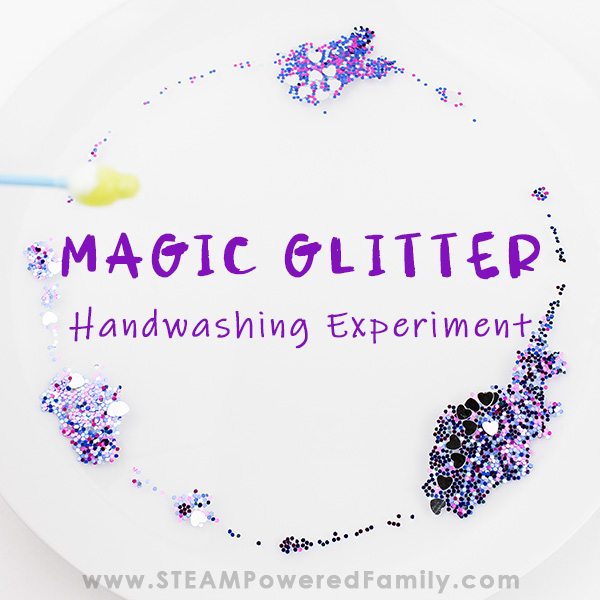
Bottle Crush – Simple Heat Transfer Experiment
Got a soda pop bottle, some hot water and a cold winter day (or a bucket of ice)? Then you have all the makings of a cool science experiment! This this Bottle Crush science experiment , kids feel like all powerful magicians as they crush plastic bottles without touching them.
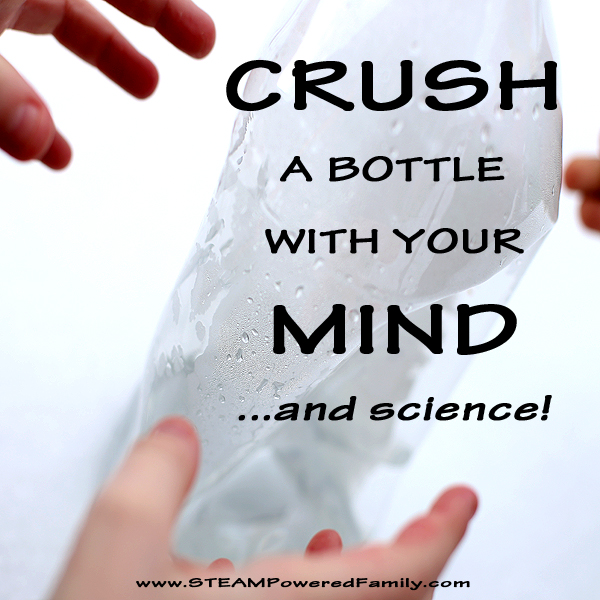
pH Testing Lab
Have you ever done a pH lab ex periment? In this simple version, you can use items from the kitchen to create a science lab that allows students to explore pH and learn more about acids and bases.
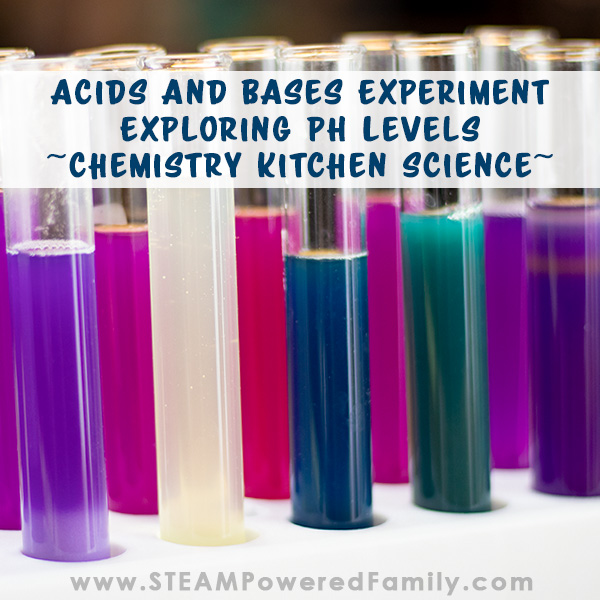
Gummy Mummies – Gummy Bear Mummification Experiment
Gummy Bear Science Experiments are always a hit with kids and in this easy science experiment we explore how the mummification process works. Add an extra fun comparison by also placing some of the gummy bears in liquid.
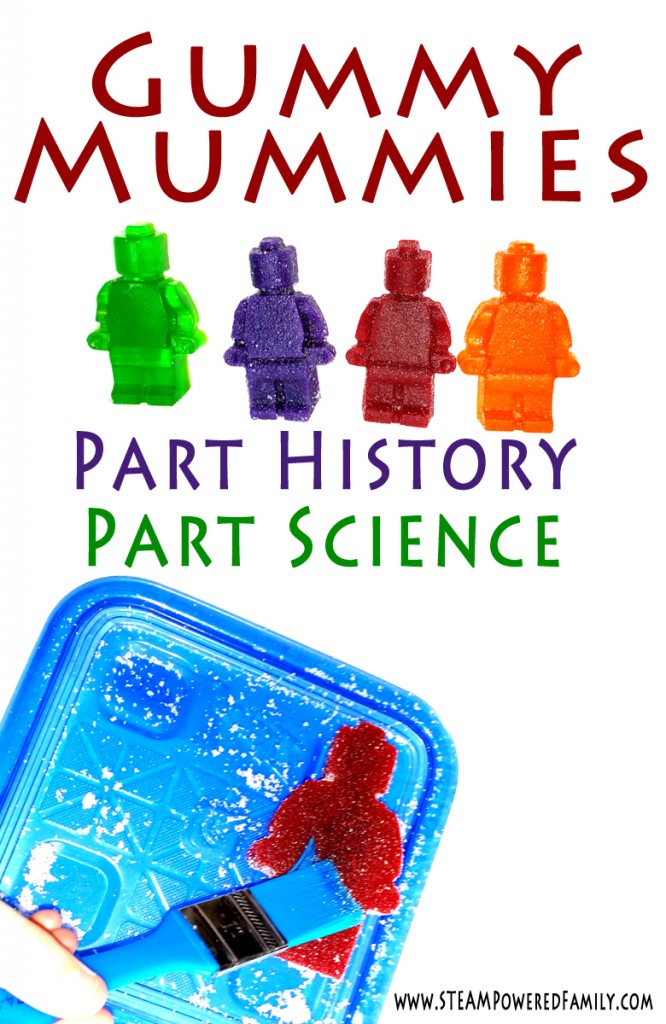
Walking Rainbow
Want a beautiful rainbow science experiment that is soooo easy it all happens without you even needing to do anything? Simply set it up, walk away, and come back to a beautiful rainbow of colours. In the Walking Rainbow Science Experiment kids learn about capillary action and color mixing. All you need is jars, paper towels, water and food coloring.
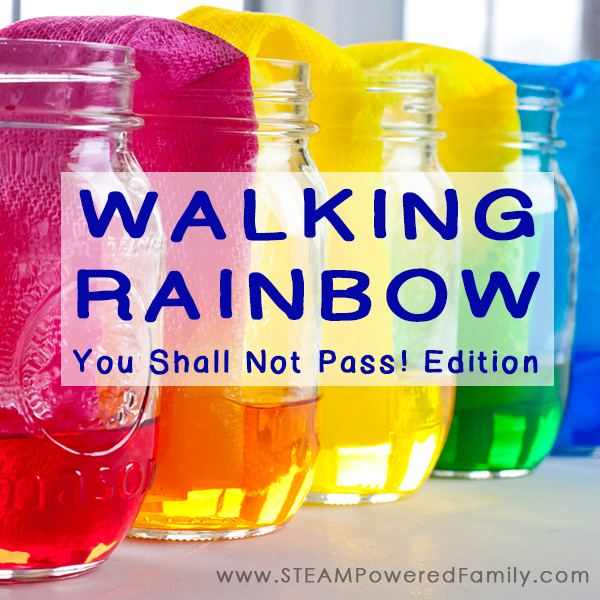
Rainbow Rain
On a rainy day, why not make Rainbow Rain in this simple science experiment for kids. The results are beautiful and will brighten a dreary day. All you need is water, shaving cream and a few drops of food colouring.
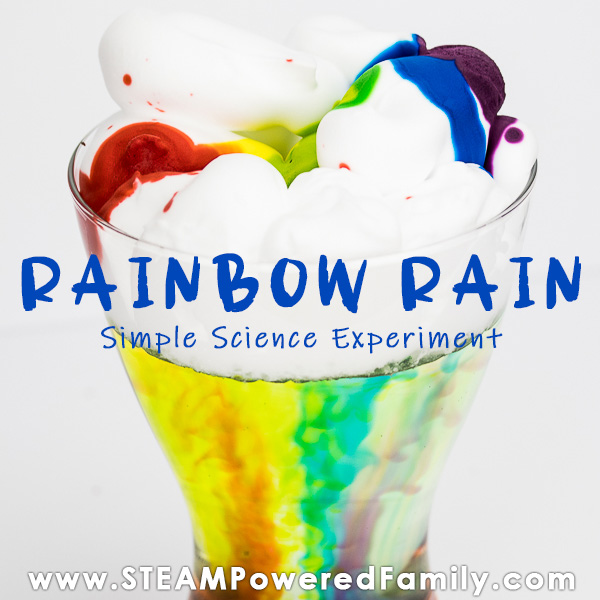
Skittles Experiment
It doesn’t get any easier than the simple Skittles Experiment . All you need is a plate, some Skittles and water. Soon you will have a spectacular science experiment the kids will beg to do again and again.
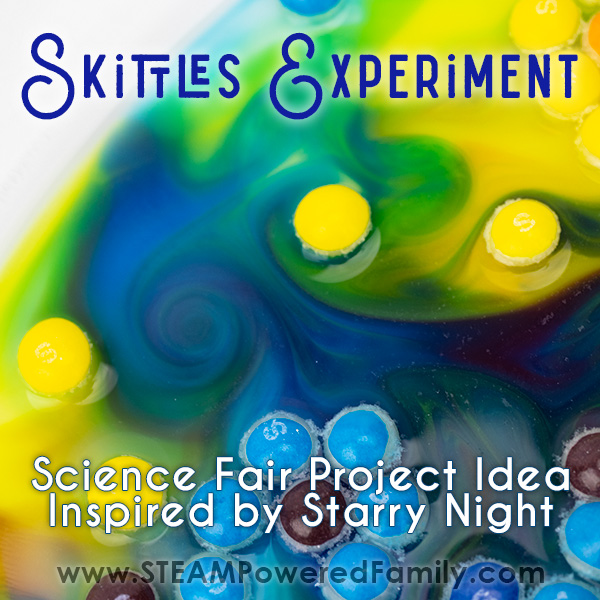
It’s been all the rage for a few years, and whether you love it or hate it, making slime can actually be a fantastic science experiment for kids.
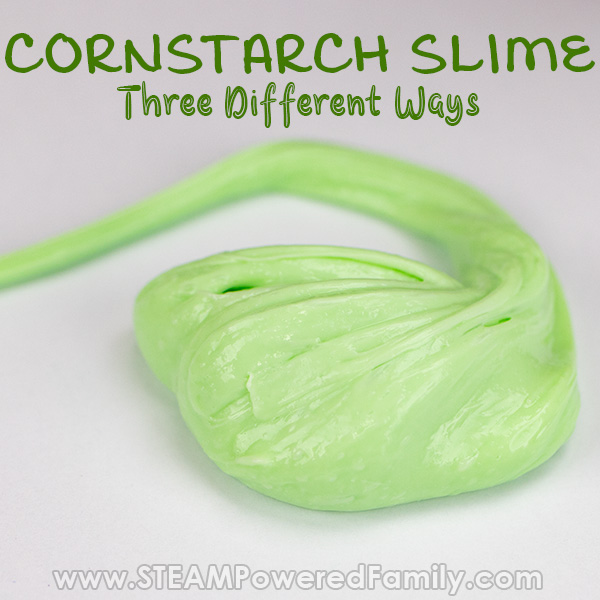
Ready to do one of the most simple science experiments, but also the most fun? It’s time to make non-Newtonian Fluids! Known as Oobleck , it turns sold under pressure and liquifies when you remove pressure. And it will keep kids learning hands on and exploring for hours! The best part is all the different science experiments you can do with Oobleck.
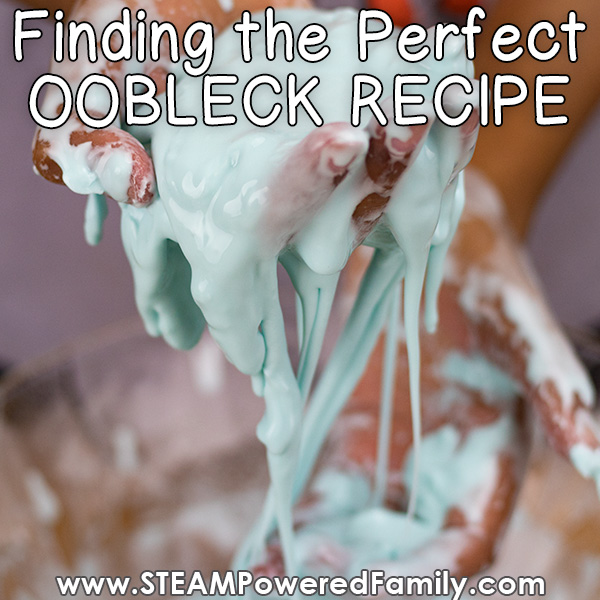
Now when you think of Moon Dough , you don’t immediately think of easy science experiments for kids, but that’s because you have never made Moon Dough the way we make Moon Dough! In our recipes we learn about emulsifiers, glow in the dark science, chemical reactions, heat transfer, all while having so much fun exploring science and sensory play with kids of all ages.
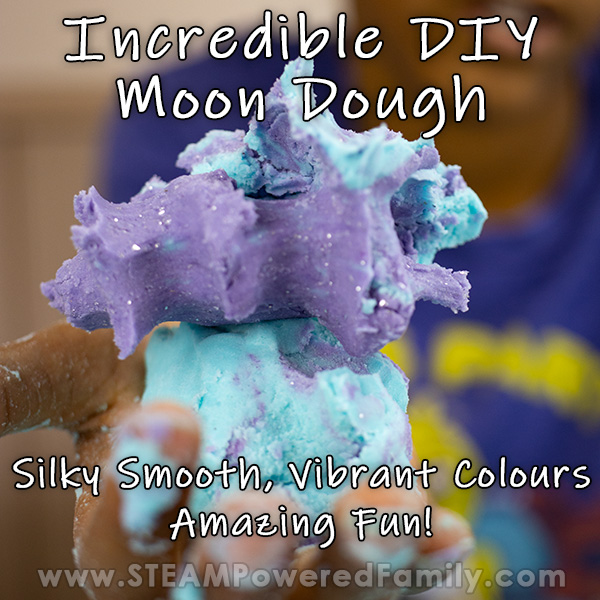
Making playdough with your kids is a great way to teach them about mixtures, solutions, substances, and chemical changes. It is also teaches about the importance of formulas and the role each ingredient plays in creating one of the all time most popular sensory play items, playdough!
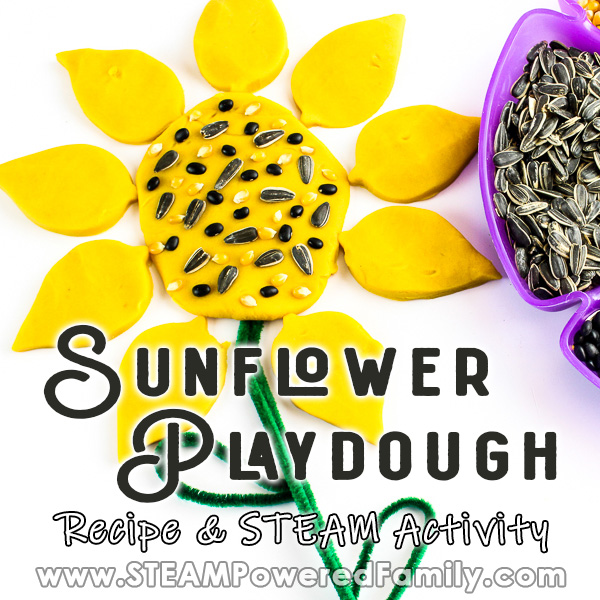
Magic Milk Experiment
Ready for some serious wow factor in a really easy science experiment? Magic Milk is a classic experiment that always mesmerizes kids. Over the years we have used it to learn about surface tension, space, pollution on Earth Day, and so much more. All you need is milk, dish soap and a drop of food colouring… and watch the magic colour explosion happen!
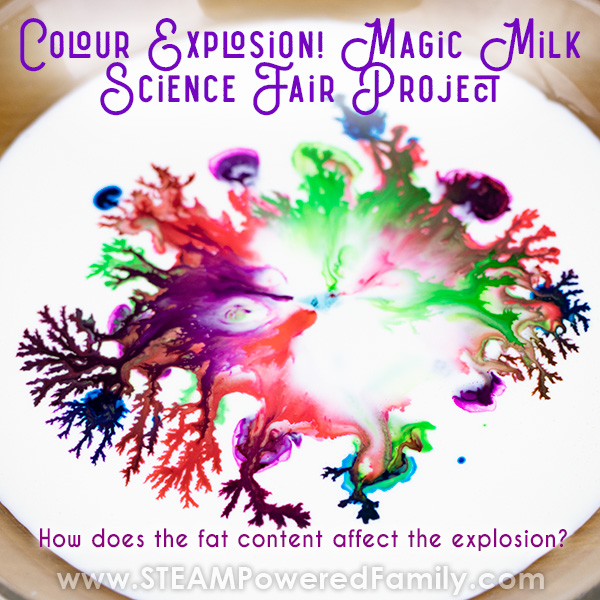
Simple Snow and Ice Experiment
Is it winter where you live? This is a fantastic, very simple and easy experiment to do with young students. All you need is some jars, snow, ice cubes and water… and watch the melting magic !
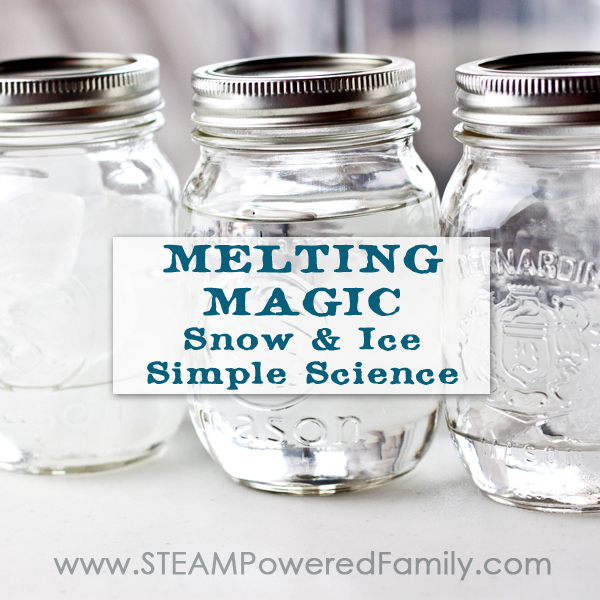
Heat Transfer Experiment – Slurpee Making
Kids love this simple slurpee science experiment where they get a cold, sweet treat at the end in the form of a homemade slurpee! Using the science of heat transfer, kids will make their very own slurpee out of juice. A great experiment for learning about temperature, heat and heat transfer.
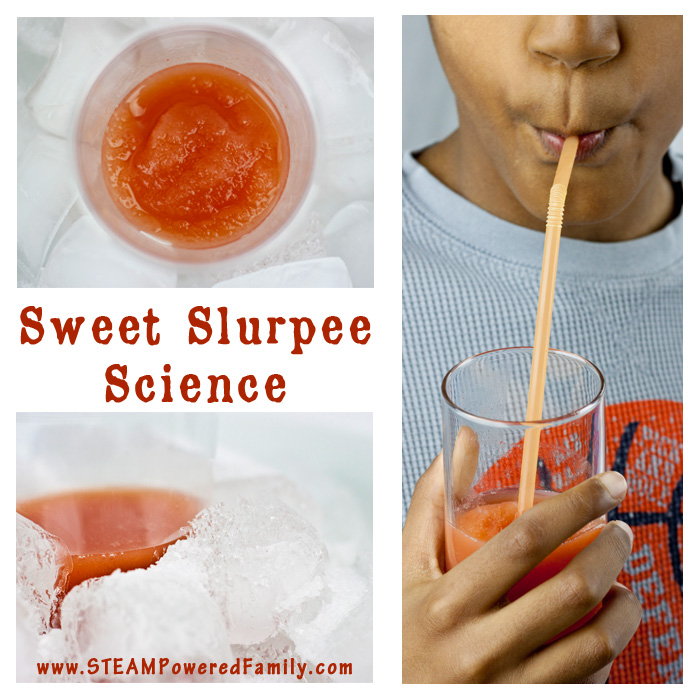
Flying Ghosts Tea Bag Experiment
Obviously this easy science experiment is perfect for Halloween, but don’t let that stop you from doing it at any time during the year. The results of the flying tea bag experiment are always a hit with kids and all you need is fire and a tea bag to set flight to curiosity!
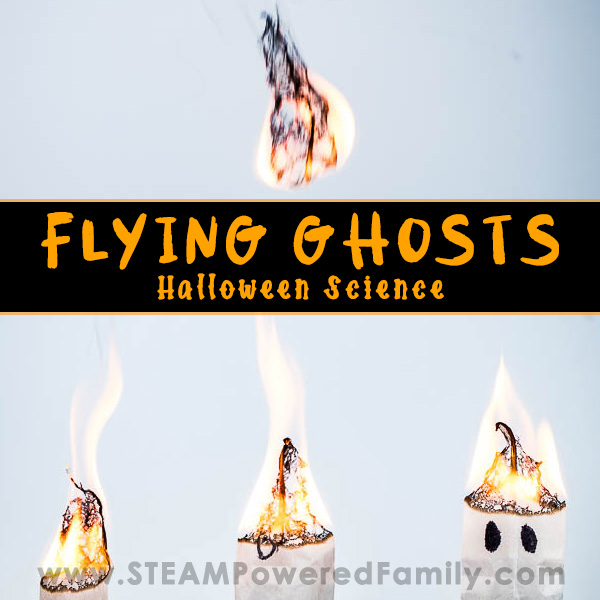
Ice Fishing
Inspire your little ones to learn more about how salt and water react in this fun ice fishing science experiment .

Water and Oil Experiment
Demonstrate how oil and water don’t mix in this colourful oil and water experiment. All you need is a few simple ingredients: water, oil and food colouring. When it comes to easy science experiments for kids, it doesn’t get easier than this!
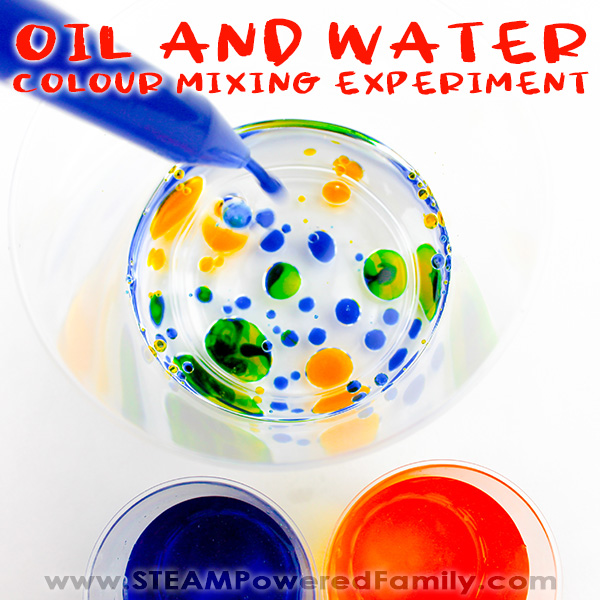
Magnet Science – Harry Potter Inspired Wingardium Leviosa
Use the magic of science to wow students, or teach students this experiment so they can wow their friends with their new found magical abilities. You can also use this science to make ghosts fly! Who knew magnet science was so cool?
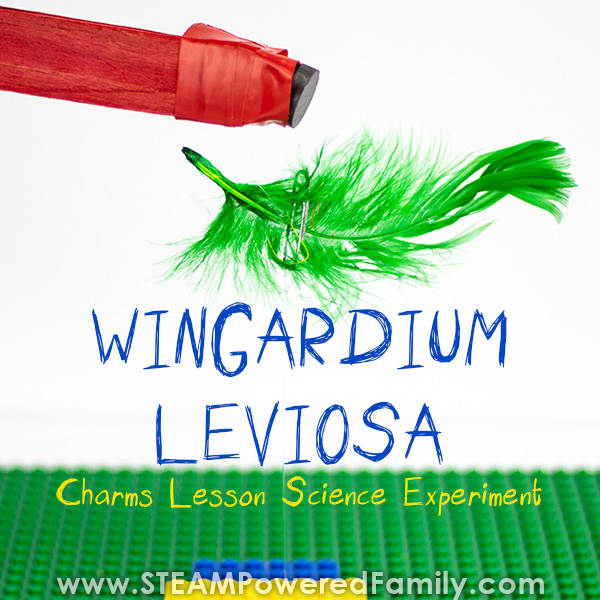
Marshmallow Science
Marshmallows are the secret to easy science experiments that you never knew existed in your pantry! Learn how to teach concepts around heat, molecules, expansion and more in this marshmallow science experiment .
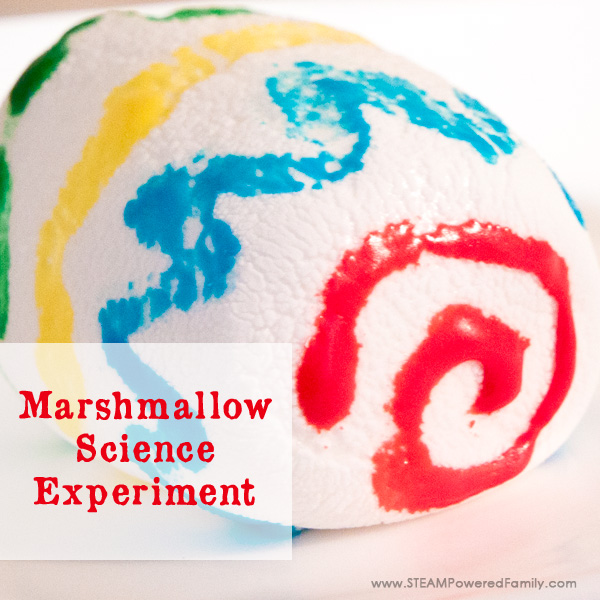
Sky Science
Kids wondering why the sky changes colour during sunrise and sunsets? Or the always famous, why is the sky blue, question? Explore the science of the sky colours in this easy experiment .
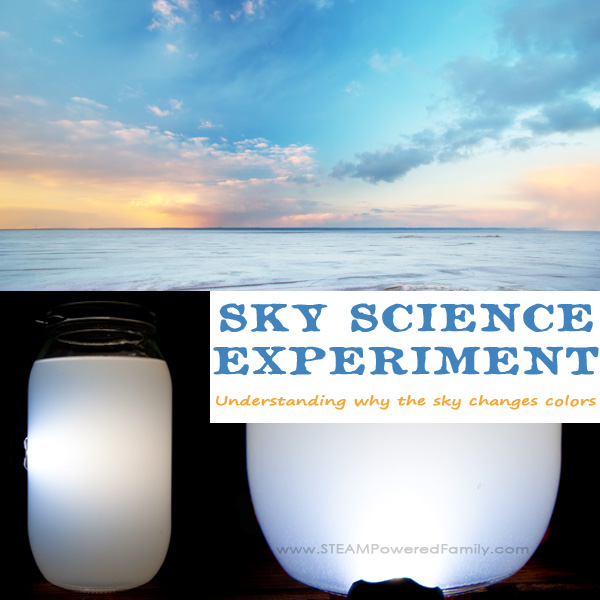
Easy STEM Challenges
Why not combine Science with some Technology, Engineering and Math in these easy STEM Projects for kids.
Build a Popsicle Stick Catapult
One of the original STEM projects kids have been building for generations is the simple catapult. There are lots of different ways you can build a catapult, but here we are making the always easy and popular Popsicle Stick Catapult .
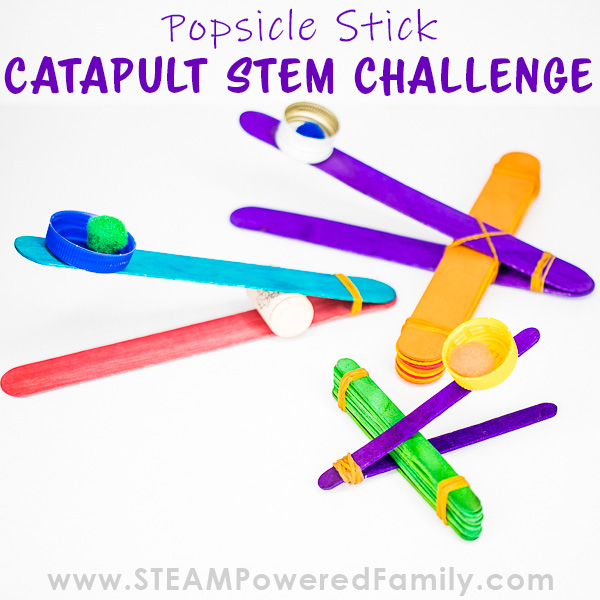
Build a Water Clock
This easy STEM project has some significant historical context that your history loving students will go wild over. Plus building a water clock is surprisingly easy but packs a powerful learning punch.
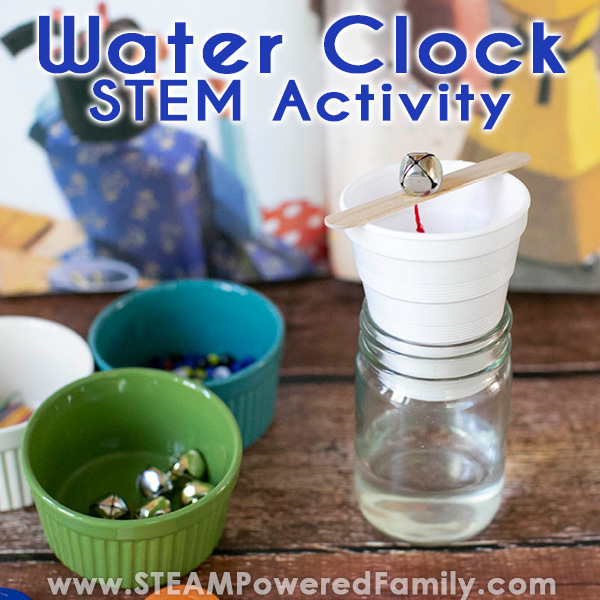
Make a Glow Salt Circuit
Before you start to worry, building a circuit doesn’t have to be difficult. In fact, once your students master the basics of electricity and circuits, they will want to start adding circuits to everything. To get started, one of the most simple circuit projects you can make is our Glow Salt Circuit . Don’t worry, we provide all the detailed instructions to ensure your project is a hit.
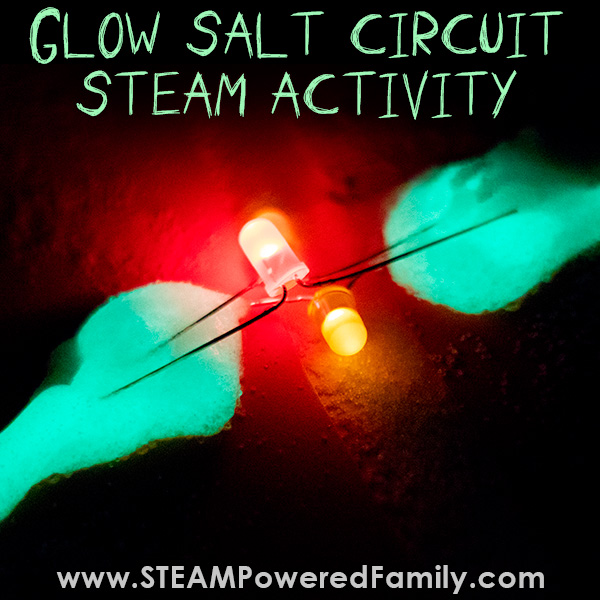
Build a Battery
Another great way to explore electricity science is to build a simple battery out of food. We have built Lemon Batteries , Pumpkin Batteries and even Potato Batteries . Kids love capturing the energy in our foods and using it to light up!
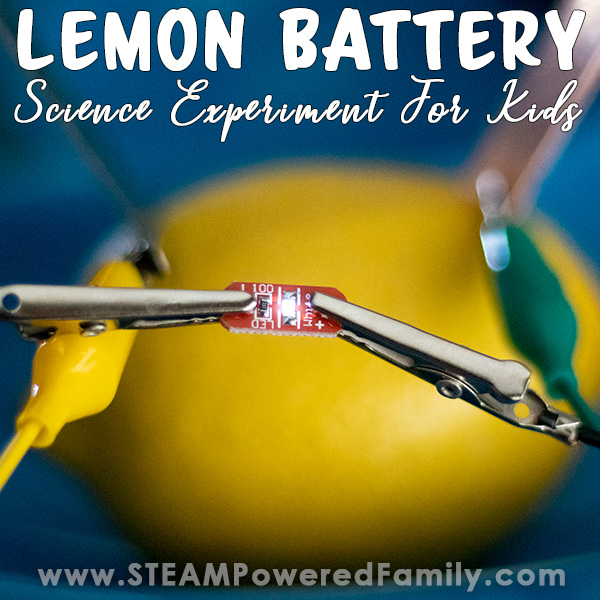
Build a Bridge
A bridge building challenge is a great way to challenge a class either in school, at camp or in an after school program. Kids get to let their innovation, creativity, and understanding of science and engineering go wild as they build their creations. Then test them out against other designs to see which concepts come out on top.
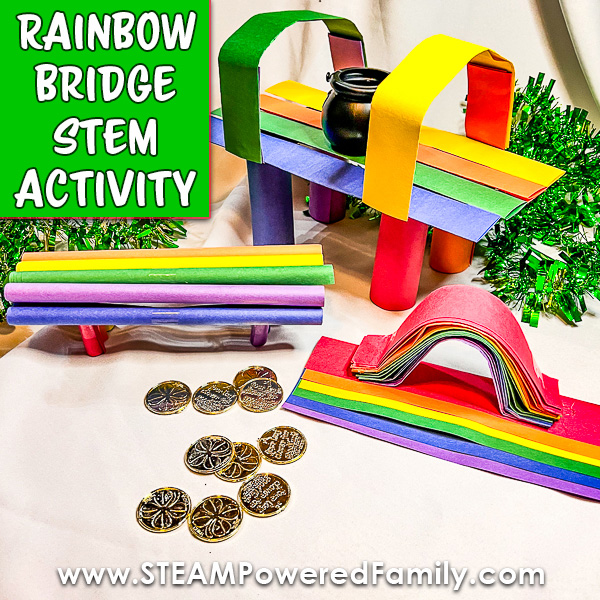
Rube Goldberg Machine
Building simple machines is an incredible STEM project for all ages. With a Rube Goldberg Machine you are linking simple machines into a chain reaction to achieve an end goal. The best part about a Rube Goldberg Machine project is that it challenges students to work together and apply critical thinking and problem skills as they develop their STEM literacy. Check out the Rube Goldberg Machine we built as a Leprechaun Trap .
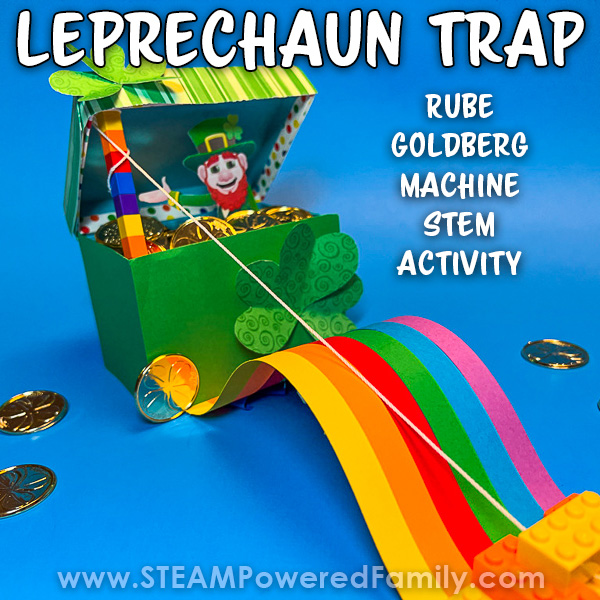
Build a Catapult Cannon
Catapults may be fun, but as kids get older, they want bigger challenges, bigger launches and bigger fun with their learning. Enter the Catapult Cannon , a Catapult design that launches harder and farther than your regular catapults, and challenges students to apply more advanced engineering and physics concepts.
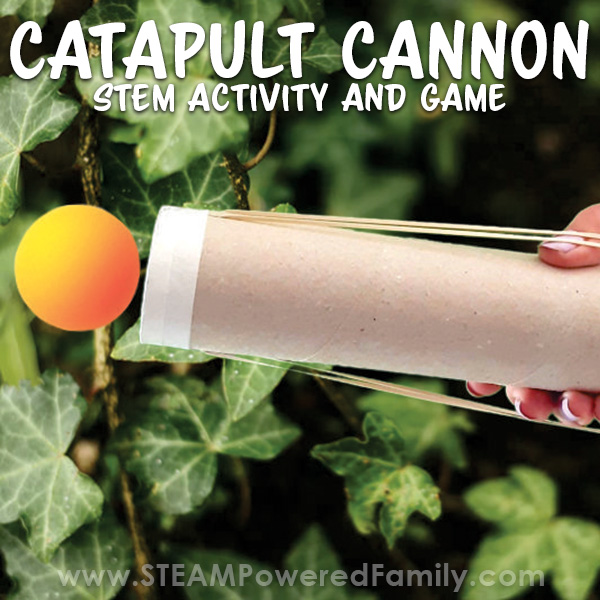
Build a Confetti Cannon or Seed Bomb Launcher
For a smaller scale challenge with mini cannons, try making this Confetti Cannon , which includes two different designs, one for little learners and one more complex design for older kids. Plus you can use a similar design concept to make a Seed Bomb Launcher for homemade Seed Bombs.
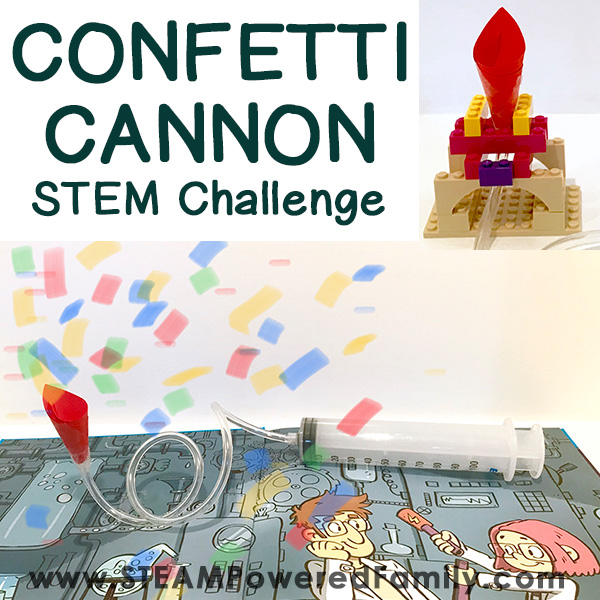
Tower Construction Challenge
A very easy STEM Project is to challenge kids to build a tower. Now you can do this with blocks or LEGO, but up the challenge by having kids build with candy , marshmallows , paper, pasta or even frozen bubbles . Add a time limit to turn this into a one minute STEM challenge.
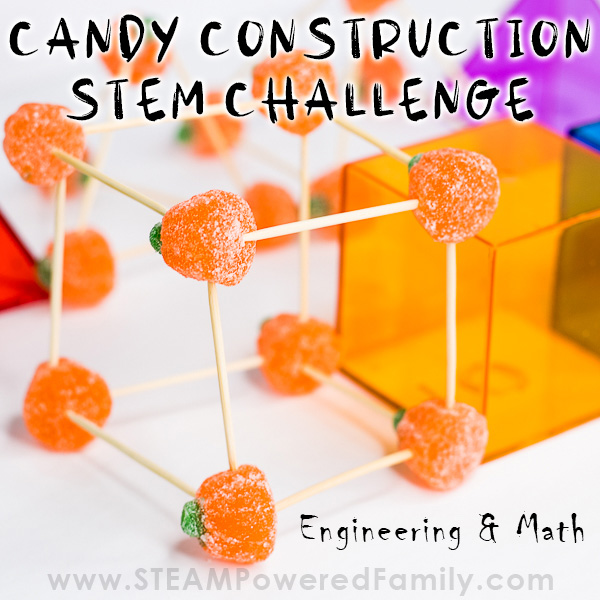
Make a Thaumatrope
Optical illusions are always a fun experiment for kids. For a quick and easy optical illusion for kids, try building Thaumatropes . It is so easy, especially with our ideas and templates.
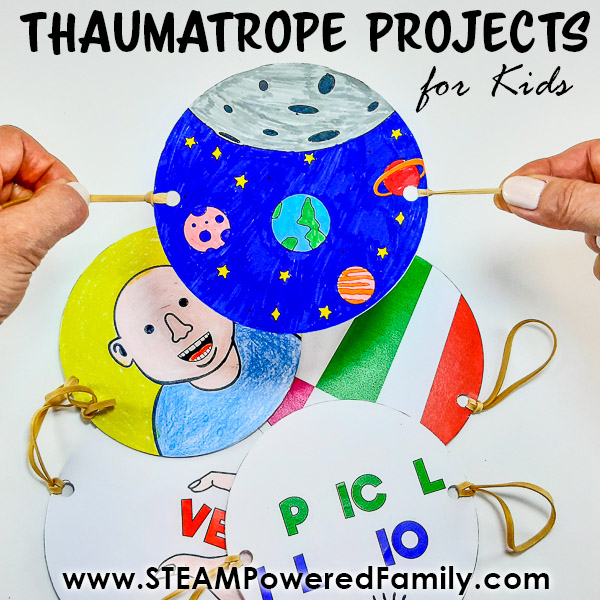
Build a Balloon Car
This is a STEM build that is perfect for a classroom or after school group. Build a Balloon Car that is powered by air. For younger kids, challenge them with the Make It Move STEM Challenge .
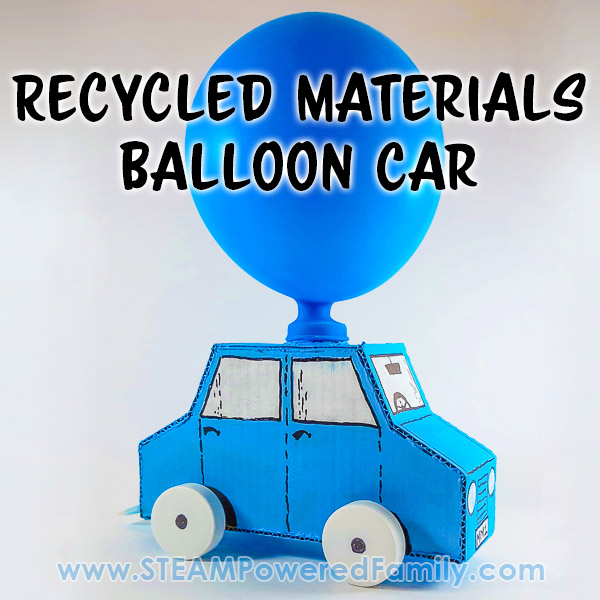
Biology Science Building Models
Turn a boring Biology lesson into a fun science class with a STEM project inspired by the human body. Build functioning models of The Lungs , The Heart or The Hand .
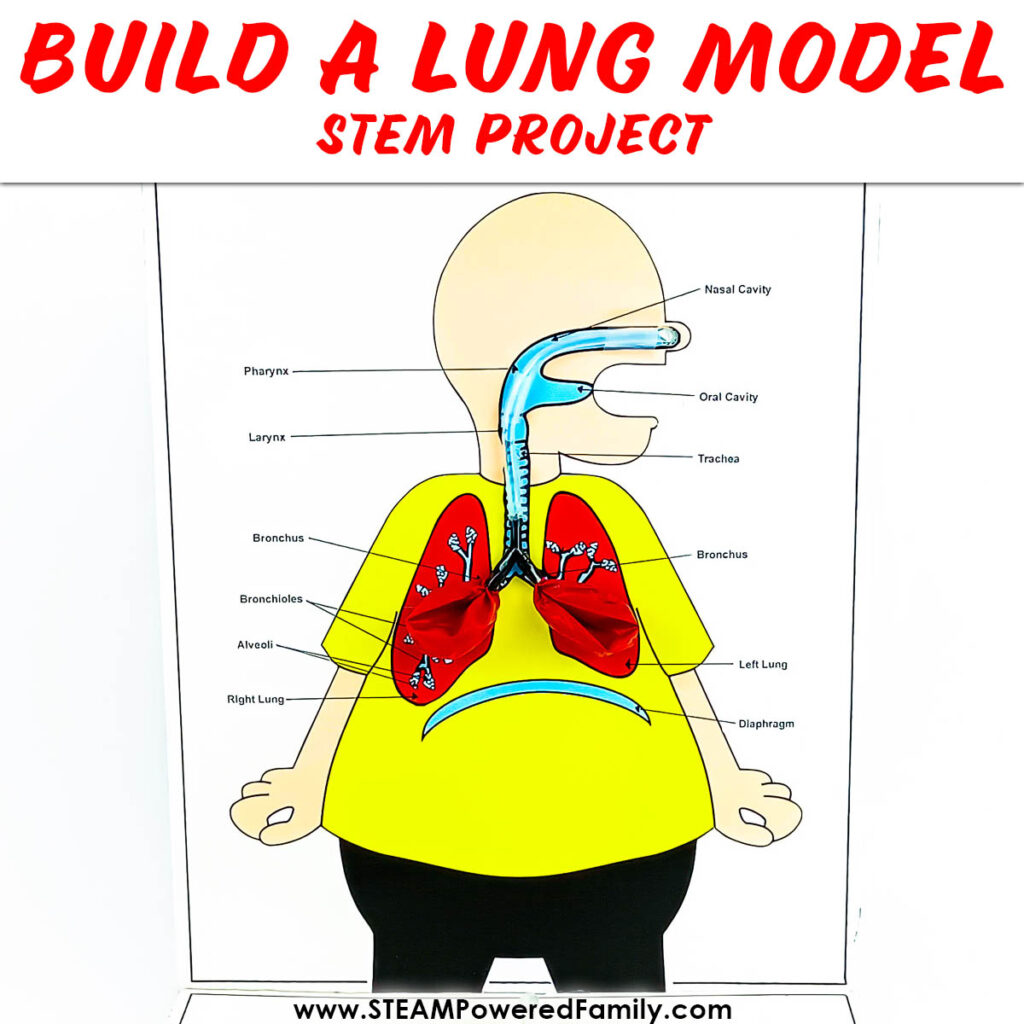
Science Projects and STEM Activities for the Holidays
Need something specific to celebrate the seasons or holidays? Check out all of these resources featuring the best in easy science experiments for kids with a special theme!
Spring Activities
Summer Activities
Fall Activities
Winter Activities
End of School Year
Valentine’s Day
St. Patrick’s Day
Halloween Activities
Christmas Activities
5 Days of Smart STEM Ideas for Kids
Get started in STEM with easy, engaging activities.
- Earth Science
- Physics & Engineering
- Science Kits
- Microscopes
- Science Curriculum and Kits
- About Home Science Tools
Resource Center Home > Teaching Resources & Guides > Worksheets & Printables
Worksheets & Printables
Use our FREE science worksheets, coloring pages, and other printables to make science come alive in your classroom! Includes worksheets suitable for high school experiments, as well as activity and coloring pages for younger grades.
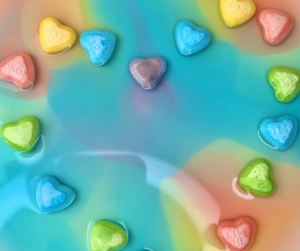
Fun & Easy Science Activities Your Kids Will Love!
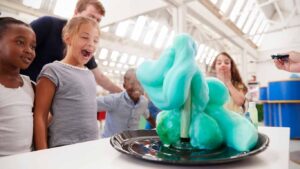
Collect leaves and learn all the colors in leaves — not just the ones you see!

Ever wonder what to do with that left over pumpkin from Halloween or the pumpkin you bought for decorative purposes? How about turning it into a science project?
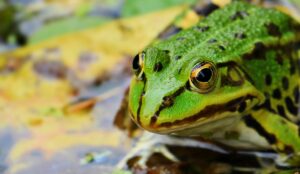
Print this Earth Day word search for your kids.
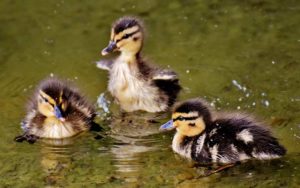
Use this Heart Worksheet to test your knowledge of the five basic parts of the human heart.
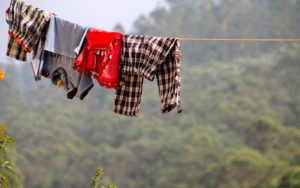
Discover the Joy of Science: 16 Experiments Perfect for Elementary Students
WOW! The 5th graders at Northridge Elementary School participated in our lesson NEWTON’S 2nd LAW OF MOTION. Their experiments helped them understand force, mass, and acceleration. https://t.co/IRMc0iv6RJ pic.twitter.com/a93gleNPnL — WPAFB EO Office (@wpafbeo) March 2, 2022
8 Fun and Easy Science Experiments for Kids
Science is a captivating journey of exploration, and what better way to spark curiosity than through engaging and fun experiments? Introducing kids to the wonders of science through hands-on activities makes learning enjoyable and instils a love for discovery. Here are eight delightful and easy science experiments for kids that promise to ignite their interest in the fascinating world of science.
- Rainbow Milk Explosion: (Ages 5-8 years) Create a burst of colours with the rainbow milk explosion experiment. Pour whole milk into a shallow dish, add drops of various food colours, and then touch the surface with a cotton swab dipped in dish soap. Watch in amazement as the colours swirl and dance, demonstrating the scientific principles of surface tension and chemical reactions.
- Balloon Rocket: (Ages 5-8 years) Turn a simple balloon into a rocket and learn about the laws of motion. Attach a straw to a string and thread it through the balloon. Tape the straw to a surface, blow up the balloon, and let it go. The balloon zooms along the string as the air rushes out, showcasing the forces that propel rockets into space.
- DIY Lava Lamp: (Ages 9-11 years) Create a mesmerising homemade lava lamp using common household items. Fill a clear bottle with water, leaving some space at the top. Add vegetable oil and a few drops of food colouring. Drop Alka-Seltzer tablets into the bottle and watch as colourful blobs rise and fall, emulating the movements of a lava lamp. This experiment introduces kids to the concept of density and chemical reactions.
- Invisible Ink: (Ages 9-11 years) Unleash the secret agent in your child with invisible ink. Mix lemon juice with water and use a cotton swab to write a message on paper. Allow it to dry. When you're ready to reveal the hidden message, gently heat the paper (with adult supervision) to watch the invisible ink magically appear. This experiment explores the science behind acids and oxidation.
- Water Cycle in a Bag: (Ages 5-8 years) Witness the water cycle in action with a simple and captivating experiment. Fill a ziplock bag with water and tape it to a sunny window. Over the next few days, observe as the water evaporates, forms condensation on the bag's interior, and eventually precipitates back down. This experiment provides a tangible understanding of the water cycle and weather processes.
- Dancing Raisins: (Ages 9-11 years) Turn a seemingly ordinary snack into a lively dance party with the dancing raisins experiment. Drop raisins into a clear glass of soda and observe as they rhythmically move up and down. This experiment demonstrates the principles of buoyancy and gas release, making science educational and entertaining.
- Egg in a Bottle: (Ages 9-11 years) Amaze your young scientists with the egg in a bottle experiment. Place a peeled, hard-boiled egg on the mouth of a bottle, light a piece of paper, and drop it into the bottle. As the fire consumes the oxygen inside, creating a vacuum, the egg gets pulled into the bottle. This experiment illustrates the basics of air pressure and vacuums.
- Homemade Slime: (All ages) Explore the fascinating world of polymers with a DIY slime-making experiment. Mix equal white glue and liquid starch, stirring until the slime forms. Kids can add food colouring for extra fun. This experiment introduces them to the science behind non-Newtonian fluids and the unique properties of slime.
Podar International School: Nurturing Young Minds through Science
At Podar International School, fostering a love for learning includes making education enjoyable and relatable. Science, a subject that thrives on curiosity and exploration, is integrated into our curriculum with a hands-on approach. Through engaging experiments and activities, we aim to impart scientific knowledge and cultivate critical thinking and problem-solving skills in our students.
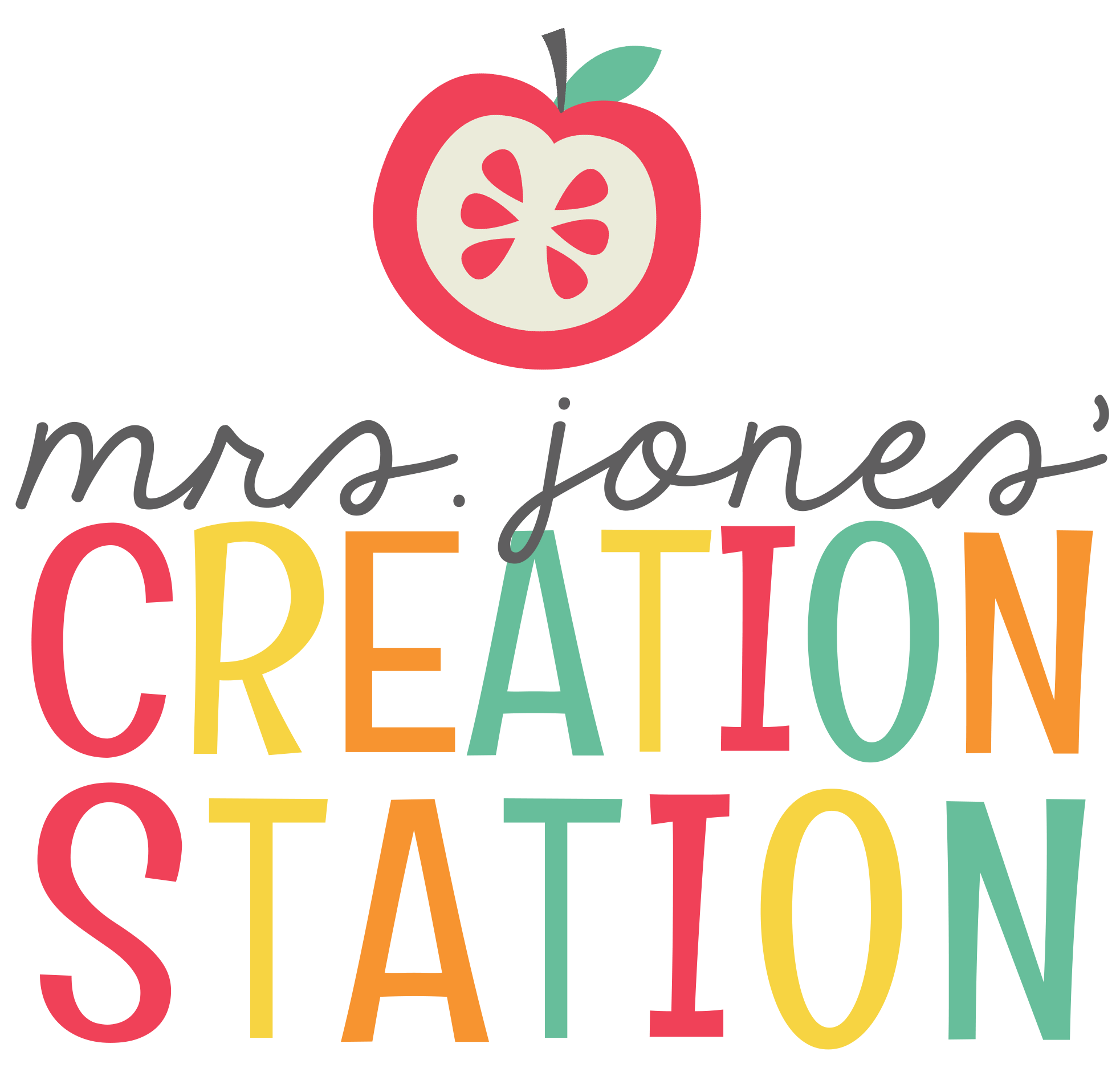
FALL SCIENCE ACTIVITIES FOR LITTLE LEARNERS
This post may contain affiliate links. Please read our disclosure here .
Fall is the perfect time to bring the changing seasons to life in your classroom with engaging, hands-on science activities. From exploring colorful leaves to investigating the color change in leaves, these fall science activities are designed to spark curiosity and make learning about the seasons easy for you and fun for your students. Whether it’s outdoor observations or simple classroom experiments, these activities will keep your kindergarteners excited and eager to learn!

Start with a Good Book
This unit is the perfect way to integrate literacy and science together. Who says you have to use boring textbooks or readers to teach about seasons? There are tons of great picture books that will grab your students’ attention. They are a great way to open and introduce an activity as well! Check out my favorite book list in my Amazon store!

No Planning Necessary!
You heard it! How nice would it be just to copy and paste activities straight to your lesson plan document? These fall science activities provide a detailed, easy to read lesson plan document. With just a few simple supplies, the entire week is planned and ready to go.

Literacy Integration
Along with a list of great books, there some great literacy integration activities to get your students excited about the fall season! Each day we read the provided Fall poem, the interactive poem and fall reader. These resources are great for introducing fall related vocabulary words as well as fluency practice and word recognition.

Hands On Investigations
Going outside to look at leaves is not going to keep your learners engaged. Hands on investigations are the perfect way to encourage learning through visual learning and asking questions. This unit first starts with an outside nature walk. Take them around the school to find their perfect leaf for later in the week.
The next day, students use their leaf to complete their leaf investigation. With this investigation activity, they draw a picture of their leaf, describe it’s size, color and shape.

A lot of students ask why change color. And that’s a great question! I included a fun experiment to explain what happens when chlorophyll breaks down in leaves. What a great experiment to focus on vocabulary words AND unseen concepts!

By the end of the week, we come together to observe our leaves. This leads to a great writing activity at the end to assess understanding!
Want to use the reader in your classroom this fall? Click the download button to grab it for FREE!

Want the Science Activities? Click below!

LIKe what you read?
subscribe to our newsletter for more ideas and offers
Become an mjcs subscriber!
sign up to get weekly newsletters and deals!

COPYRIGHT © 2023 MRS. JONES CREATION STATION, INC.

want this freebie?
After you complete this form your freebie will appear in your INTERNET BROWSER . Please be sure to download and save the file to your computer before you edit or print.
- Grades 6-12
- School Leaders
Get our mega Halloween worksheets bundle! 👻
Every product is independently selected by (obsessive) editors. Things you buy through our links may earn us a commission.
50 Exciting 2nd Grade Science Projects for the Classroom and Beyond
These simple ideas will help kids fall in love with science.
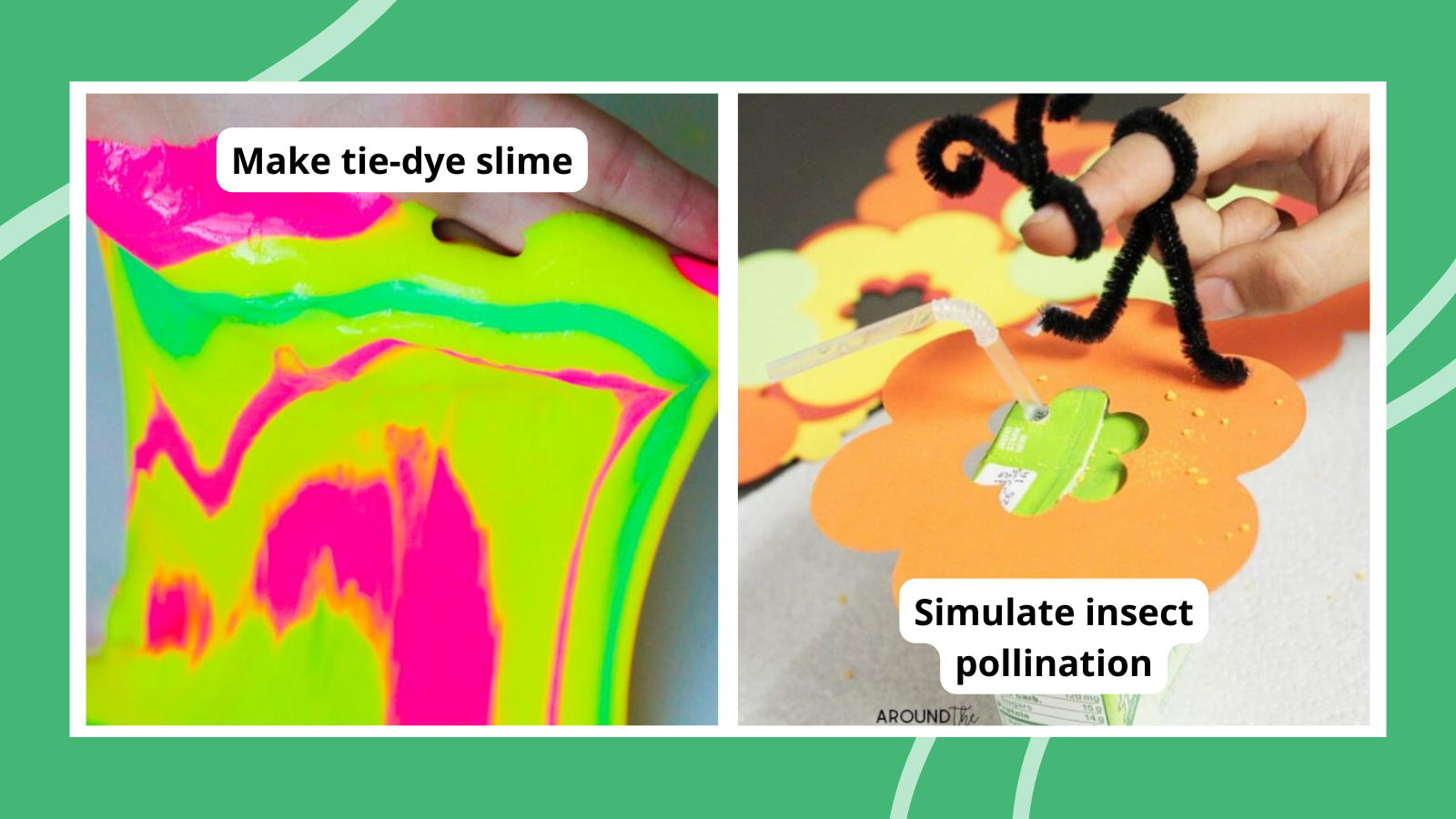
Kids love science, especially when it involves hands-on experiments. These 2nd grade science projects, experiments, and activities are guaranteed to bring excitement and enthusiastic vibes into your classroom. Your students will learn basic concepts about physics, chemistry, biology, and more while having a blast!
To make it even easier to find the best 2nd grade science projects, we’ve given each a rating based on difficulty and the materials you’ll need.
Difficulty:
- Easy: Low or no-prep experiments you can do pretty much anytime
- Medium: These take a little more setup or a longer time to complete
- Advanced: Experiments like these take a fairly big commitment of time and/or effort
- Basic: Simple items you probably already have around the house
- Medium: Items that you might not already have but are easy to get your hands on
- Advanced: These require specialized or more expensive supplies to complete
Nature and Earth Science 2nd Grade Science Projects
Food science activities and projects for 2nd graders, more 2nd grade science experiments and activities.
Explore animals, ecosystems, geology, plate tectonics, and more with these interesting and interactive 2nd grade science activities.
Pollinate like a bee
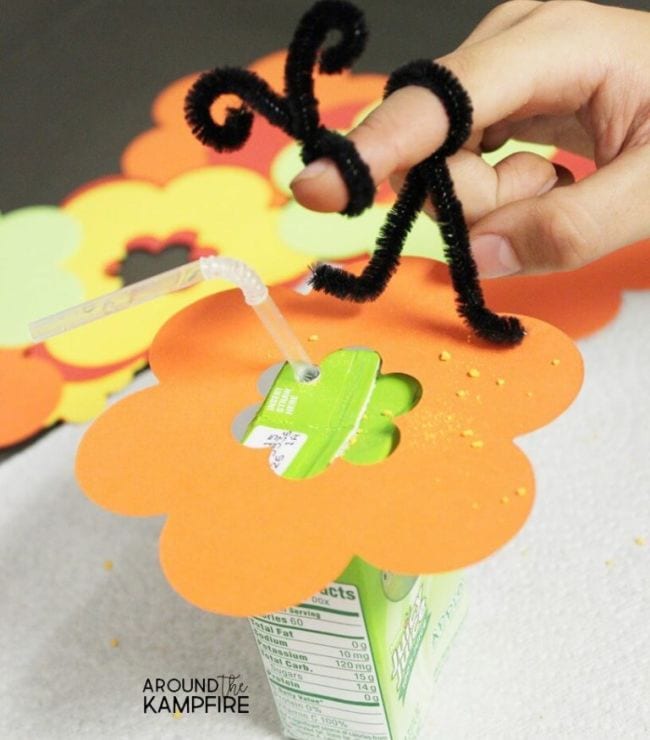
Difficulty: Easy / Materials: Basic
Use pipe cleaner bees to discover how these pollinators pick up and move cheese powder “pollen” from one juice box flower to the next. Simple, fun, and adorable!
Learn more: Cheese Powder Pollination Activity at Around the Kampfire
Simulate a landslide
Difficulty: Easy / Materials: Basic ADVERTISEMENT
This NASA video shows you how to create an indoor landslide in a milk carton, showing students the power of weather, erosion, and nature in action.
Grow a sprout house
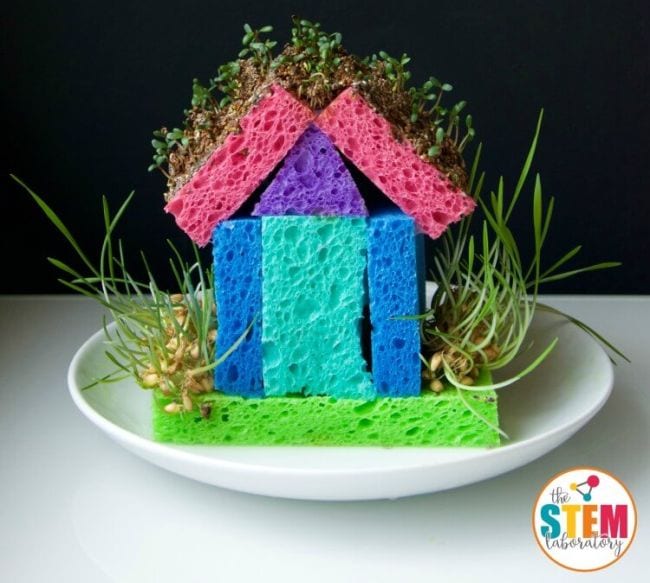
Difficulty: Medium / Materials: Medium
This two-part science project first challenges kids to use their engineering skills to construct a miniature house made of sponges . Then, they plant chia, alfalfa, or other quick-sprouting seeds and keep the sponges moist until they start to grow.
Learn more: Sponge Garden at The STEM Laboratory
Re-create the water cycle in a bag
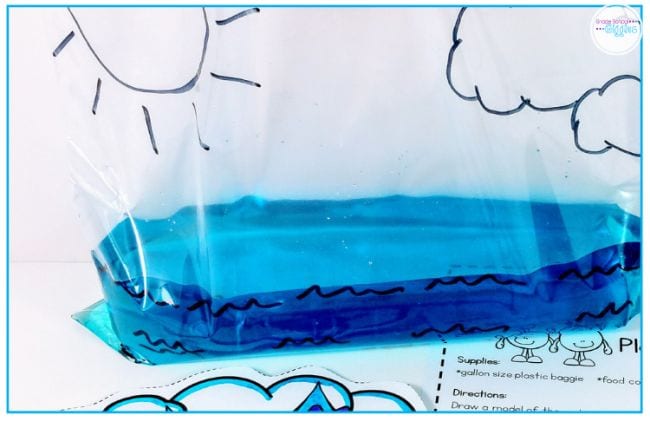
This simple but effective experiment explores the water cycle. Fill a plastic bag partway with water and set it on a sunny windowsill to see how the water evaporates up and eventually “rains” down.
Learn more: Water Cycle Bags at Grade School Giggles
Create an earth model from play dough
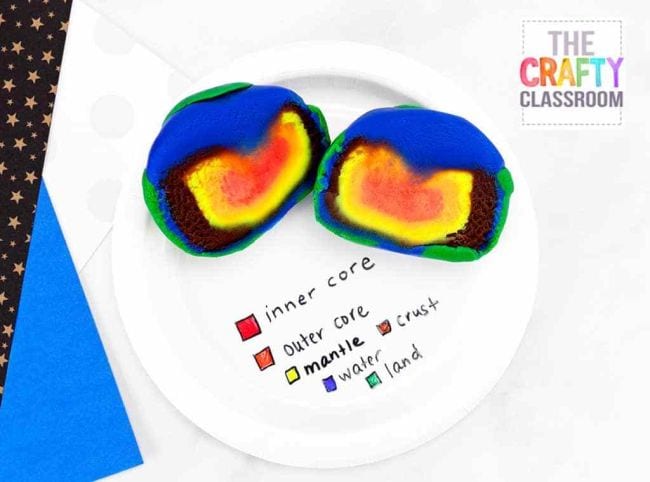
Play-Doh has so many uses in the classroom! Use it to teach 2nd grade science students about the layers of the earth by building a fun and colorful model.
Learn more: Layers of the Earth at The Crafty Classroom
Explore erosion with sugar cubes
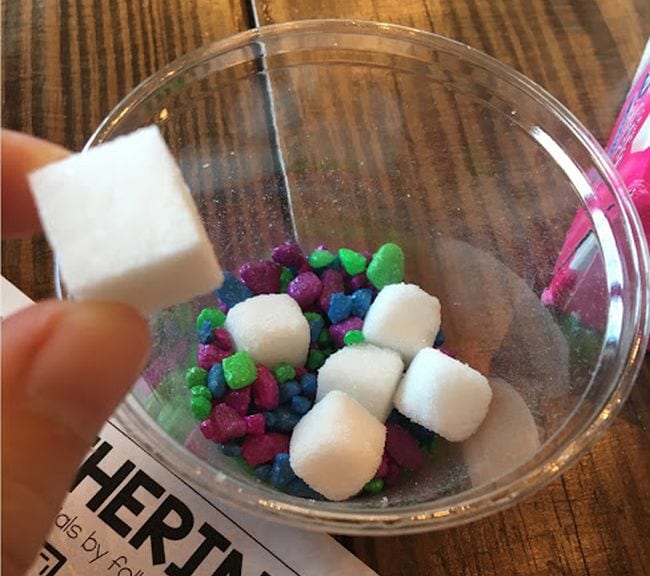
Simulate the effects of erosion by shaking sugar cubes in a cup with some pebbles to see what happens. Get more ideas for 2nd grade science activities about erosion and weathering at the link.
Learn more: Weathering and Erosion at The First Grade Roundup
Find out which liquid is best for growing seeds
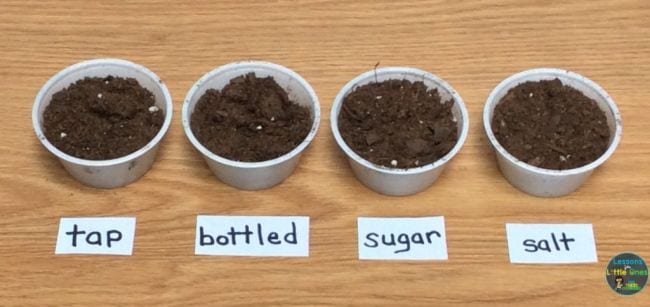
Difficulty: Easy / Materials: Medium
As you learn about the life cycle of plants , explore how water supports their growth. Plant seeds and water them with a variety of liquids to see which sprout first and grow best.
Learn more: Watering Experiment at Lessons for Little Ones
Build a folded mountain
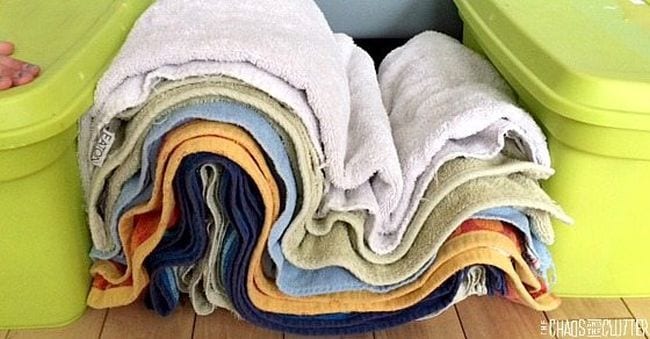
This clever demonstration helps kids understand how some types of mountains are formed. Use layers of towels to represent rock layers and boxes for continents. Then pu-u-u-sh and see what happens!
Learn more: Towel Mountain at The Chaos and the Clutter
Explode a balloon seed pod
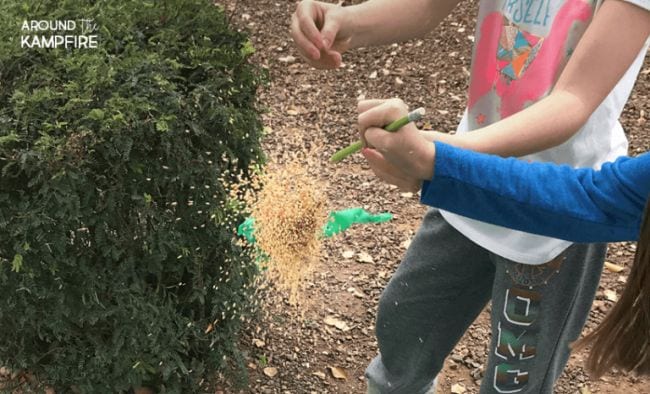
After you learn about pollination, take the next step and explore how plants disperse their seeds far and wide. One way is with exploding seed pods. Use a balloon to see how it works.
Learn more: Seed Dispersal Activity at Around the Kampfire
Watch a leaf “breathe”
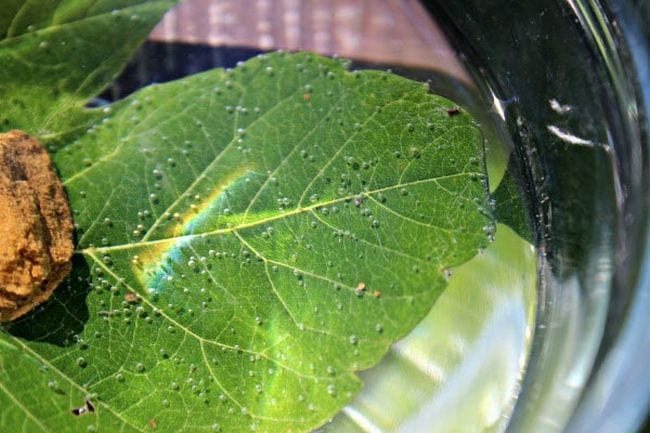
Plants “breathe” through transpiration, and you can see the process in action simply by submerging a leaf in water.
Learn more: Leaf Transpiration at KC Edventures With Kids
Grow a self-sustaining ecosystem
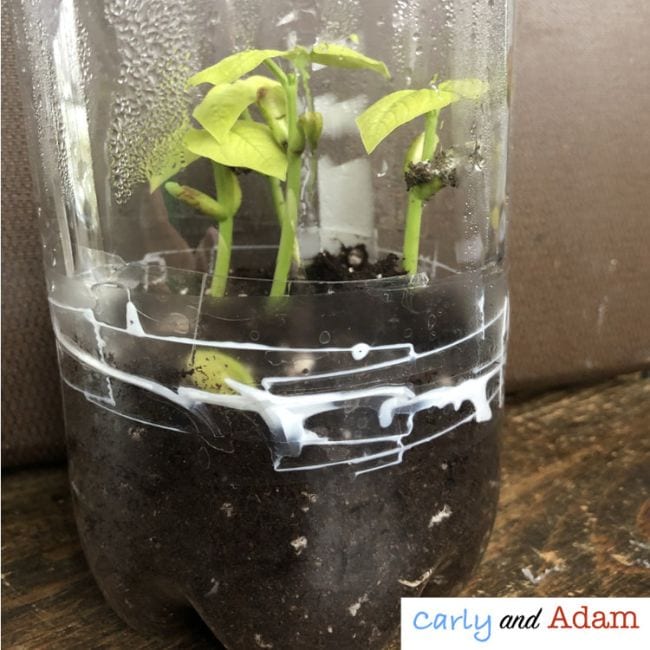
Plant seeds inside a sealed plastic bottle and observe both the water cycle and the plant life cycle in one simple 2nd grade science experiment.
Learn more: Plastic Bottle Planter at Carly and Adam
Compare and contrast animal habitats
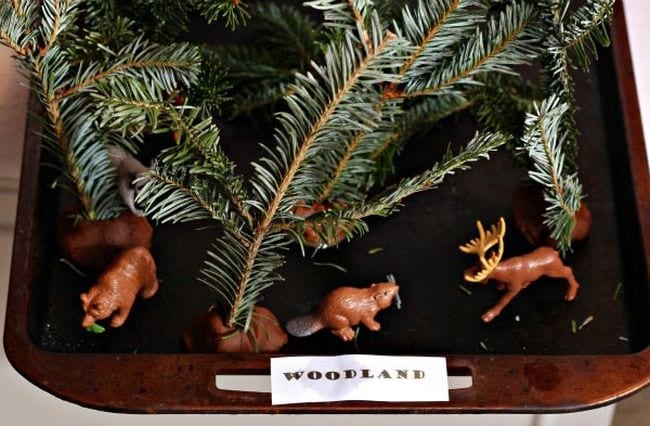
Build a variety of habitats (woodland, arctic, savanna, etc.). Then have kids compare to see how they are similar (all have water) and how they are different (trees, temperatures, etc.).
Learn more: Animal Habitats at KC Edventures With Kids
Discover plate tectonics with graham crackers
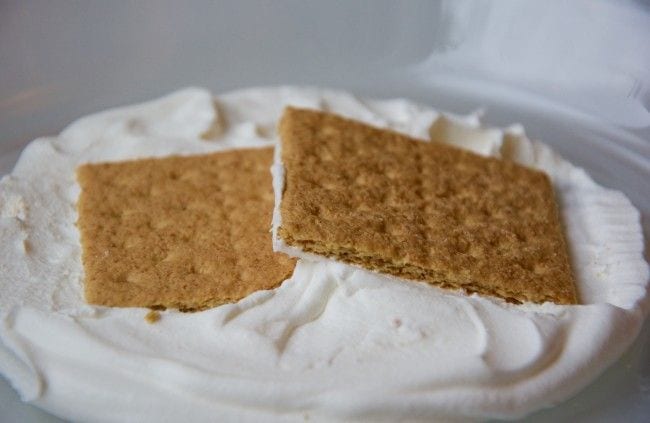
Use graham crackers as the Earth’s crust floating on a bed of whipped topping “mantle” to learn about how tectonic plates interact.
Learn more: Graham Cracker Plate Tectonics at Playdough to Plato
Collect and classify rocks
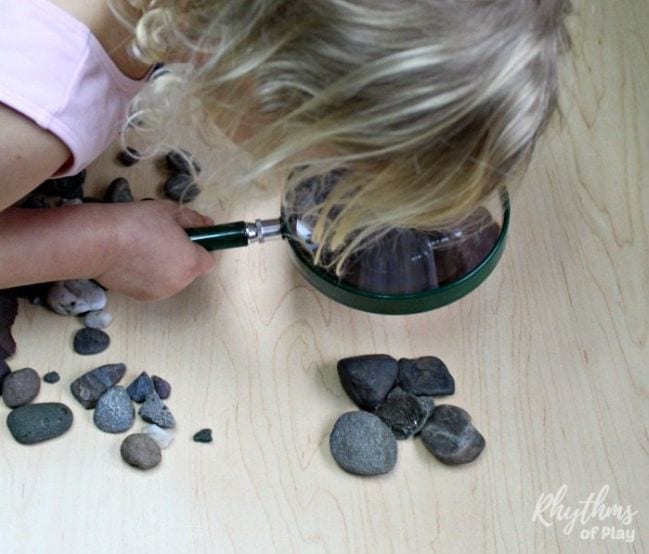
Take a nature walk to pick up rocks of all kinds. Bring them back and have kids examine them closely and sort them into groups by properties (color, size, shape, texture, and so on). This is a fantastic lead-in to learning about the types of rocks.
Learn more: Classifying Rocks at Rhythms of Play
Make edible dirt cups
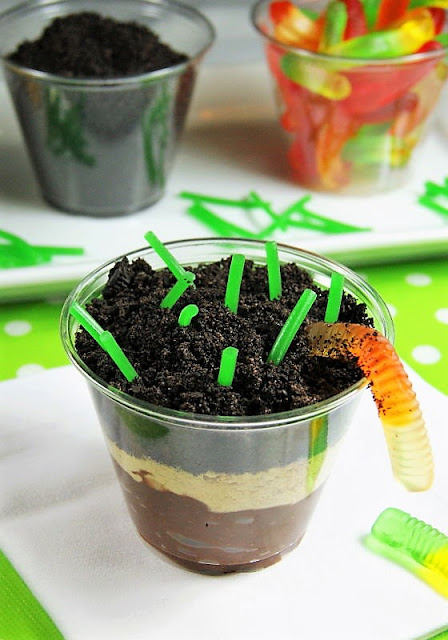
Help your students remember the four types of soil with this tasty 2nd grade science experiment. Layer pudding, graham crackers, and Oreos for a mouthwatering, memorable lesson.
Learn more: Edible Soil Cups at The Kitchen Is My Playground
Raid the pantry and try these kitchen science experiments with your second graders! They all use common food items to explore all sorts of fascinating science concepts.
Power up a lemon battery
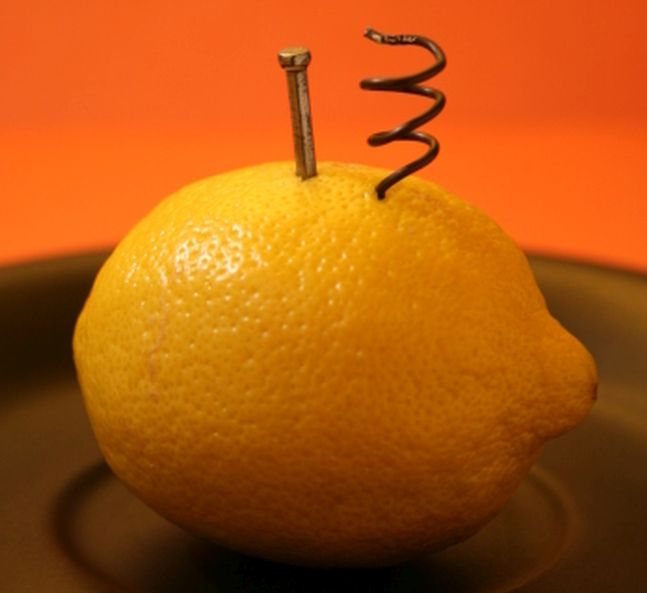
Here’s another classic science experiment every kid should try. They’ll be amazed to learn a citrus fruit can generate an electric current!
Learn more: Lemon Battery at Education.com
Conduct a cookie dunk experiment
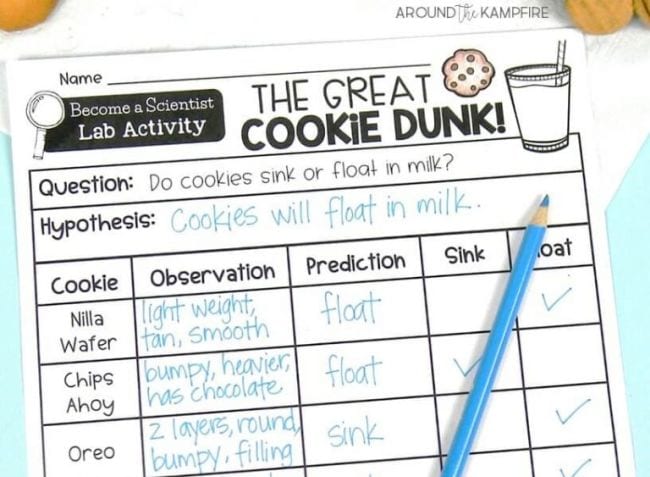
Introduce or review the scientific method with a fun and easy experiment to determine which cookies float or sink when dunked in milk. Then you can eat the results! ( Find more great edible science experiments here. )
Learn more: Milk and Cookies Scientific Method Experiment at Around the Kampfire
Use bread to learn about handwashing

There’s never been a better time for an experiment involving the importance of washing your hands! All you need for this one is bread, plastic bags, and some dirty hands.
Learn more: Moldy Bread Experiment at Parenting Isn’t Easy
Drink root beer floats to learn about states of matter
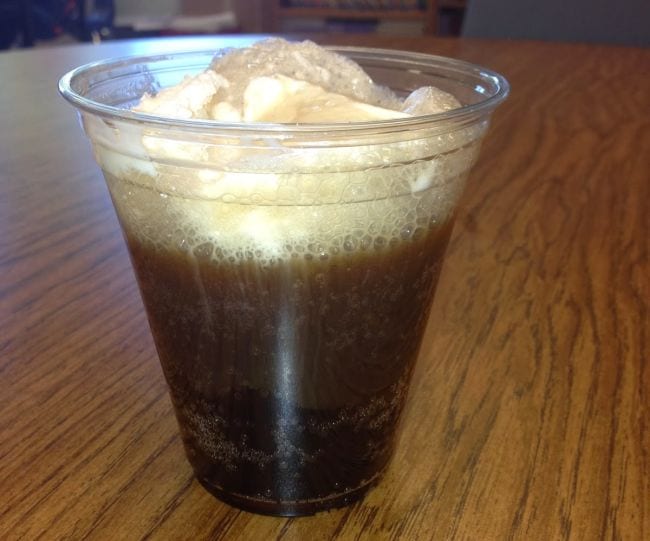
What’s easy to make, delicious to eat, and demonstrates all three states of matter at once? Root beer floats! This will easily be your students’ favorite science lesson of the year.
Learn more: Root Beer Float Science at Learning Lab Resources
Mix flavors in a lollipop lab
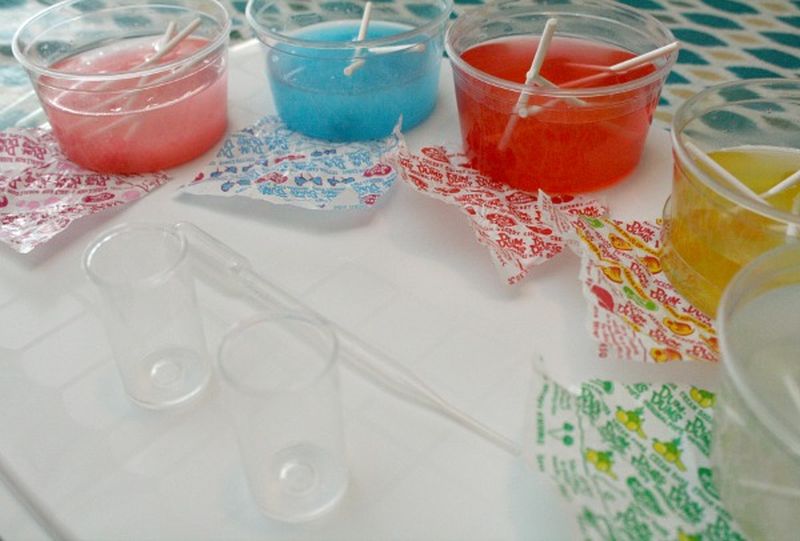
Candy science experiments are always a hit with kids! In this one, they’ll dissolve sugary lollipops in water, then mix flavors to make something new.
Learn more: Lollipop Lab at Fantastic Fun and Learning
Learn about osmosis with gummy bears
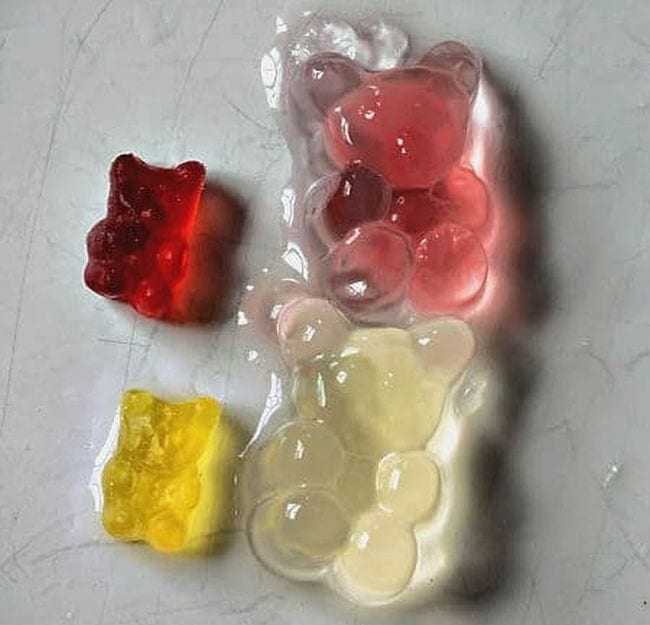
This is one of those classic experiments your 2nd grade science students will love to see in action. Soak the gummies in water to watch them grow through the power of osmosis.
Learn more: Osmosis Gummy Bears at Nurture Store UK
Freeze and observe liquid expansion
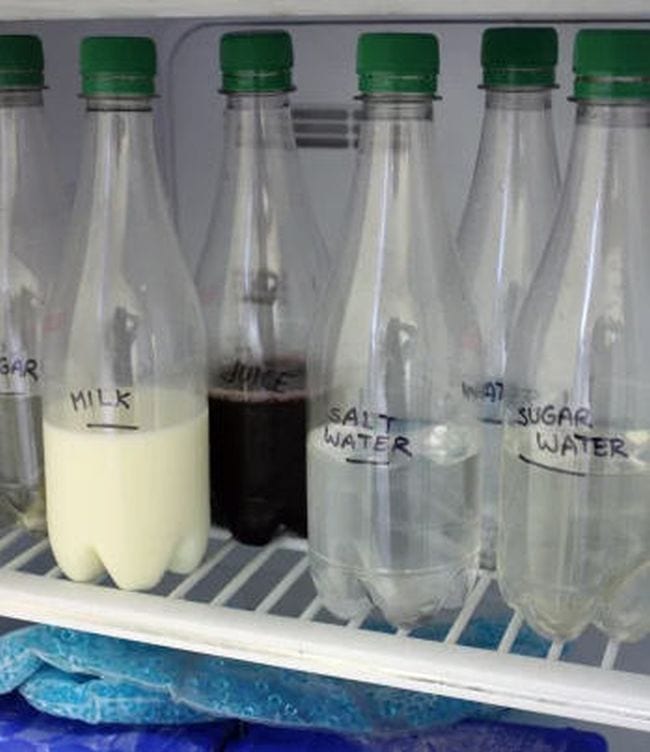
As you explore the states of matter, experiment to see if some types of liquid expand more than others when frozen.
Learn more: Freezing Liquids Experiment at Education.com
Use crackers to learn about properties of matter
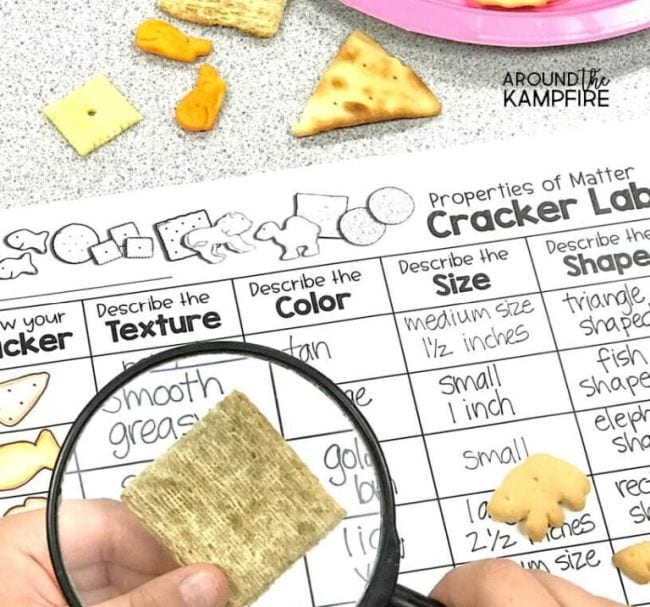
Practice sorting, comparing, and classifying using properties of matter in this tasty experiment. All you need is a variety of snack crackers and inquiring minds! (These magnifying glasses would be fun too.)
Learn more: Properties of Matter Cracker Lab at Around the Kampfire
Demonstrate heat energy with chocolate kisses
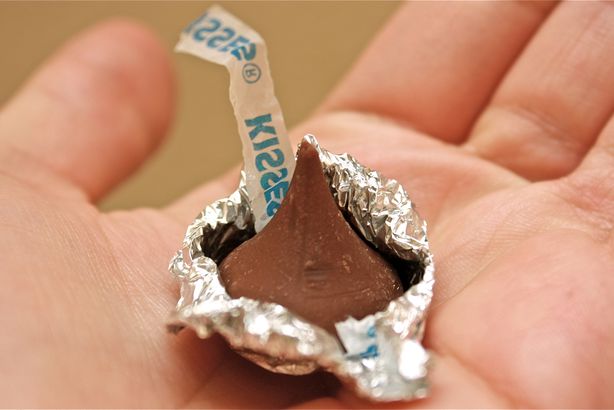
Give each student two chocolate kiss candies to hold onto for five minutes. Students should keep one palm open, while closing their other around the kiss. See what happens simply from our body heat.
Learn more: Chocolate Kiss Experiment at Sandy Fiorini/TPT
Explode a watermelon
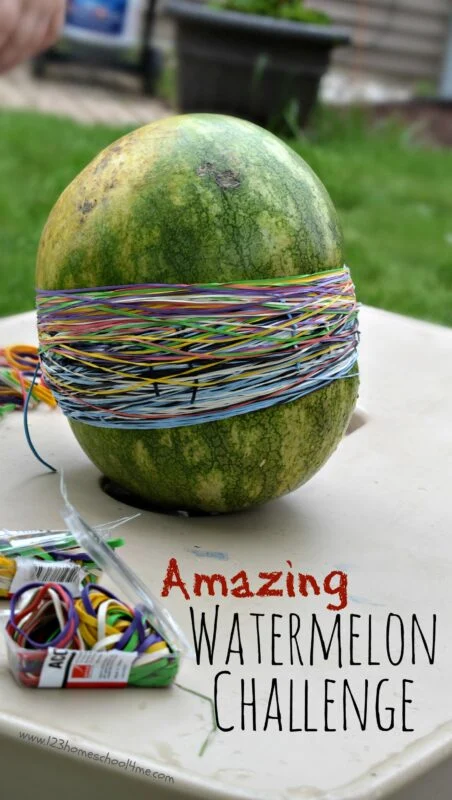
How many rubber bands does it take to make a watermelon explode? Find out while observing the concepts of potential and kinetic energy with your students.
Learn more: Exploding Watermelon Science at 123 Homeschool 4 Me
Turn an egg into a bouncy ball
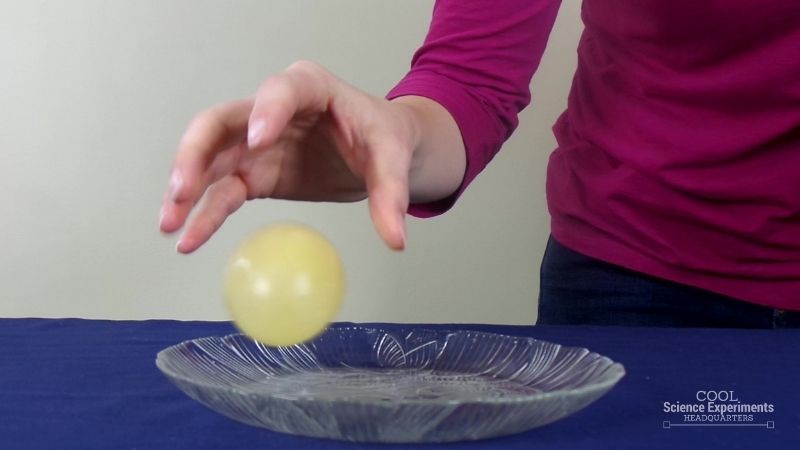
Simply soak an egg in vinegar for 48 hours for this amazing chemical reaction. This is guaranteed to blow your students’ minds!
Learn more: Bouncy Egg Experiment at Cool Science Experiments Headquarters
Build a solar oven to make s’mores
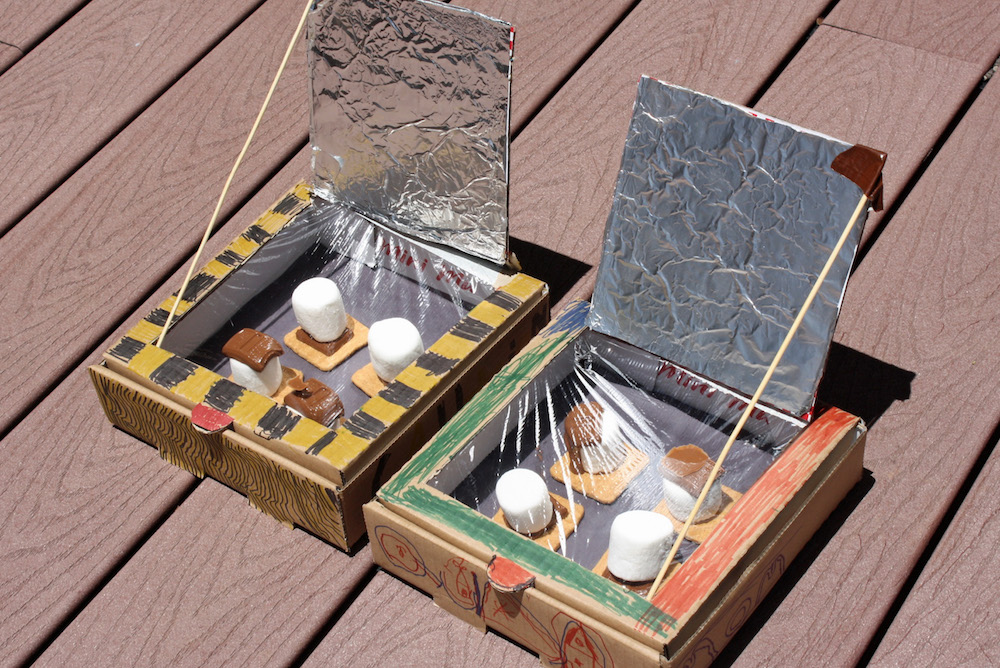
Observe the power of solar energy while baking a delicious, gooey dessert in the process. Yum!
Learn more: Solar Oven Project at Desert Chica
Conduct an egg drop
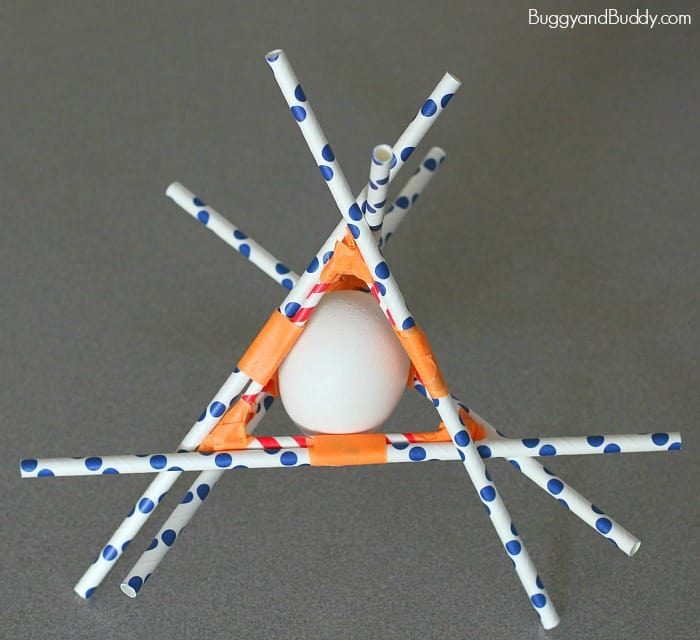
In this STEM project, your students will create a protective egg holder from simple materials. They will love seeing if their contraption keeps their egg in one piece during the competition.
Learn more: Egg Drop at Buggy and Buddy
Drop a Mento in soda and watch it erupt
Here is another 2nd grade science experiment that will make your students explode with excitement. Drop a Mento candy in different types of soda, and see which one causes the tallest geyser.
Build marshmallow-and-pretzel structures
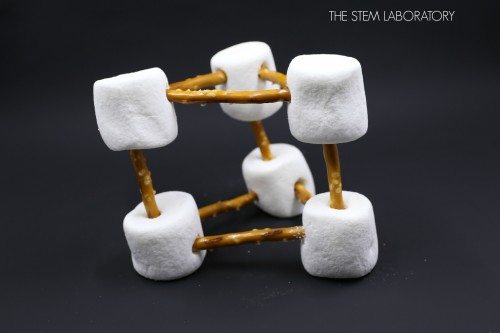
Get creative while practicing engineering skills by building structures with marshmallows and pretzels. Sweeten the deal by eating them afterwards!
Learn more: Pretzel Marshmallow STEM Challenge at The STEM Laboratory
Kids will love these 2nd grade science ideas, from making their own slime to projecting stars on their ceiling, and everything in between!
Brew up tie-dye slime
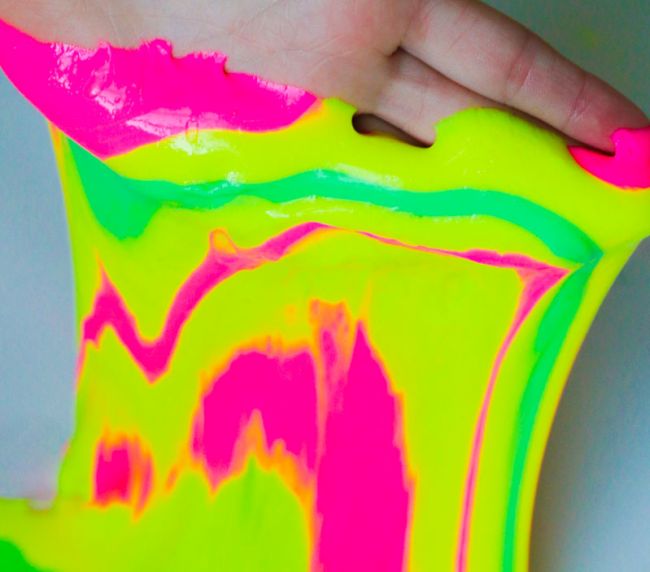
Slime is more than just an ever-popular toy. It’s also got a lot of great science behind it. Mix up some eye-popping tie-dye slime and take the opportunity to learn about polymers and non-Newtonian fluids.
Learn more: Tie-Dye Slime at I Heart Arts and Crafts
Dissect a seed
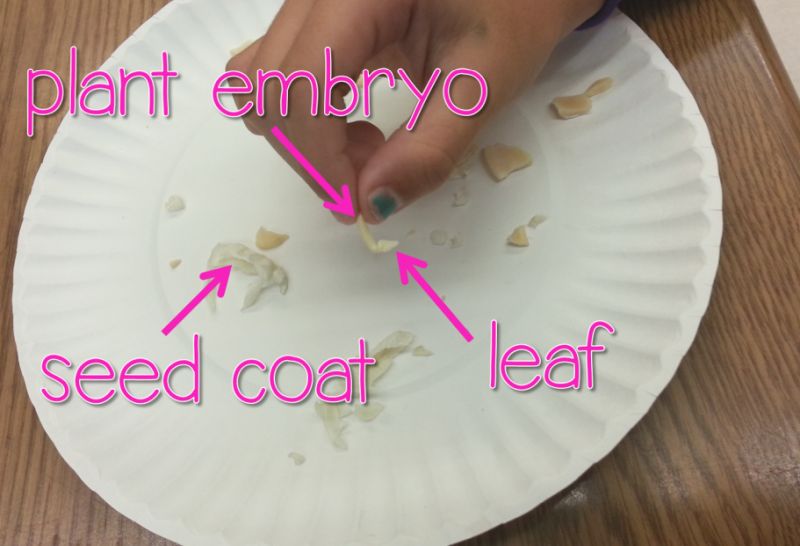
Soak a large seed (beans are ideal) in water, then carefully take it apart to see what’s inside. Draw a diagram to label parts like the seed coat and plant embryo.
Learn more: Seed Dissection at The Applicious Teacher
Use cereal to learn about states of matter
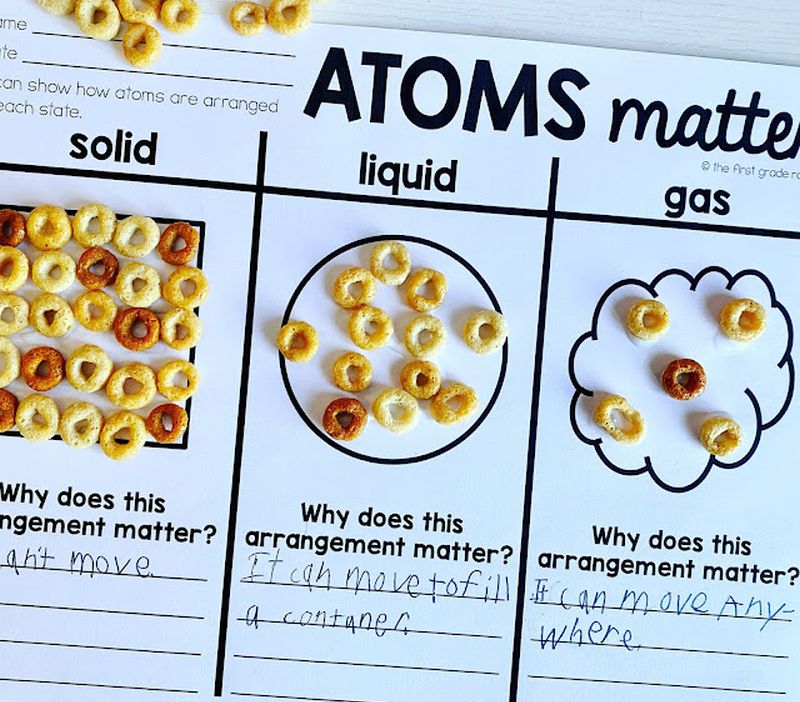
Learn how atom arrangements affect the states of matter with this easy 2nd grade science activity that doubles as a snack!
Learn more: Cereal States of Matter at The First Grade Roundup
Make a bouquet of chromatography flowers
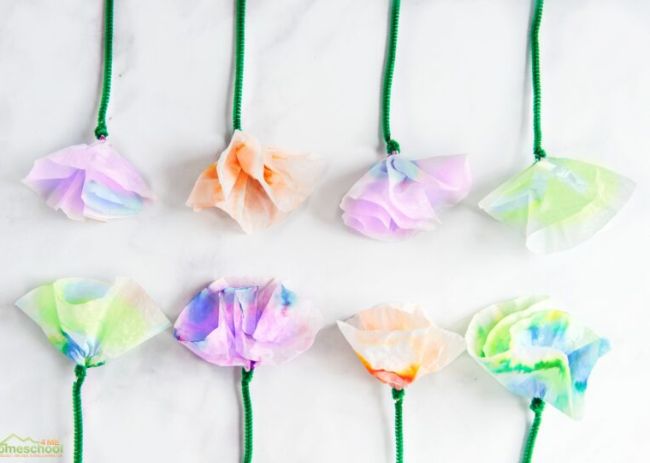
Use chromatography to split secondary paint colors into their original hues. The results are both pretty and fascinating!
Learn more: Chromatography Flowers at 123 Homeschool 4 Me
Concoct a foaming rainbow
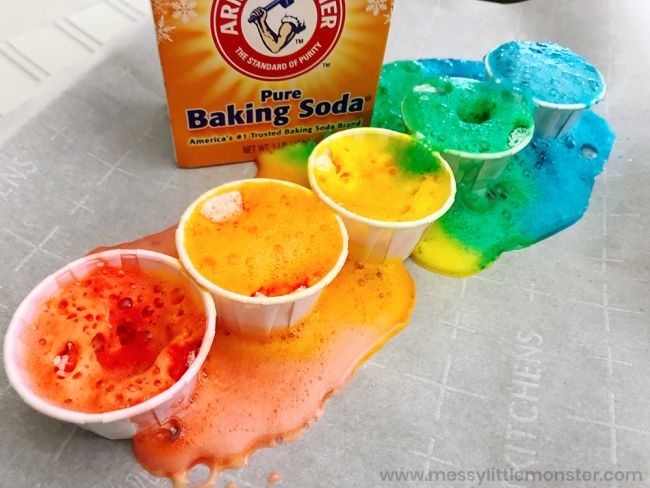
Every kid loves the classic baking soda and vinegar chemical reaction experiment. This version makes a foamy rainbow, thanks to some added food coloring.
Learn more: Foamy Rainbow at Messy Little Monster
Sculpt pipe cleaner constellations
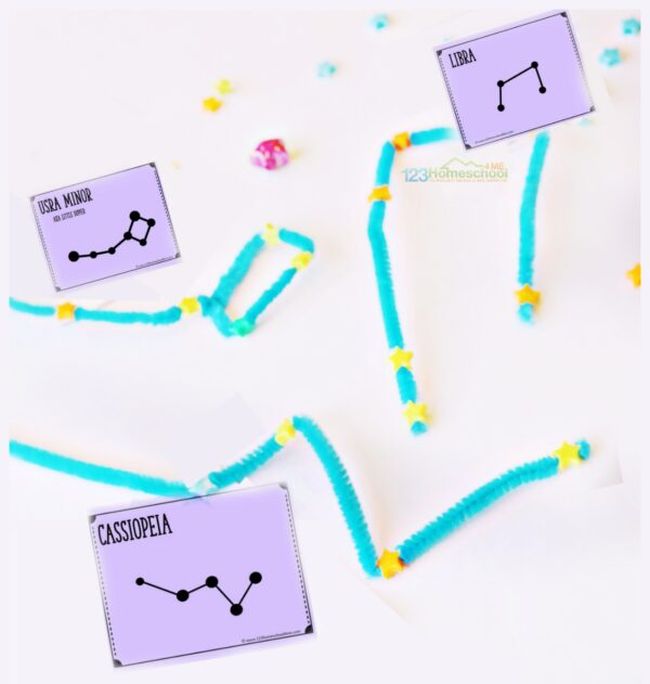
Help kids find the constellations in the night sky by making these models from pipe cleaners . The little star beads are such a clever touch!
Learn more: Pipe Cleaner Constellations at 123 Homeschool 4 Me
Tell time with a sundial
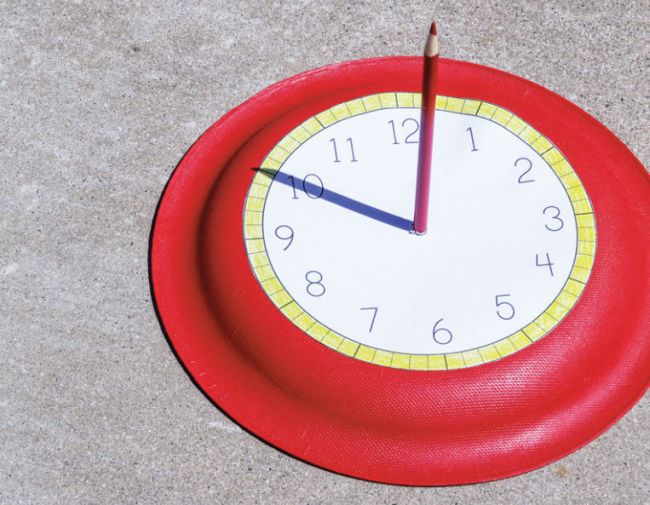
How did people tell time before clocks and watches? Help 2nd grade science students find out by making their own sundials from paper plates.
Learn more: DIY Sundial at Paging Supermom
Race clothespin cars
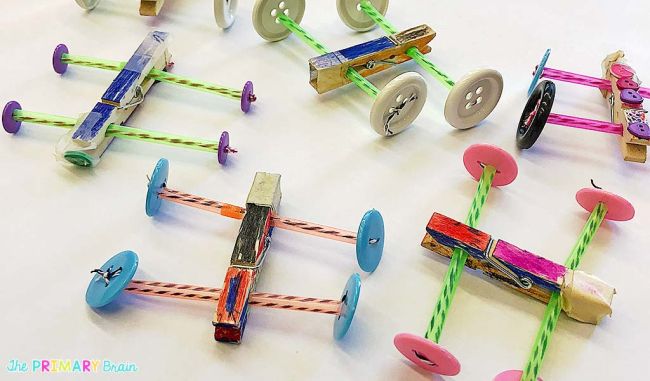
Explore simple machines by building race cars from basic supplies like clothespins and drinking straws . It’s a really fun way to learn about wheels and axles.
Learn more: Clothespin Cars at The Primary Brain
Build a body from play dough

Play-Doh activities are always fun to do! Visit the link below for free printable mats to use as you have your 2nd grade science students sculpt the bones, organs, and muscles of the body.
Learn more: Play-Doh Body at 123 Homeschool 4 Me
Turn pom-poms into crystal balls
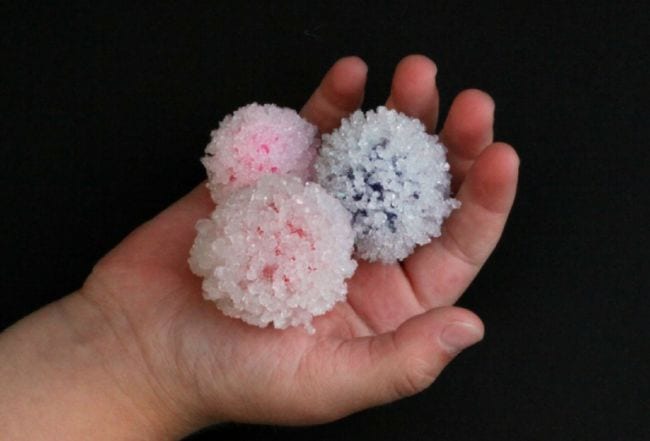
Every kid loves making crystals! They’ll learn about supersaturated solutions as they make these cute little crystal pom-pom balls.
Learn more: Crystal Pom-Poms at A Dab of Glue Will Do
Test sunscreen for effectiveness

Kids might wonder why they need to wear sunscreen when they’re at the park or playing soccer. This experiment shows them the power of the sun’s rays and the protection sunscreen provides.
Learn more: Sunscreen Experiment at JDaniel4’s Mom
Design and build an index card tower
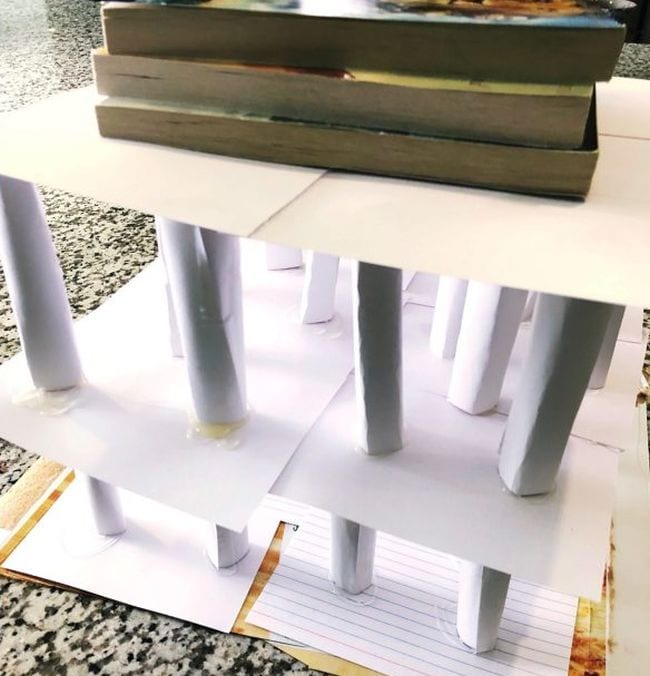
Challenge your 2nd grade science students to a little early engineering. Given only index cards , how tall and/or strong of a structure can they build?
Learn more: Index Card STEM Challenge at Education to the Core
Repel glitter with dish soap
Every teacher knows that glitter is just like germs … it gets everywhere and is so hard to get rid of! Use that to your advantage, and show students how soap fights glitter and germs.
Bend objects to test flexibility
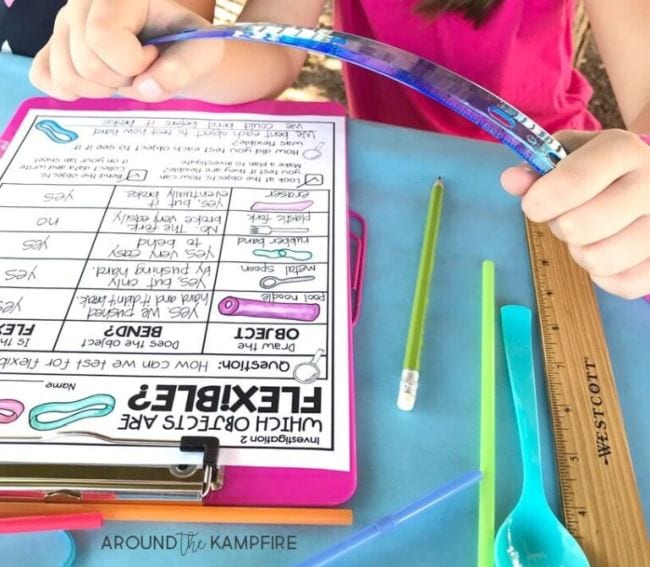
Explore one of the properties of matter with this easy experiment. Kids plan how to test flexibility, then try it out with a variety of basic objects.
Learn more: Flexibility Experiment at Around the Kampfire
Discover density with saltwater solutions
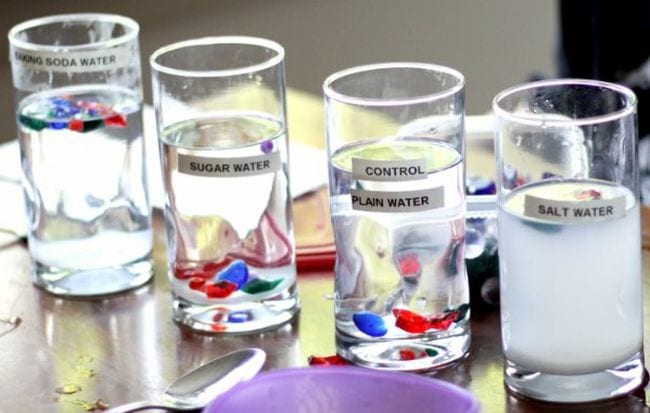
This simple experiment covers a lot of 2nd grade science concepts. Learn about solutions, density, and even ocean science as you compare and contrast how objects float in different water mixtures.
Learn more: Water Density at The Science Kiddo
Blast off drinking-straw rockets
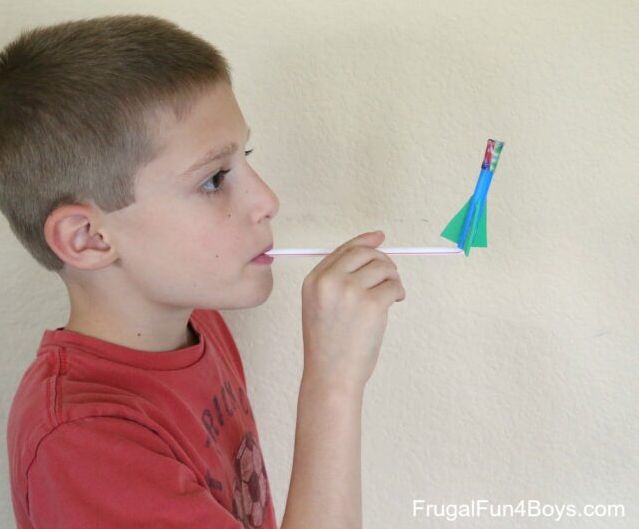
Engineer rockets from drinking straws and have a blast when you send them flying! Kids can tweak the design to see whose can fly the highest.
Learn more: Straw Rockets at Frugal Fun for Boys and Girls
Create a solar system out of play dough
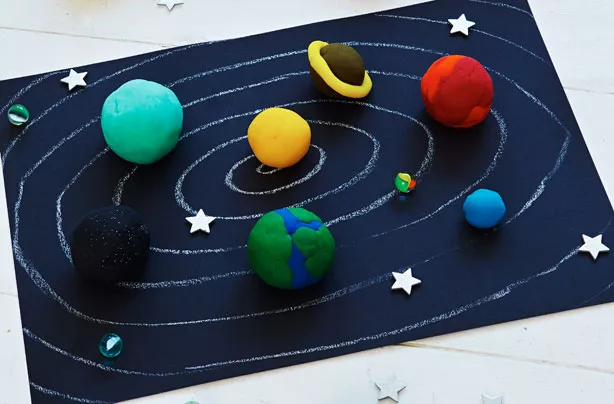
This is a perfect culminating project for your space unit. Your students can display their models at home when the project is complete.
Learn more: Play Dough Solar System at Good to Know
Count how many water drops will fit on a penny
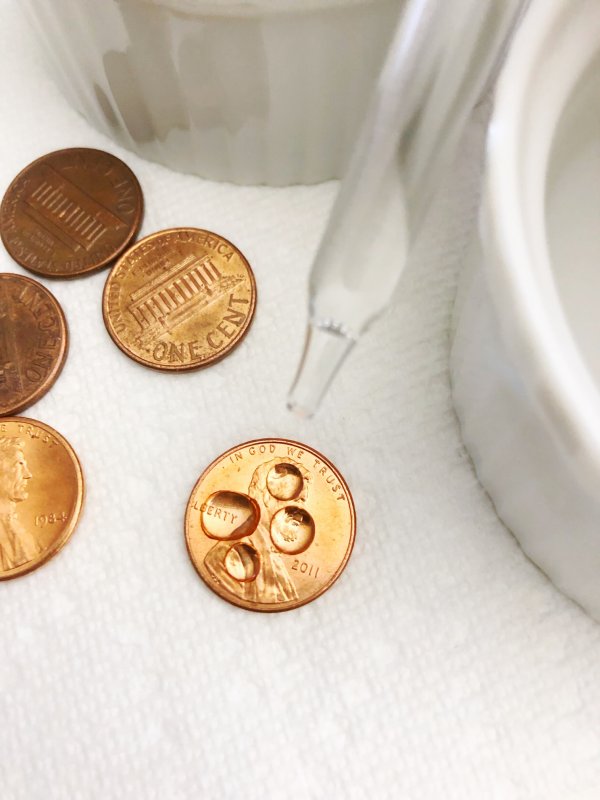
How many water drops fit on a penny? Find out with this fun and easy experiment that focuses on surface tension. Your students will be amazed by the results!
Learn more: Penny Surface Tension at Little Bins for Little Hands
Project stars on the ceiling
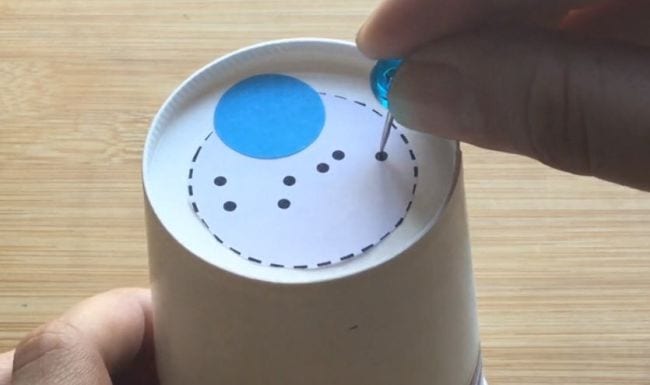
Everyone loves visiting a planetarium. Turn your very own 2nd grade science classroom into one with this simple DIY star projector.
Learn more: Star Projector at Mystery Science
Write secret messages with invisible ink
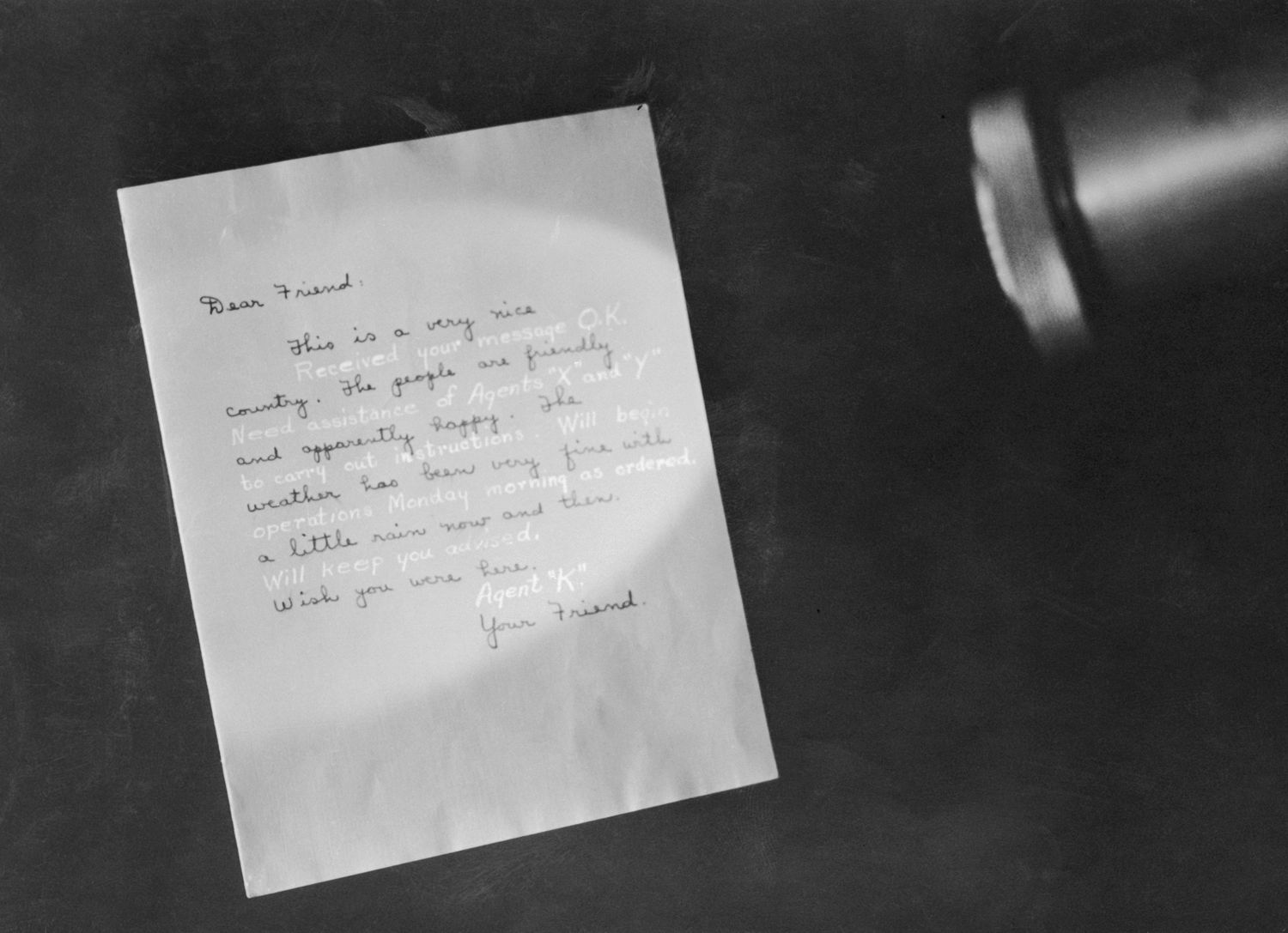
Make your own invisible ink from just baking soda and water, then have your students write messages to one another. Reveal the secret messages with a flashlight once the ink is dry.
Learn more: Invisible Ink at ThoughtCo
Looking for more? Try these 25 Second Grade STEM Challenges To Help Kids Think Creatively .
For more articles like this, be sure to sign up for our newsletters to find out when they’re posted.
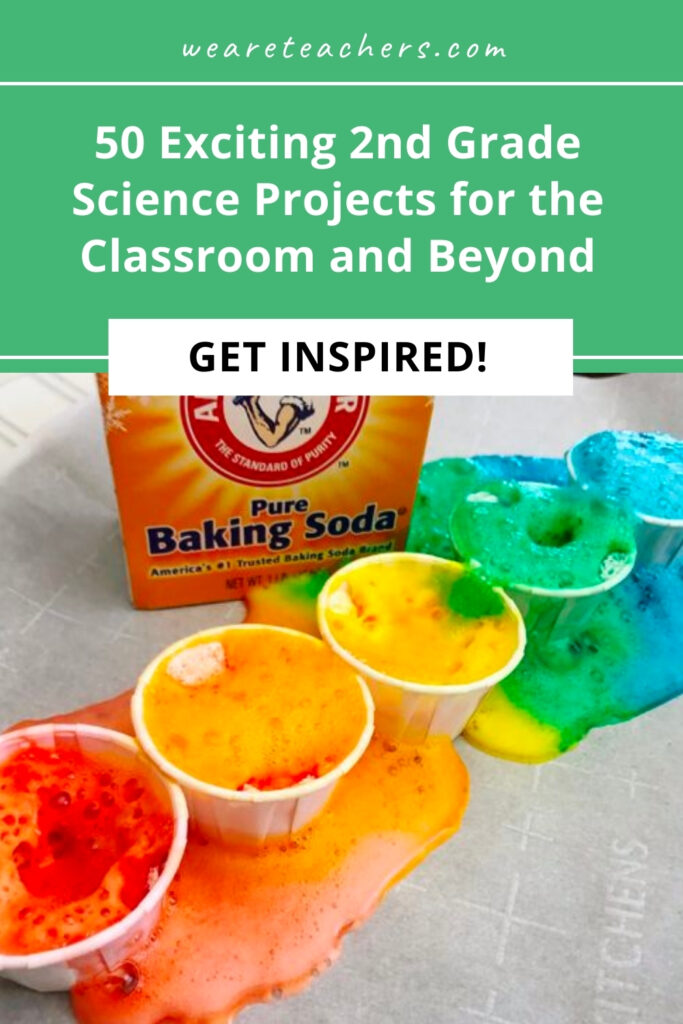
You Might Also Like
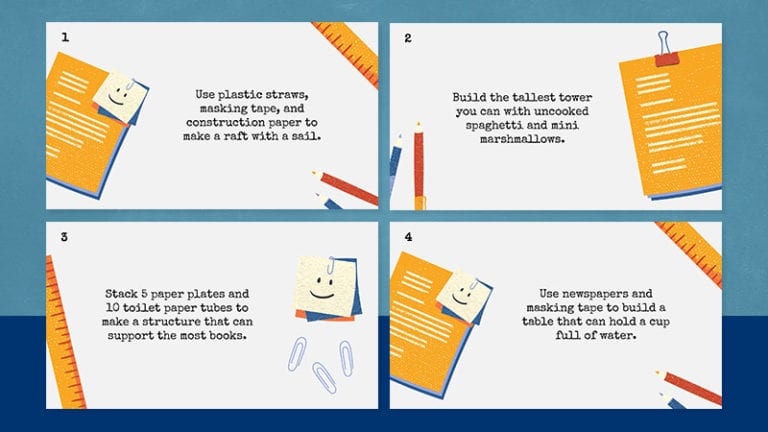
25 Second Grade STEM Challenges To Help Kids Think Creatively
So much fun, they won't realize they're learning! Continue Reading
Copyright © 2024. All rights reserved. 5335 Gate Parkway, Jacksonville, FL 32256
- Skip to primary navigation
- Skip to main content
- Skip to primary sidebar
- Skip to footer
Get more fun ideas!

Desert Chica
Southern Arizona Blogger
DIY Solar Oven Smores
August 26, 2024 · Karen · 63 Comments
Sharing is caring!
S’mores are one of my favorite desserts, combine that with my background in science and naturally, I have been dying to make solar oven smores. Solely in the interest of science education of course. 😉
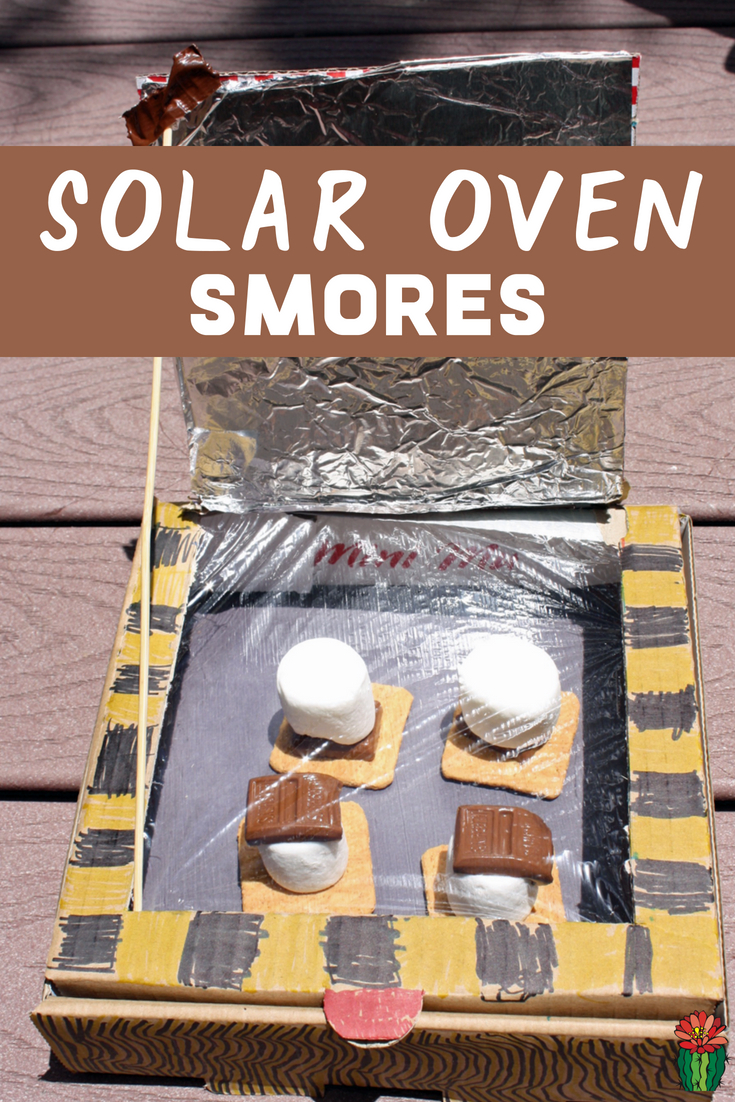
Easy Solar Oven Smores
It has been CRAZY hot lately, so we took advantage of the scorching sun this past weekend and made the best solar oven. Why is it the best? We already had all the supplies on hand, I love it when a fun plan comes together inexpensively!

Solar Oven DIY
The base of the project was a couple of personal size pizza boxes I saved in my craft stash just for this project. The boys loved making and decorating their own personal solar ovens but a big pizza box would work too.
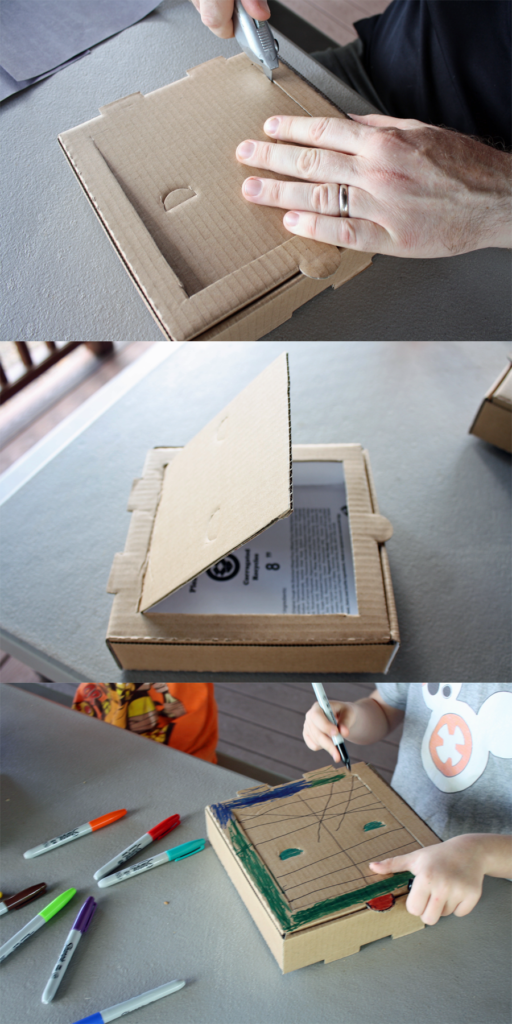
How to make a solar oven for kids
This project is fairly easy and older kids can do most of the steps themselves. Just have an adult use a craft knife or scissors to cut the solar oven door.
1) Cut the “oven door” flap on the top of the pizza box. The size depends on what you are cooking and how much access you need. Our door was large to maximize our s’mores capacity!
2) Decorate your solar oven with sharpies . This is a fun *optional* step.
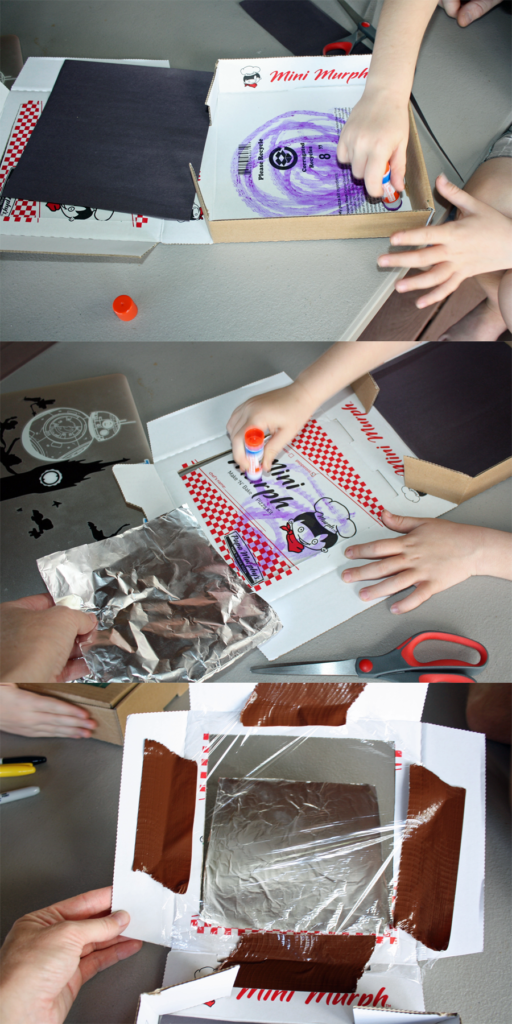
DIY Solar Oven For Kids
3) Glue black construction paper to the bottom of the box. The black color absorbs the heat inside of the box.
4) Glue aluminum foil to the inside of the door. The foil reflects the sun into the oven.
5) Tape the plastic over the opening of the door. This will allow the air inside the box to heat up but keep the heat trapped inside the box.
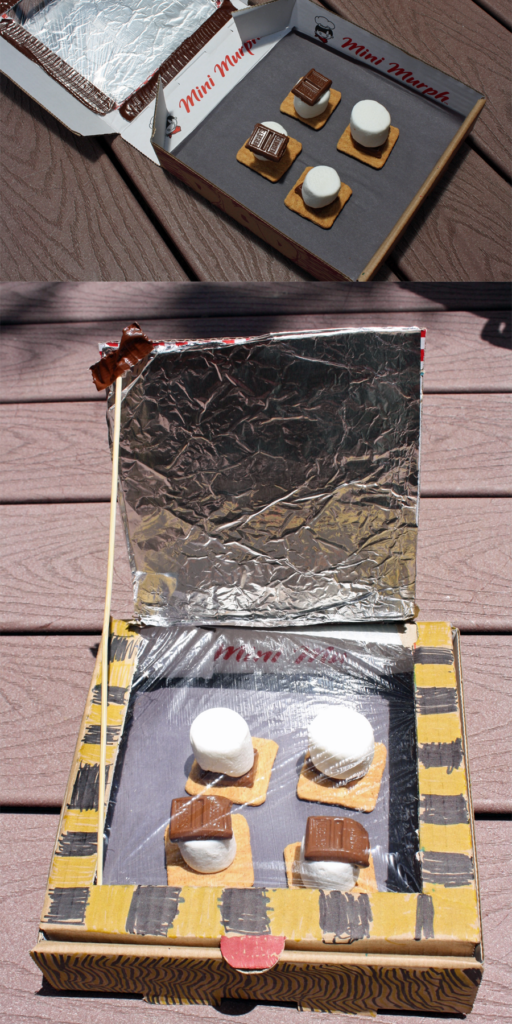
How to make a solar oven
6) Add a graham cracker, marshmallow, and piece of chocolate inside the oven.
7) Place your oven outside in the sun. I taped a wooden skewer to prop the lid open at an ideal angle.
This project works best on hot summer days. The chocolate naturally started melting quickly.
Our ‘done’ indicator was the marshmallows, we waited until they had puffed up from the heat. It took about 90 minutes to bake our s’mores.
When making these in less extreme temperatures, we just waited until the chocolate melted and called it good enough.

Easy Solar Oven Project
This project was easy, a lot of fun and perfect for preschool through middle school. Older kids could design their own boxes, or conduct scientific experiments by varying factors like the box size, oven door size, construction paper color, cooking time, outside temperature, etc. We talked about what was happening while we waited for the s’mores to bake.
Easy Solar Oven Project Supplies:
- Cardboard pizza box
- Aluminum foil
- Plastic wrap or bag
- Black construction paper
- Pencil or wooden skewer
- Scissors or utility knife
- S’mores supplies: chocolate bar, graham crackers , marshmallows
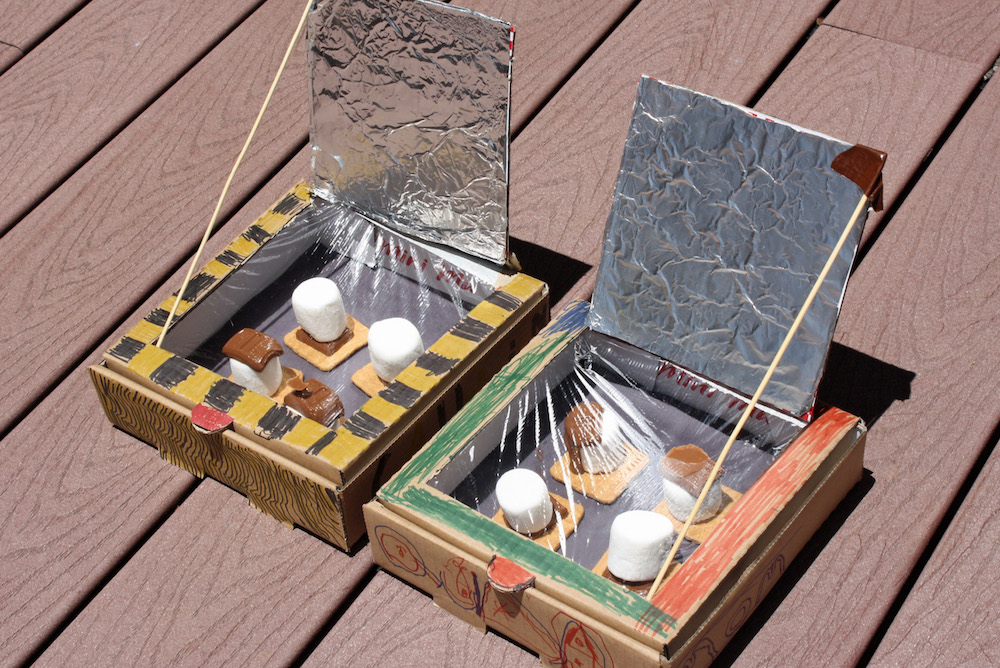
Then we feasted on our solar oven s’mores, I’m pretty sure everyone can get behind that scientific result. 😉
Your own solar cooker will not get as hot as a conventional oven but it can still be hot enough to need an oven mitt.
STEM Solar Oven Project Discussion Points
- The sun as a heat source
- “A process called nuclear fusion converts hydrogen to helium deep in the sun’s core, where temperatures hit a balmy 18 million degrees Fahrenheit (15.7 million degrees Celsius). Fusion creates energy that travels to the sun’s surface in a journey that lasts a million years. ” Learn more from National Geographic Kids
- We use a sheet of black paper to help absorb the heat. Black absorbs the most heat (white absorbs the least) so any other color would absorb less heat and negatively affect the success of the solar oven.
- The sun’s rays are collected by the reflective panel and concentrated inside the box. This converts the sun’s energy into thermal energy which is how solar ovens work.
- The plastic wrap helps trap the sun’s heat in the pizza box ovens and lessens heat loss.
- Direct sunlight gives the best result, cloudy days will lessen the success of solar cooking.
Books about Solar Power
- The Kids’ Solar Energy Book is recommended for grades 3-7.
- Running on Sunshine: How Does Solar Energy Work? is recommend for preschool through grade 3.
- Solar Energy! How Does It Work? is another science book recommendation.
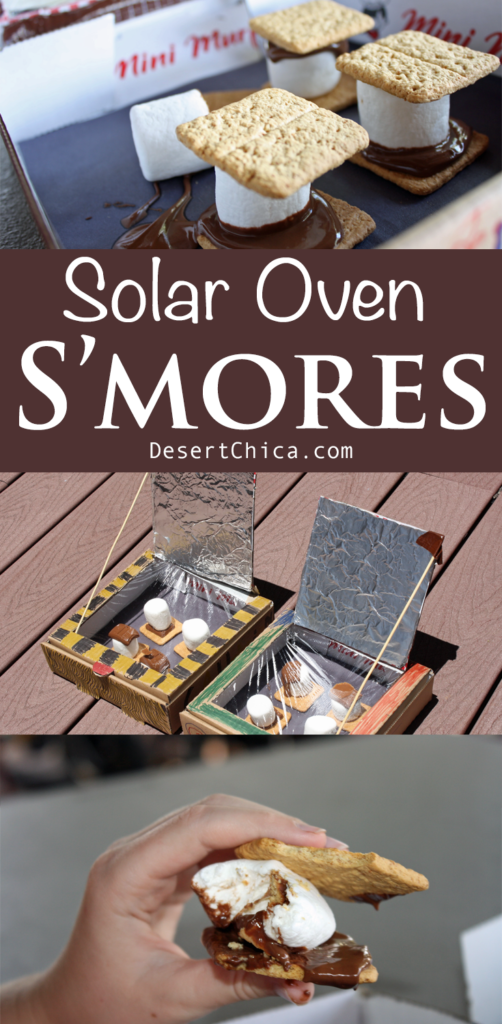
Have you made a DIY solar oven before?
Post originally published August 15, 2012
More fun learning activities like Solar Oven Smores:
- Pi Day Activities
- Cardboard Box Party
- Jelly Bean Activities
MORE MEMORIES, LESS PLANNING!
Celebrate little moments year round with your kids. Sign up to receive a free guide with 25+ fun activities to do with your kids (a $4.99 value).
Reader Interactions
Leave a reply cancel reply.
Your email address will not be published. Required fields are marked *
By using this form you agree with the storage and handling of your data by this website. *
This site uses Akismet to reduce spam. Learn how your comment data is processed .
Ashley @ Mama Of All Trades says
August 16, 2012 at 7:15 am
Seriously, this is genius! I am so going to try this out next week with the kids! Learning and s’mores? Can’t go wrong with that!! Much better than using a flame, too.
Adiah Mayo says
February 16, 2017 at 3:24 pm
I loved making it☺????
February 22, 2017 at 11:23 pm
Sara @ Mom Endeavors says
August 16, 2012 at 7:28 am
Gah–Karen, I LOVE this!!! What a super fab idea in this crazy AZ record heat! This science loving mama will have to do this too! 🙂
August 16, 2012 at 8:00 am
That is the coolest thing I have ever seen for not only making S’mores, but put education into it too, awesome!
Jenny F says
August 16, 2012 at 8:17 am
I had never heard of this! What a great idea! I will tuck this away for next summer, brilliant!!!!
Carrie with Children says
August 16, 2012 at 9:40 am
This is so super cool – I love it! What a fun way to incorporate learning into a fun activity… and even better with yummy Smores!
ericka says
September 20, 2016 at 11:53 am
yep in our class were bout to make smores in our solar oven its going to be cool.
Cassie says
August 16, 2012 at 12:26 pm
This is really cool! I would have never thought about something like this.
August 16, 2012 at 9:06 pm
Food and science equals fun! Great idea!
August 20, 2012 at 8:44 pm
Yum!!! My boys would LOVE this!!!!
Michelle L. says
August 21, 2012 at 6:04 pm
Oh, this is fantastic! And your ‘feasting’ pictures are the cutest. Thanks for a great idea!
chaderz says
June 2, 2017 at 5:41 am
this is so ool dude
August 27, 2012 at 10:41 pm
I used to do this with my 8th graders as a fun inquiry project. We’d change all kinds of variables. Makes me miss those days as teacher…
Jennifer says
May 3, 2013 at 1:16 pm
Visiting from Let’s Hear it For the Boys. I’d like to invite you to my Friday Flash Blog, where you can share your best blog entry of the week! The party goes on ALL weekend. And who knows, you may just get featured next week.
Jennifer thejennyevolution.com
May 21, 2013 at 4:49 pm
Do pizza boxes work well for this? Or are cereal boxes better? My son’s class is doing these soon. Thank you!
May 22, 2013 at 8:37 am
I think cereal boxes would work better. I’d love to hear how they turn out for your son’s class!
July 6, 2017 at 4:43 am
Thanks for letting me know about this I’m gonna do it with the boys and girls club for. science thank you
July 21, 2017 at 7:30 pm
How did you keep ants and flying insects out?
July 22, 2017 at 8:01 pm
We don’t really have a big bug problem here in Arizona, so there was never any problems with that. The plastic wrap does keep anything out that would randomly fly by accidently.
Bella Ward says
March 16, 2018 at 2:57 pm
I’m in 6th grade and my class is doing a “Solar Oven” project. This is perfect for me because we have to build and research about Solar Ovens! Thanks! -Bella Ward 6th Grade California
April 9, 2018 at 9:00 pm
I’m so glad I could help!
May 3, 2018 at 7:04 pm
also try #10 metal can stove
May 11, 2018 at 11:21 am
Hi i’m Isaac and i love this solar cooker its a amazing design
August 6, 2018 at 9:51 am
Worked great- we did jourals to explain the experiment! Sun was 105° needed coffee cups to keep oven from blowing in the wind! Will use cereal box vs pizza box next time.
August 6, 2018 at 9:30 pm
Great idea for next time!
Isabella The Girl Who Didn't Have Science Project Ideas says
April 8, 2019 at 11:00 am
THIS GOT ME AN A
April 8, 2019 at 11:12 am
Awesome! Great job on your project.
seqoia says
June 5, 2019 at 5:17 pm
that looks yummy
Cecelia M Teague says
July 12, 2019 at 11:09 am
I don’t have black construction paper but I do have black paper cake plates (from a 50th birthday party). I’m going to try this with grandsons tomorrow!
July 12, 2019 at 1:36 pm
That sounds like a reasonable substitution. Good luck!
Tacopants Kid says
September 30, 2019 at 10:21 am
This is going to be great! Our STEM class is using many types of solar oven recipes, and this looks perfect!
October 1, 2019 at 7:14 am
So glad I can help!!
E.J Allen says
November 25, 2019 at 11:46 am
This Is awesome. This is my science project
November 26, 2019 at 8:54 am
Glad I can help!
Scarlet says
January 24, 2020 at 7:08 am
What a great idea to cook smores in the solar oven. That makes science is more fun!
March 10, 2020 at 1:50 pm
I’m using this for my 5th grade science fair so I hope it will be good.
March 11, 2020 at 9:57 am
Kitty Mainia says
April 26, 2021 at 1:09 pm
Our class is getting ready to do this. I can’t wait to try it out!
April 29, 2021 at 7:03 pm
June 2, 2021 at 9:28 am
I use this activity as a summer literacy activity. We read a book about solar power and did this activity. The kids enjoyed it. Super fun.
June 2, 2021 at 2:06 pm
That’s a great idea!
Zantaniel Priel says
October 9, 2021 at 1:42 am
Thanks. This’s gonna be awesome.
October 15, 2021 at 10:04 am
October 3, 2022 at 9:25 am
That looks so cool
October 16, 2022 at 8:14 am
Rahil Ahmadi says
October 8, 2022 at 10:11 pm
I loved making this! Super fun and sooooooo educational. It was also a great treat. I liked how the materials were everyday materials. But what else can our kids make with this solar oven?
We haven’t tried anything else but nachos should be easy enough to melt.
March 4, 2023 at 11:14 am
Is there no way to print the directions?
March 17, 2023 at 5:33 pm
You can print the webpage, I’ll consider adding a printable pdf in the future.
Tinley says
April 16, 2023 at 8:54 am
Will the project work in 60 degree weather I am in 4th grade and using this as a science project for my science fair it’s not that hot in Montana right now. P.S. this is a genius idea for any age.
April 17, 2023 at 7:04 pm
I think it would work eventually on a sunny day, it might take a lot longer. But if its for the science fair, you can just test the theory. Good Luck!
May 24, 2023 at 7:51 am
Thank you for this simple and very cool idea. I now have the perfect activity for the end of the year for my science students. This will be a sanity saver for me.
May 24, 2023 at 1:48 pm
So happy I could help!!
Mollie says
August 30, 2023 at 6:45 pm
Hello! Thank you So much for this! I am doing this as my First Ever meeting for a STEM club at my elementary school! Well actually 2 meetings, first meeting they are decorating, then the next week we are makin’ the s’mores!
August 31, 2023 at 3:31 pm
That’s so awesome! You can’t go wrong with s’mores! 🙂
Hi, I’m Karen!

I’m a mom to two boys, Arizona native, and travel lover. Desert Chica is my place to share a peek into our life and the easy and inexpensive costumes, crafts and desserts I like to make. “If I can do it, anyone can!” Learn more about me here
Amazon Disclosure: As an Amazon Associate I earn from qualifying purchases.
- About Karen
- Contact Me!
- In The Press
Get Your ALL ACCESS Shop Pass here →
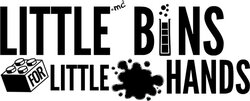
Kindergarten Science Experiments
Curious kids turn into junior scientists with these fun and simple science experiments for kindergarten. Here’s our list of the best kindergarten science activities that are totally doable and use simple supplies for home or in the classroom.
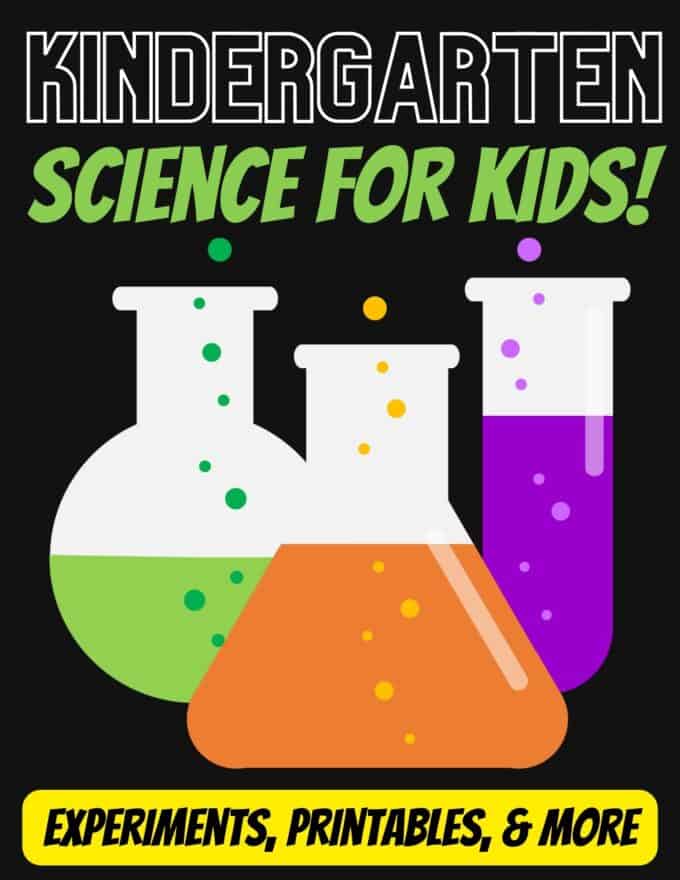
Kindergarten Science Topics
Kindergarten science introduces young learners to basic scientific concepts through hands-on activities and simple observations. Here are some common science concepts that kindergarteners may learn in the classroom:
Five Senses : Understanding and exploring the five senses – sight, hearing, touch, taste, and smell. Activities might involve identifying and categorizing objects based on sensory experiences.
Living vs. Non-living : Differentiating between living and non-living things. Students may explore plants, animals, and objects to understand the characteristics of living organisms.
Seasons : Recognizing and understanding the four seasons and their characteristics. Activities may include observing changes in the weather, trees, and clothing.
Weather : Introducing basic weather concepts such as sunny, rainy, cloudy, windy, and snowy. Students may engage in weather-related observations and discussions.
Day and Night: Understanding the concept of day and night, and the rotation of the Earth. Activities might include observing the sky during different times of the day.
Basic Plant Parts : Introducing the basic parts of a plant, such as roots, stems, leaves, flowers, and seeds. Simple plant-growing experiments may be conducted.
Animals and their Habitats : Learning about different animals and their habitats. This may include discussions about where animals live and what they eat.
Basic Measurement : Introduction to basic measurement concepts, such as big/small, tall/short, long/short. Students may use non-standard units for measurement.
Sink and Float : Exploring the concept of buoyancy by observing and experimenting with objects that sink or float in water.
Magnets : Introducing the basic properties of magnets, such as attraction and repulsion. Students may explore objects that are attracted to magnets.
Life Cycle: Exploring the life cycle of simple organisms, such as butterflies, frogs, or plants. Activities may involve sequencing the stages of a life cycle.
Easy Science Experiments For Kindergarten
Are science activities easy to do with young kids? You bet! The science activities you find here are inexpensive, as well as quick and easy to set up!
Many of these awesome kinder science experiments use common ingredients you may already have. Just check your kitchen cupboard for cool science supplies.
Describe An Apple Using The 5 Senses
The 5 senses are a great way for younger kids to practice their observation skills. Get kids to examine, explore, and of course taste the different varieties of apples to find out which apple is the best. Use our handy free 5 senses worksheet to extend the lesson for kids ready to journal their science experiments.
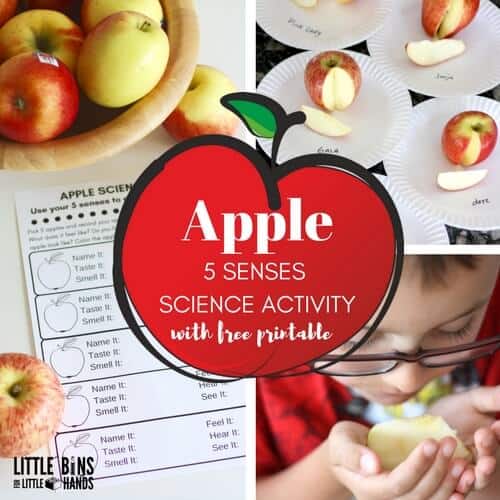
Salt Painting
Combine science and art to learn about absorption with this easy salt painting activity. All you need is a little imagination, glue, and salt!
Magic Milk Experiment
The chemical reaction in this magic milk experiment is fun for kids to watch and makes for great hands-on learning. The perfect science activity as you already have all the items for it in your kitchen.
Grow A Rainbow
A fun and colorful experiment that uses a paper towel, markers and water to demonstrate the process of capillary action.
Sink or Float
Grab some common every day items and test whether they sink or float in water. An easy science activity to introduce the concept of buoyancy to our kindergarteners.
Egg In Salt Water
Will an egg float or sink in salt water? This is a fun version of the sink or float activity above. Ask lots of questions and get kids thinking with this salt water density experiment.
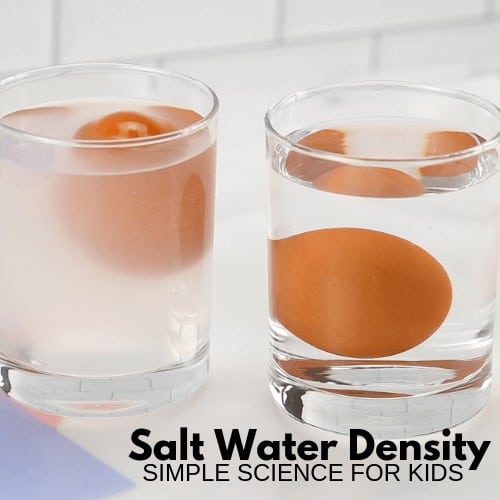
Is it a liquid or is it a solid? Fun hands-on science and play with our easy 2 ingredient oobleck recipe
Magnet Discovery Table
Exploring magnets makes for an awesome discovery table! Discovery tables are simple low tables set up with a theme for kids to explore. Check out some easy ideas to set up magnets for kids to explore.
Mirrors and Reflection
Mirrors are fascinating and have wonderful play and learning possibilities plus they make for great science!
Colored Carnations
It might take a little bit of time to see your white flowers change color, but this an easy science experiment for kindergarten. Get kids thinking about how the colored water moves through the plant to the flowers.
You could also do this with celery !
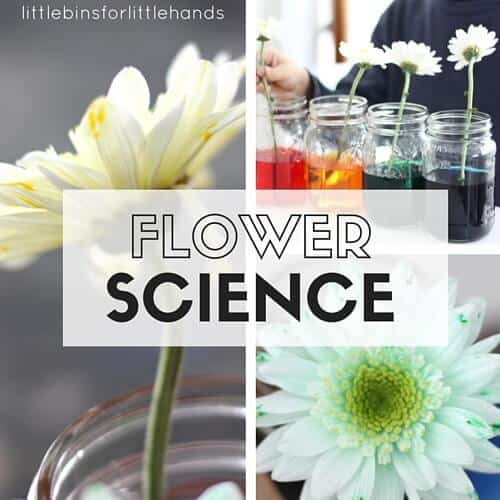
Coffee Filter Flowers
Coffee filter flowers are a colorful STEAM activity for kids. Color a coffee filter with markers and spray with water for a fun effect.
Easy Flowers To Grow
Watching flowers grow is an amazing science lesson for kindergarten. Our hands-on growing flowers activity gives kids the opportunity to plant and grow their own flowers! Check out our list of the best seeds for little hands to pick up and plant, and grow quickly.
Seed Germination Jar
One of our most popular science experiments of all time and for good reason! What happens to seeds when you put them in the ground? Set up your own seed jars so kids can see the seeds germinating and growing towards the light.
Rain Cloud In A Jar
Where does rain come from? How do clouds make rain? Science doesn’t get much simpler than a sponge and a cup of water. Explore weather science with this rain cloud in a jar activity.
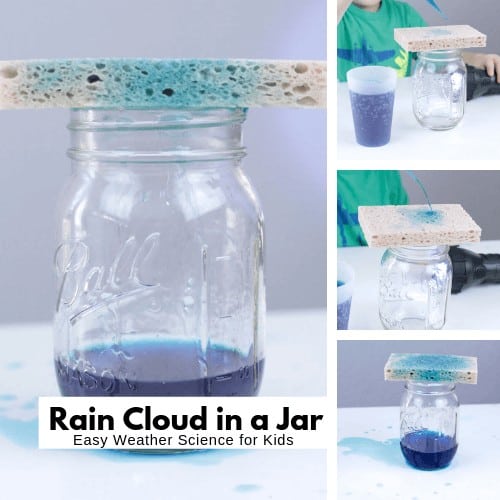
Introduce rainbows to kids with our printable rainbow coloring page , a coffee filter rainbow craft or this rainbow art . Or just have fun bending light to making the colors of the rainbow with simple prisms .
Ice makes an amazing sensory play and science material. It’s free (unless you buy a bag), always available and pretty cool too! The simple act of melting ice is a great science activity for kindergarten.
Provide kids with squirt bottles, eye droppers, scoops, and basters and you will also work strengthening those little hands for handwriting as well. Check out our list of favorite ice play activities !
What Absorbs Water
Explore what materials absorb water and what materials do not absorb water. Use items you already have on hand for this easy science experiment for kindergarten.
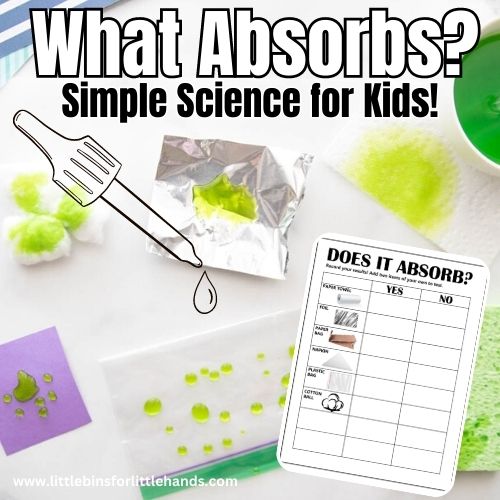
BONUS!! Check out our spooky Halloween Science Experiments !
Kindergarten Science Standards Simplified
Much of what surrounds your kids every day is what makes up a good portion of the kindergarten science standards.
TIP 1: Play With Toys
The first thing a K teacher should do to get their students into NGSS is to start with toys and play! Gather yo-yos, toy cars and ramps/tracks, blocks, a wagon, marbles, etc and get the students playing.
We know young children learn best through play, so let’s use that to our advantage. How will playing help them learn science concepts?
Well the specific toys suggested above will all help students learn about forces and motion, pushes and pulls. This is a specific set of standards NGSS includes for the grade!
Now that your students are playing, talk to them about what is happening with the toys. Ask them questions like “what might happen if I push this faster?” “What about if I pull it slower?” You can foster conversation surrounding the play and the concepts! Then check those standards off your list! Easy enough right?!
TIP 2: Favorite Animals
Another suggestion I can make for K teachers diving into the world of science with their students is to use little kids’ love of animals to your advantage too! I have yet to meet a little one who doesn’t have a favorite animal! They can spout endless facts about on-demand. Kids LOVE animals!
Ask each student what his/her favorite animal is and what it eats, and you’re halfway there. You can talk about plants getting food from the soil, sun, and water!
TIP 3: Tricky Topics
You’re thinking, “ok, so far so good, but now I see that the NGSS standards want me to teach ‘Earth’s Systems’ to 5 year-olds and we’re not even sure that meteorologists understand ‘Earth’s systems’”. Have no fear!
All this means is we need to talk to our students about and make observations about the weather where we live. We can tie this into graphing and math, as many of us already do in our morning meetings, and we’re meeting some of the standards.
You can ask the students to have a dress-up day (who doesn’t love a good theme day!) and represent clothing needed for certain kinds of weather. Guess what? You’re meeting some of the standards!
Talk about the number of sunny days, cloudy days, rainy days in a month and compare the temperatures (warm/cool) from that length of time.
TIP 4: Integrate Topics
The final bundled of NGSS standards created for kindergarten is the group called “Earth and Human Activity”. This unit is going to bring your plant/animal learning and your weather discussions together!
To meet these standards you can begin to introduce the concept of food chains to the kids. You can talk more about what animals eat, what they need to survive, and how that changes or effects where the animals live.
This includes humans too! You can also discuss more why we have forecasters and why predicting the weather is important. (Take it back to your dress-up day and you’re set!)
Lastly, you can talk to students about conservation, recycling and protecting the earth to meet the final standard in this bundle. I have yet to meet a teacher that doesn’t do something with their students for Earth Day, be it a read-aloud, craft or picking up trash from the playground.
Take this conversation a tad deeper than you normally would and realize that not only did you just do some awesome hands-on teaching and integration, but you also just nailed the NGSS standards!
Printable Early Learning STEM Pack
Get ready to explore this year with our growing Preschool STEM Bundle ! Or grab the individual packs.
What’s Included:
There are 12 fun preschool themes to get you started. This is an ” I can explore” series! You’ll find both seasonal and non-seasonal themes appropriate to preschool learning throughout the year.
Each unit contains approximately 15 activities, with instructions and templates as needed. Hands-on activities are provided to keep it fun and exciting. This includes sensory bins, experiments, games, and more! Easy supplies keep it low-cost, and book suggestions add learning time.
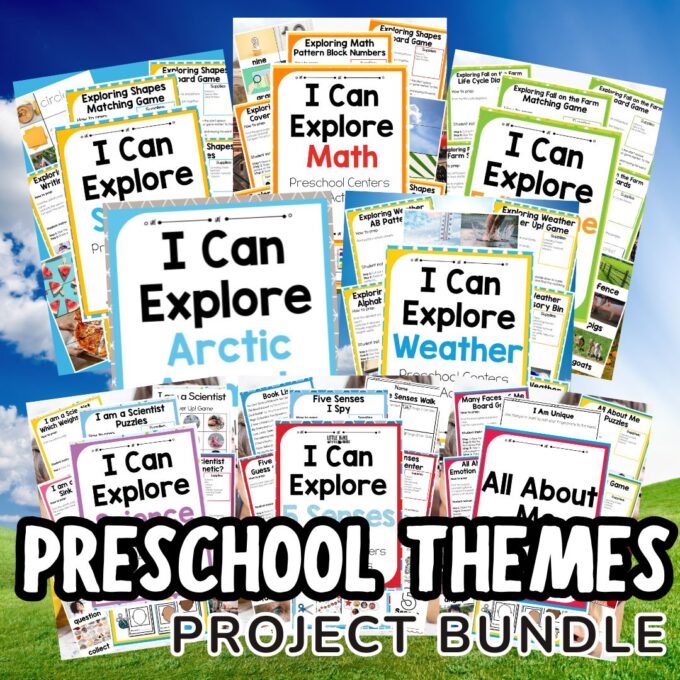
Subscribe to receive a free 5-Day STEM Challenge Guide
~ projects to try now ~.
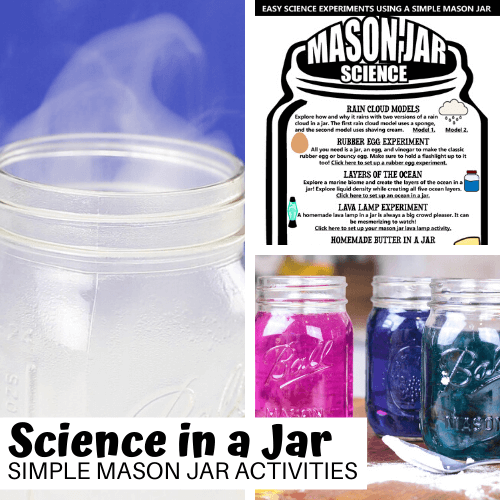

IMAGES
VIDEO
COMMENTS
Discover how to do fun and simple science projects with everyday materials like Skittles, vinegar, and eggs. Learn about chemistry, physics, biology, and engineering with these easy science experiments for kids.
Find over 60 fun and easy science experiments to do at home, including ooey gooey science activities. Download free printable instructions, worksheets, eBooks and more from Science Sparks.
Find printable science worksheets for various topics and levels, from preschool to middle school. Learn the scientific method, explore chemistry, physics, earth science, biology, and more with fun activities and experiments.
Explore science with easy and hands-on activities for kids. Find 50 fun experiments by topic, season, age group, and more on this website.
Find over 2000 science projects for kids of all ages, from toddlers to high schoolers. Learn about astronomy, biology, chemistry, physics, and more with fun and easy experiments, worksheets, and printables.
FREE SCIENCE LAB ACTIVITIES AND EXPERIMENTS. High School Chemistry. Glue-slime. Soap Bubbles. Straw Pressure Popper. Silly Putty. Quick Freeze. Glowing Fingers. Making Homemade Glue. A Burning Candle. Egg Float. Plotting Trends. Red Licorice Decay. Red Cabbage Indicator. Water, Sand and Popcorn.
Explore science experiments you can do at home with simple ingredients and materials. Find experiments by category, popularity, difficulty, or browse the newest and most trending experiments on this web page.
Explore physics, biology, chemistry, and more with these fun and simple science activities for kindergartners. Learn about food, water, sound, buoyancy, and more with easy-to-follow instructions and printable worksheets.
Find free printable worksheets and fun projects for learning about physical science topics such as states of matter, electricity, magnets, atoms, energy, and more. Suitable for preschool to 12th grade students, these activities are perfect for homeschool or classroom use.
Simple science experiments worksheets help kids learn about science in a fun and engaging way. Perfect for preschoolers and kindergarteners, these printable simple science experiments worksheets present interesting new topics for children, such as the human brain, ecosystems, outerspace, and more.
Find fun and easy science projects for kindergarteners to explore the world around them. Browse colorful science experiments, printable worksheets, and seasonal activities for kids.
Explore science with basic household supplies and have fun with these easy and engaging experiments for kids of all ages. Learn about water, baking soda and vinegar, plants, animals, and more with hands-on activities and printables.
Science Process Worksheets. These printable science process worksheets explain and illustrate the steps of the scientific method and provide a place for kids to complete a science experiment. Pair with any of the science activities found throughout this website. Find a new favorite science experiment here with easy-to-use supplies.
Explore water, bubbles, colors, shapes, and more with these simple and engaging science experiments for preschoolers. Learn how to make music with xylophone bottles, giant bubbles, and fizzy foam, and how to build a catapult, a foil boat, and a rain cloud.
Find fun and educational science experiments for kids of all ages using household items. Learn about crystallization, carbon dioxide, yeast, mold, taste buds, and more with these cool and simple activities.
Explore hundreds of fun and easy science experiments, engineering challenges and demonstrations for kids of all ages. Learn about physics, chemistry, biology, math and more with hands-on STEM activities.
We have science experiments for all ages, from preschool to middle school, even adults love to do these. ... Some of our favourite baking soda and vinegar science activities of all time include Bottle Rockets, Fireworks Experiment, Baking Soda Oobleck, and Hatching Dinosaur Eggs. No matter which one you pick, you must try at least one vinegar ...
Worksheets & Printables. Use our FREE science worksheets, coloring pages, and other printables to make science come alive in your classroom! Includes worksheets suitable for high school experiments, as well as activity and coloring pages for younger grades.
These items should be put on before beginning the science experiment to ensure protection. Make sure that everything fits each child perfectly. As the teacher, be sure to check chemicals in the science experiment before allowing the children to participate: A lot of experiments do call for household chemicals. Make sure that you read all labels ...
Find easy and fun science activities for 4th graders, from growing crystals to making plastic from milk. Learn about physics, biology, chemistry, and more with these hands-on experiments and STEM challenges.
For 4 years, I served on our state's FIRST Lego League tournament Board and served as the Judging Director. I own thehomeschoolscientist and also write a regular science column for Homeschooling Today Magazine. You'll also find my writings on the CTCMath blog. Through this site, I have authored over 50 math and science resources.
Explore the five senses, chemical reactions, energy, and more with these fun and simple preschool science experiments. Use everyday supplies to create fizzing, foaming, colorful, and sensory play for curious kids.
Introducing kids to the wonders of science through hands-on activities makes learning enjoyable and instils a love for discovery. Here are eight delightful and easy science experiments for kids that promise to ignite their interest in the fascinating world of science. Rainbow Milk Explosion: (Ages 5-8 years)
Fall is the perfect time to bring the changing seasons to life in your classroom with engaging, hands-on science activities. From exploring colorful leaves to investigating the color change in leaves, these fall science activities are designed to spark curiosity and make learning about the seasons easy for you and fun for your students.
Kids love science, especially when it involves hands-on experiments. These 2nd grade science projects, experiments, and activities are guaranteed to bring excitement and enthusiastic vibes into your classroom. Your students will learn basic concepts about physics, chemistry, biology, and more while having a blast!
DIY Solar Oven For Kids. 3) Glue black construction paper to the bottom of the box. The black color absorbs the heat inside of the box. 4) Glue aluminum foil to the inside of the door. The foil reflects the sun into the oven.
Curious kids turn into junior scientists with these fun and simple science experiments for kindergarten. Easy science experiments for kids. ... The science activities you find here are inexpensive, as well as quick and easy to set up! Many of these awesome kinder science experiments use common ingredients you may already have. Just check your ...